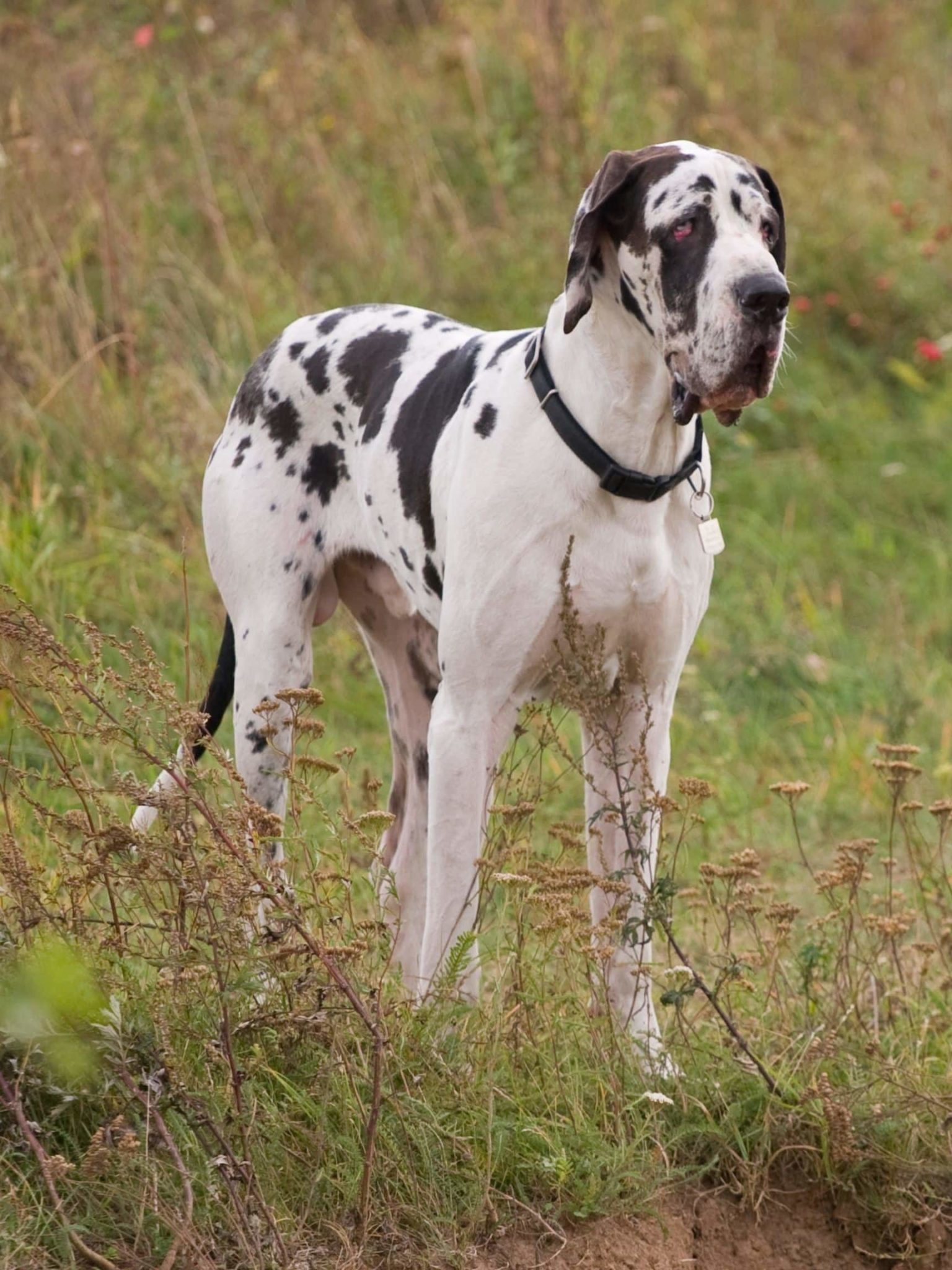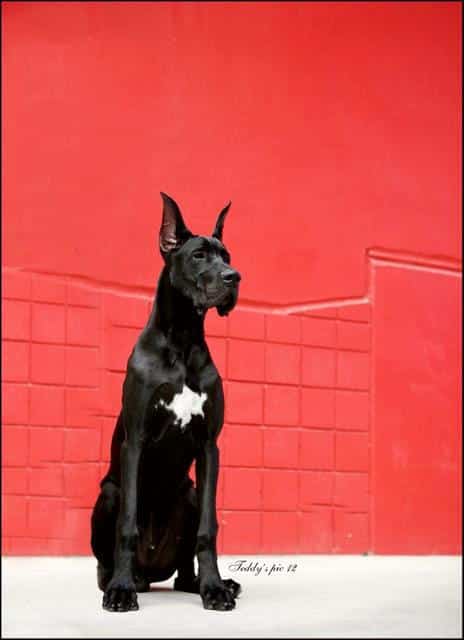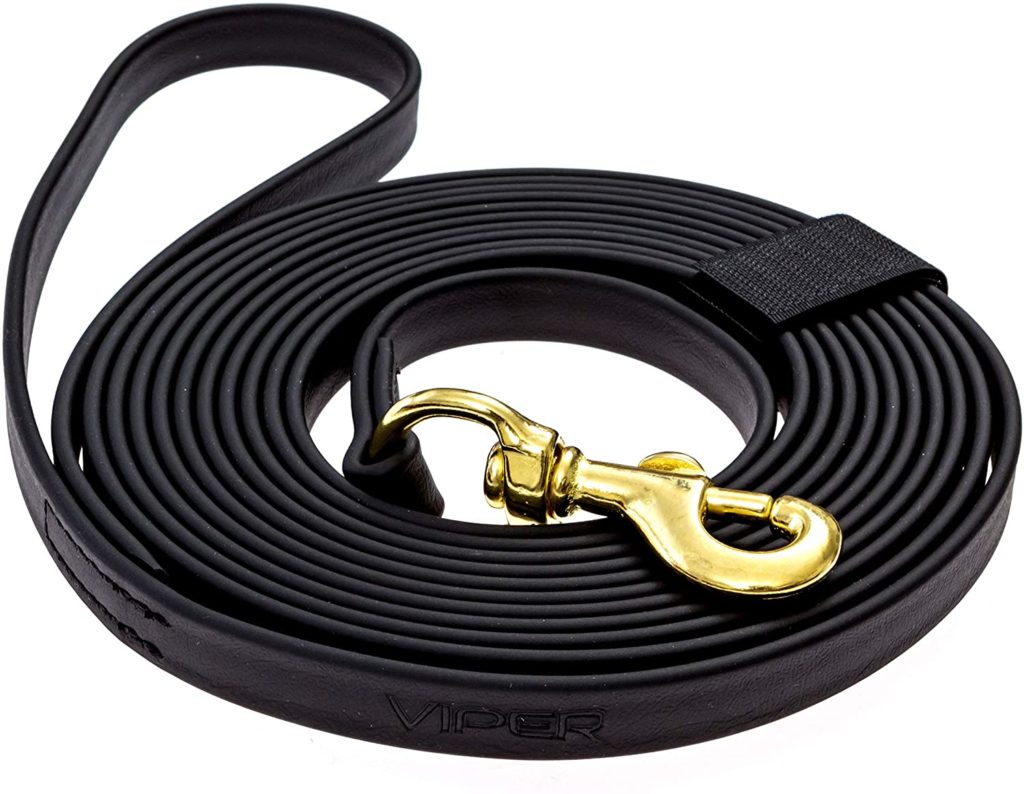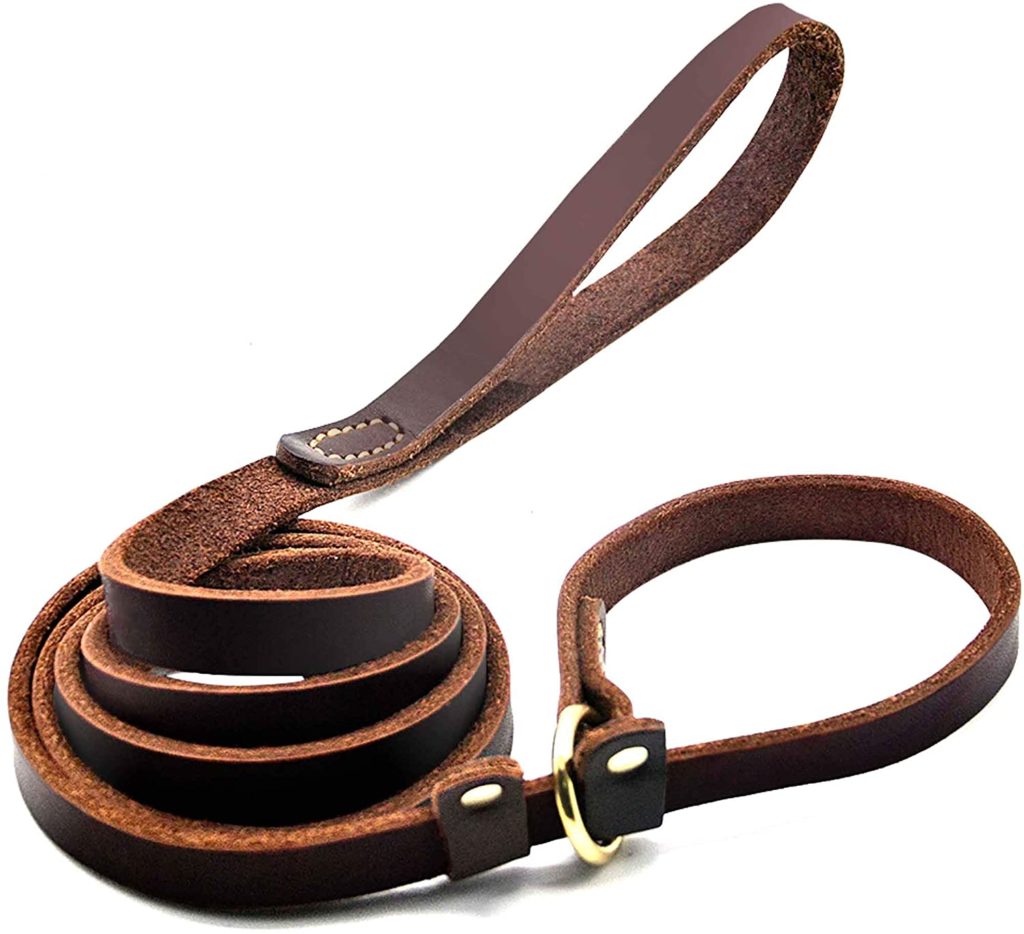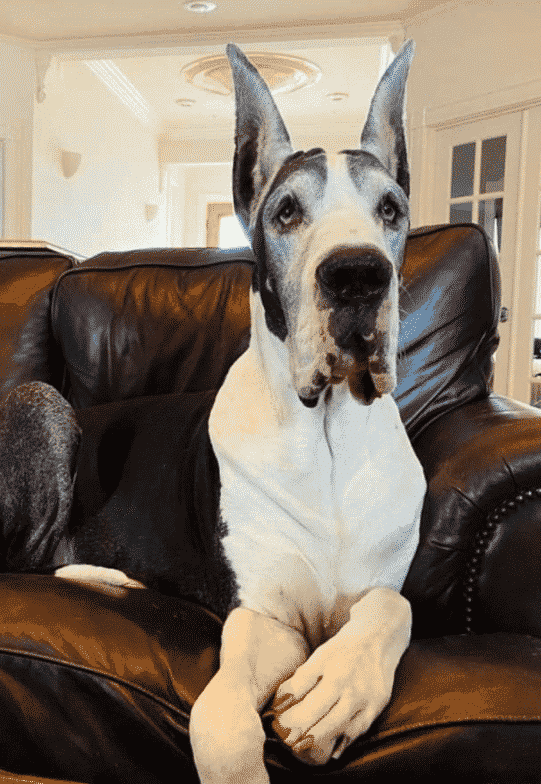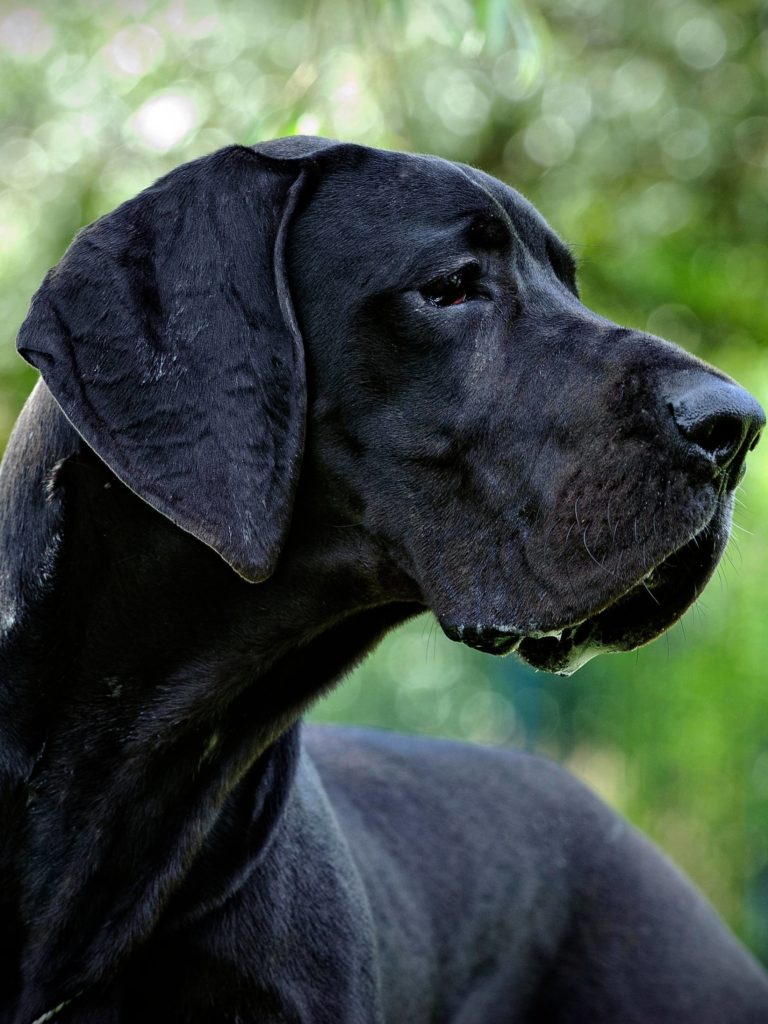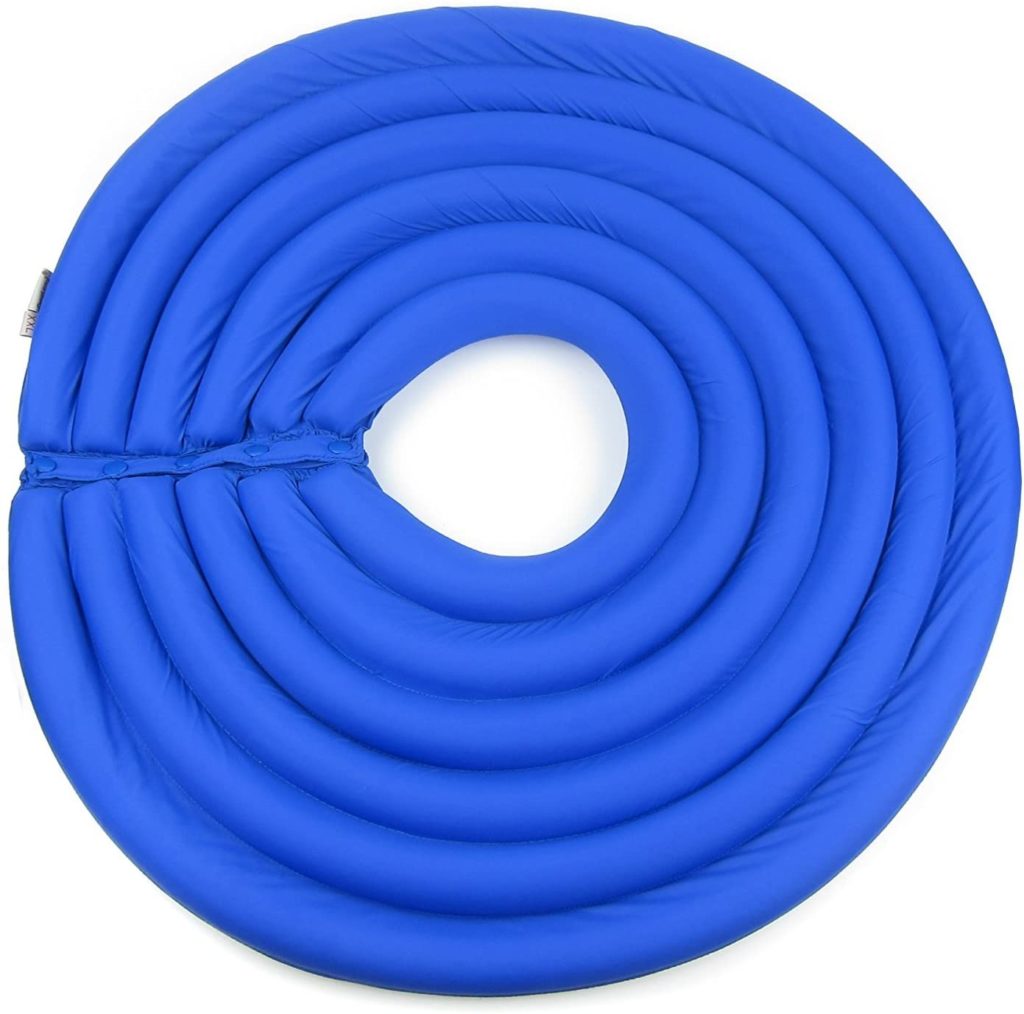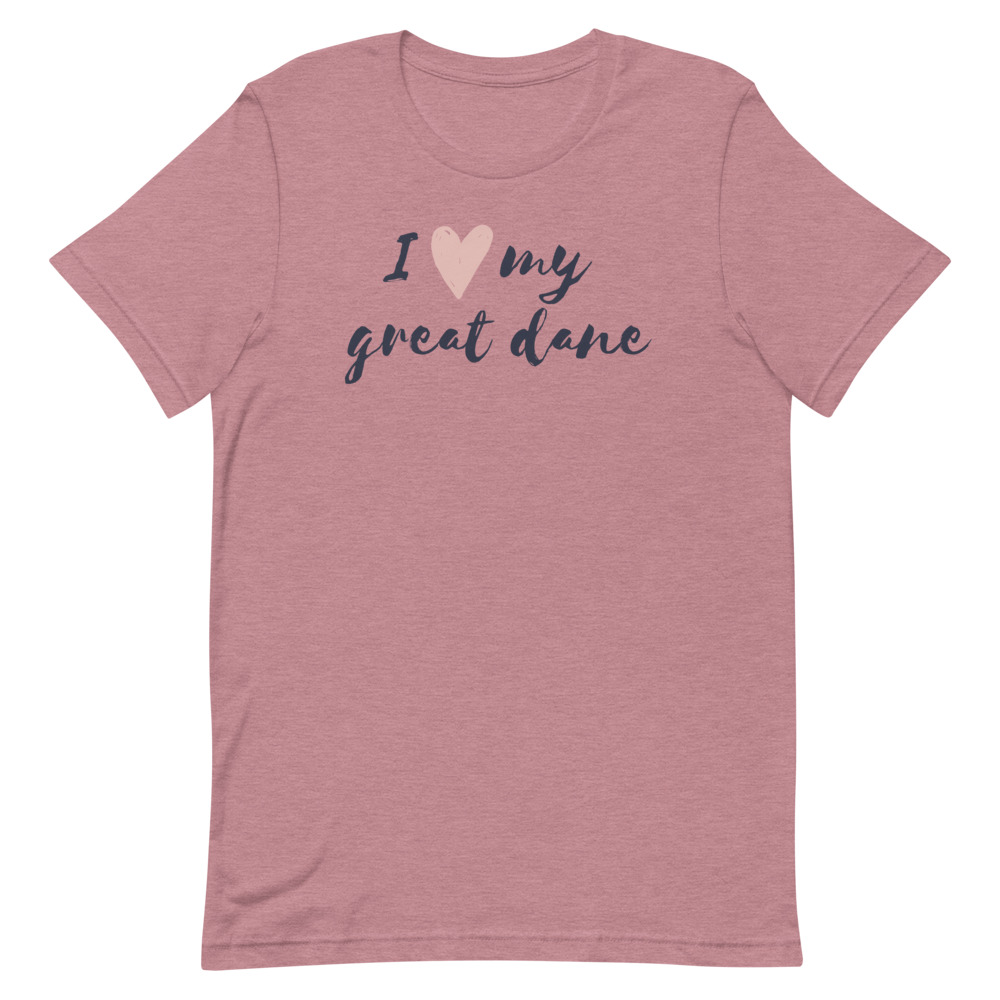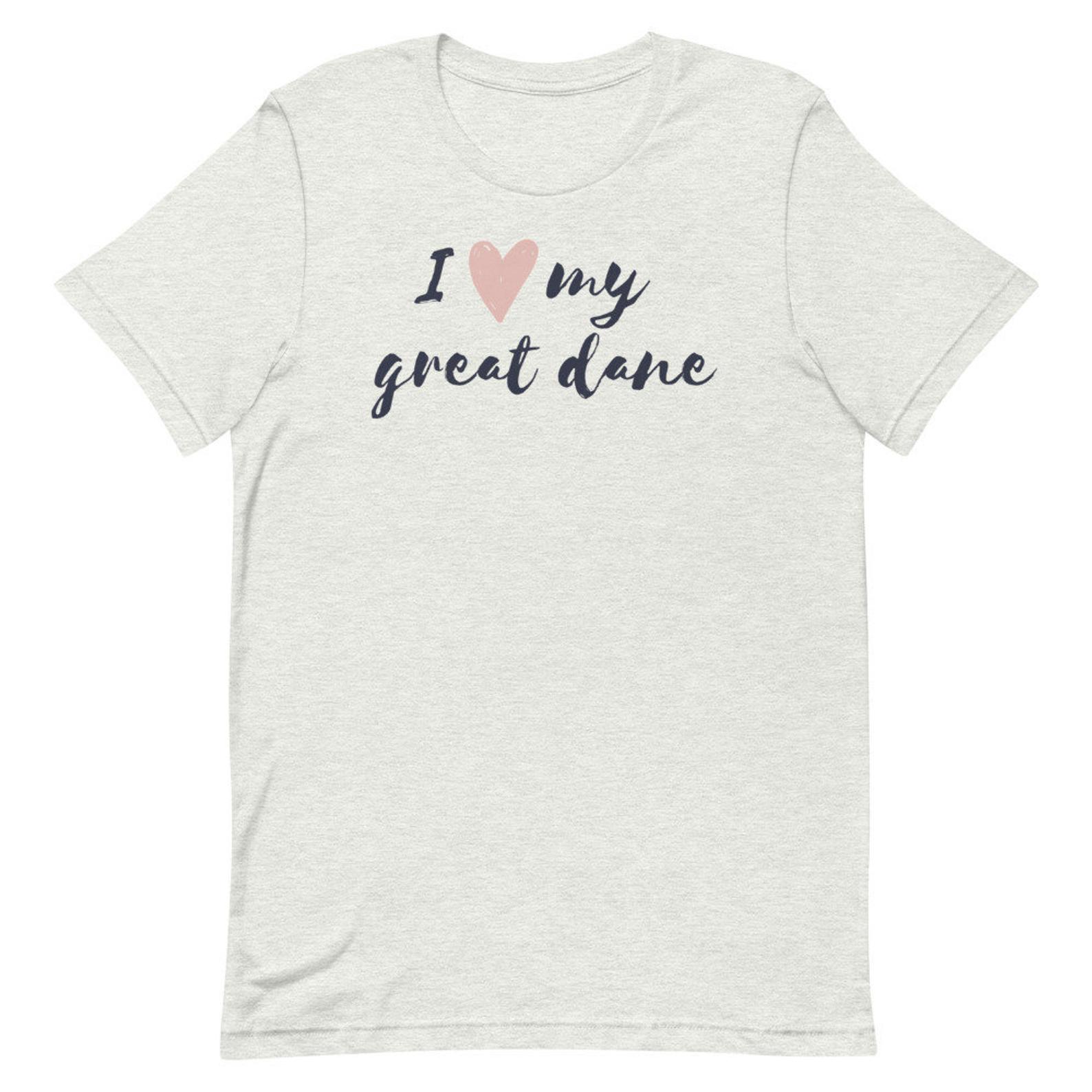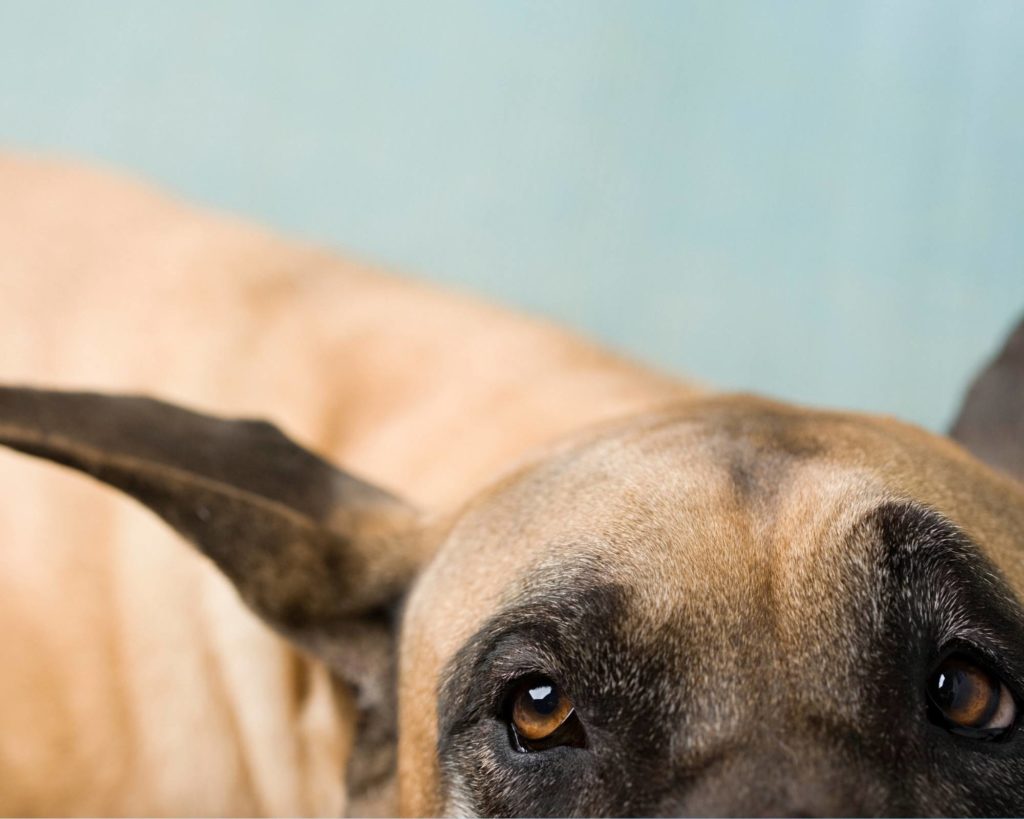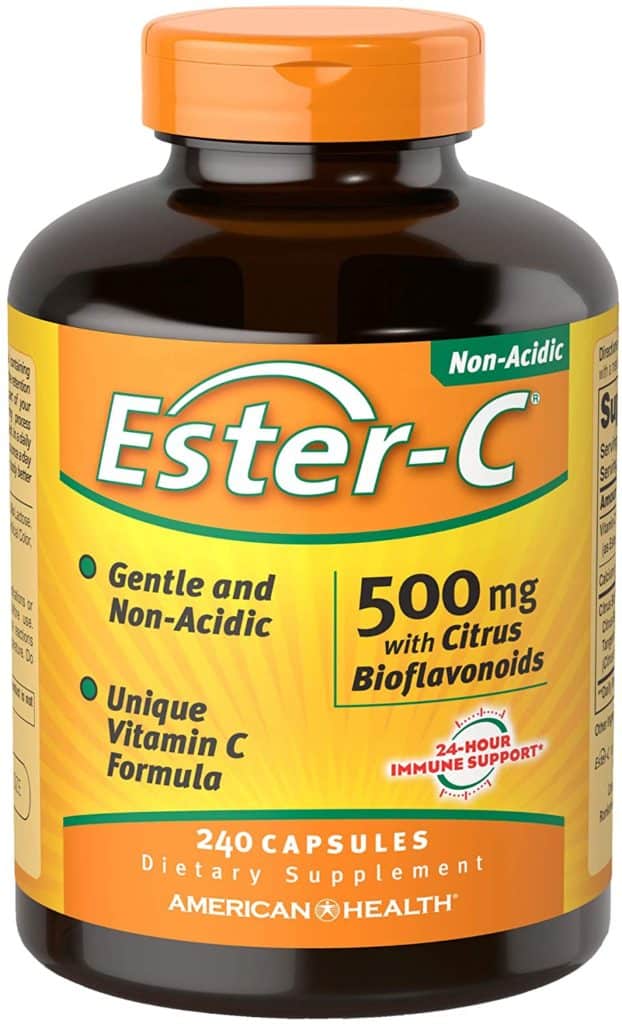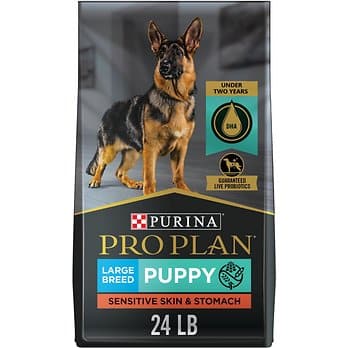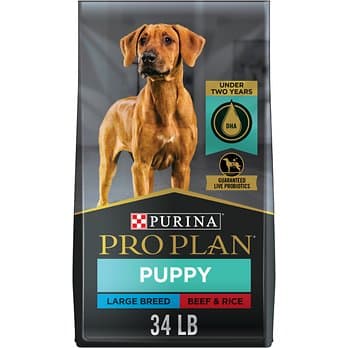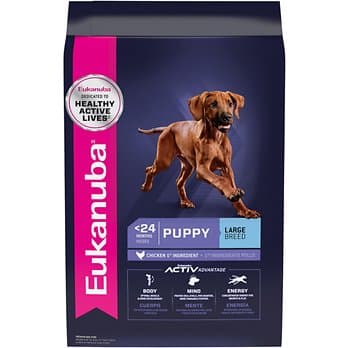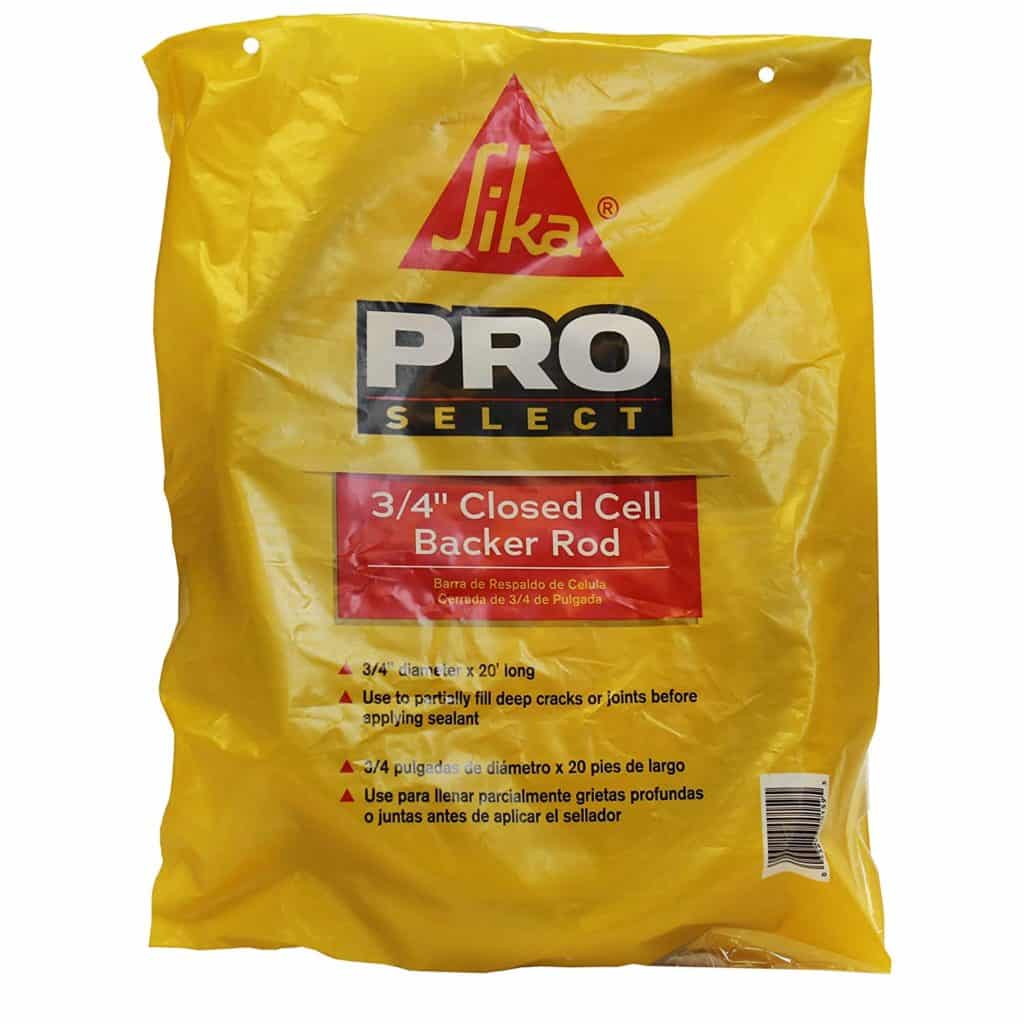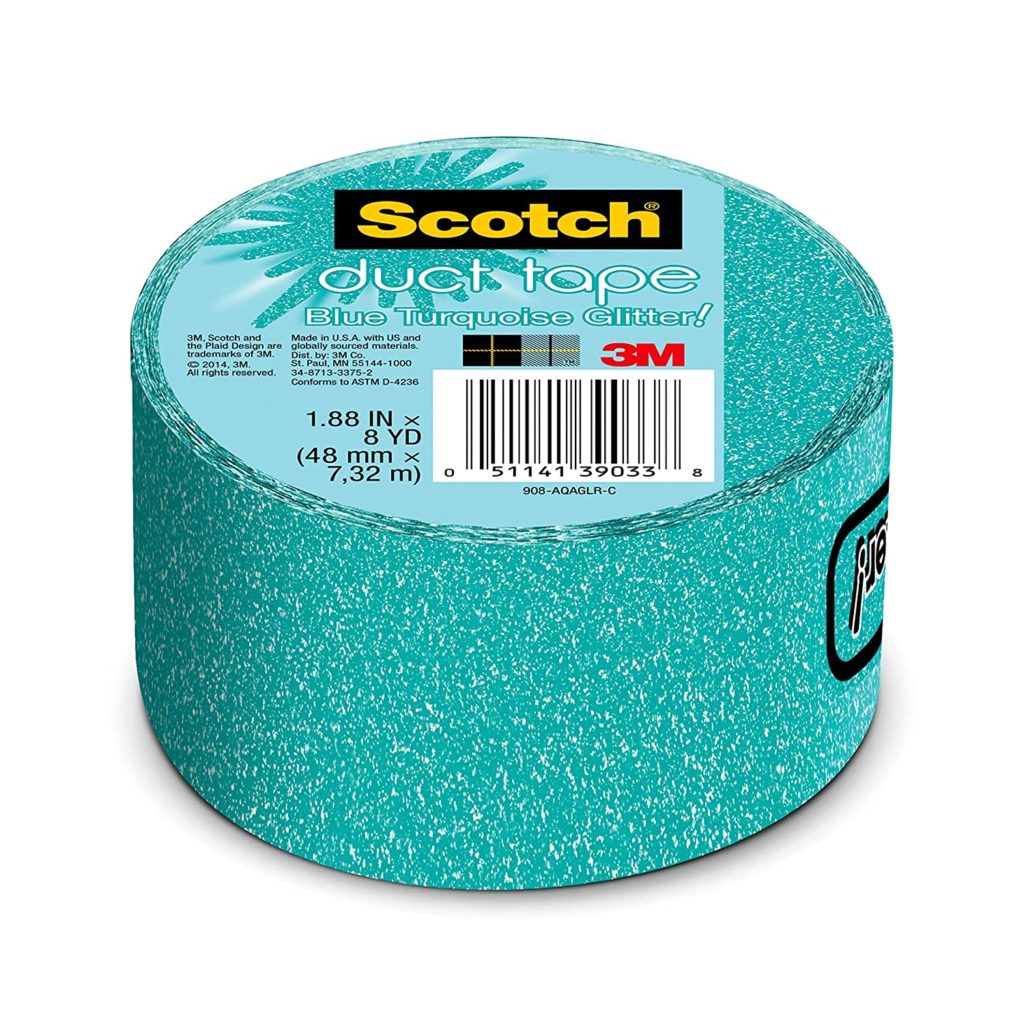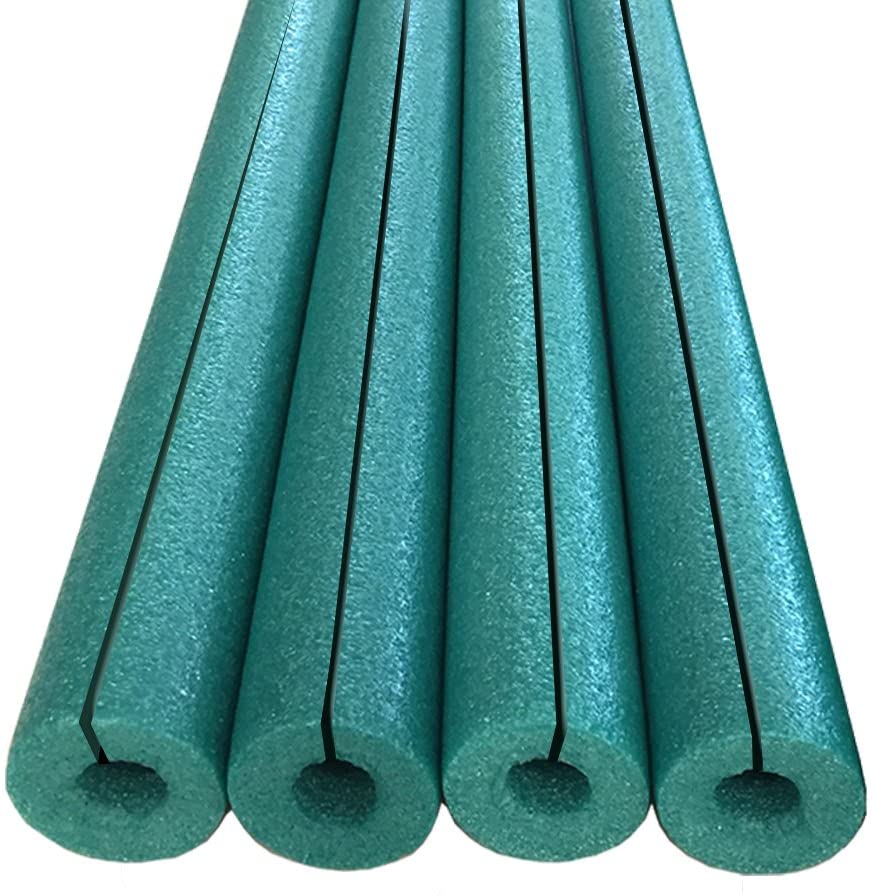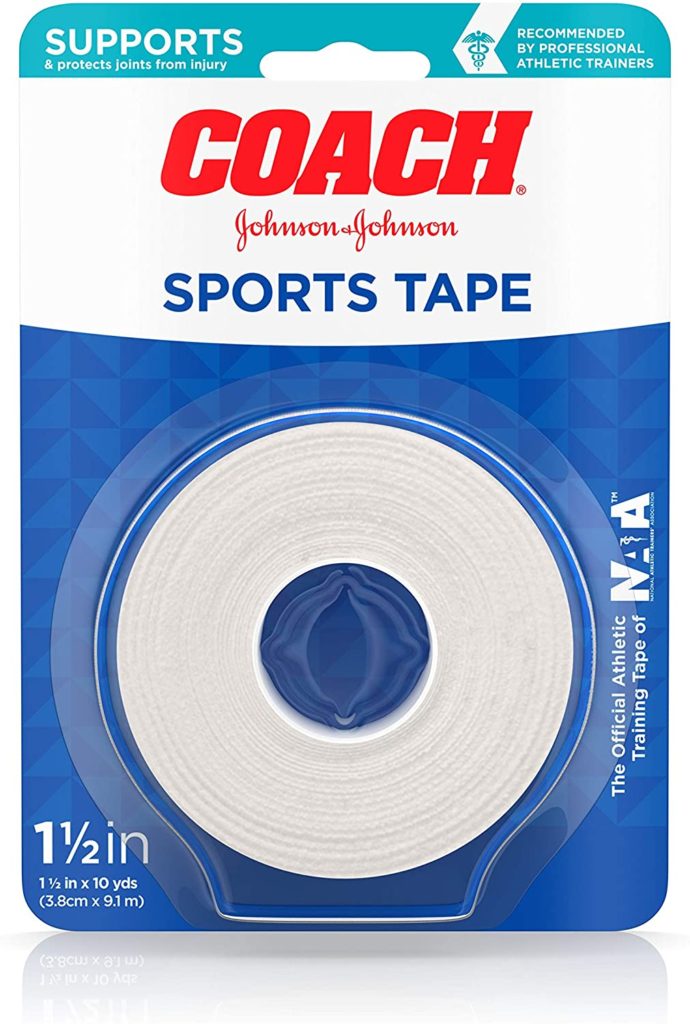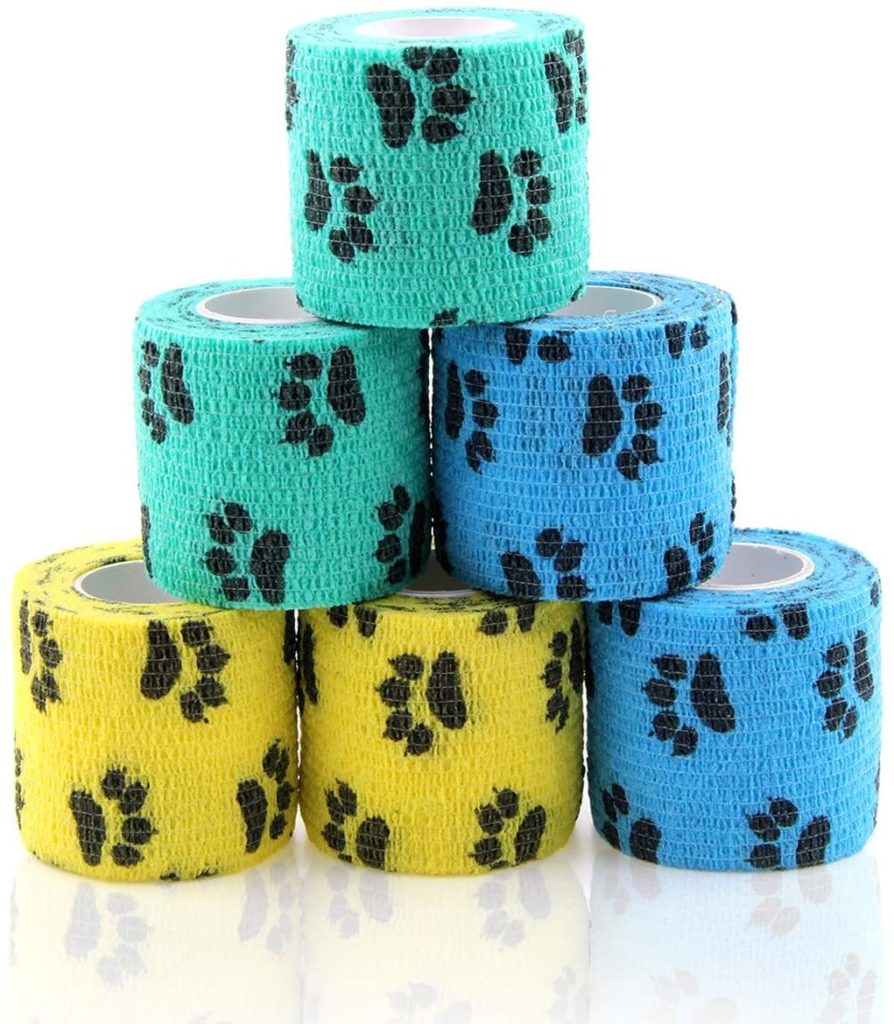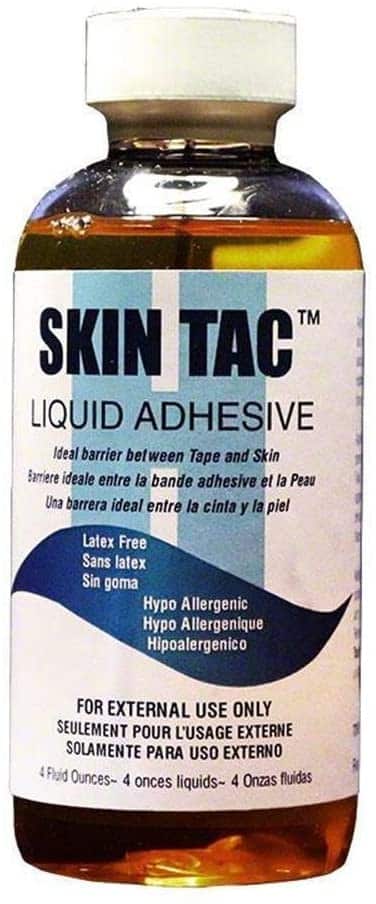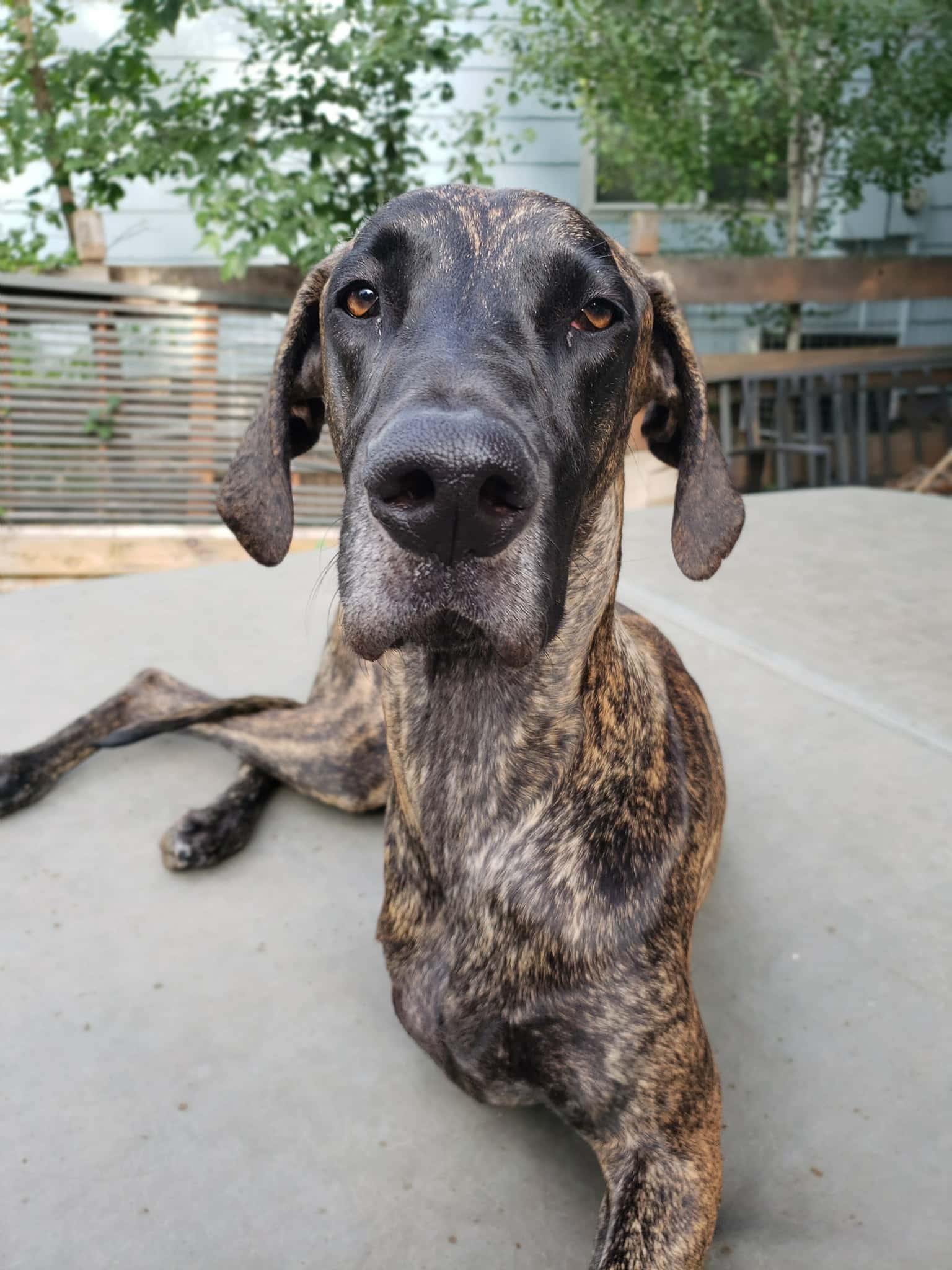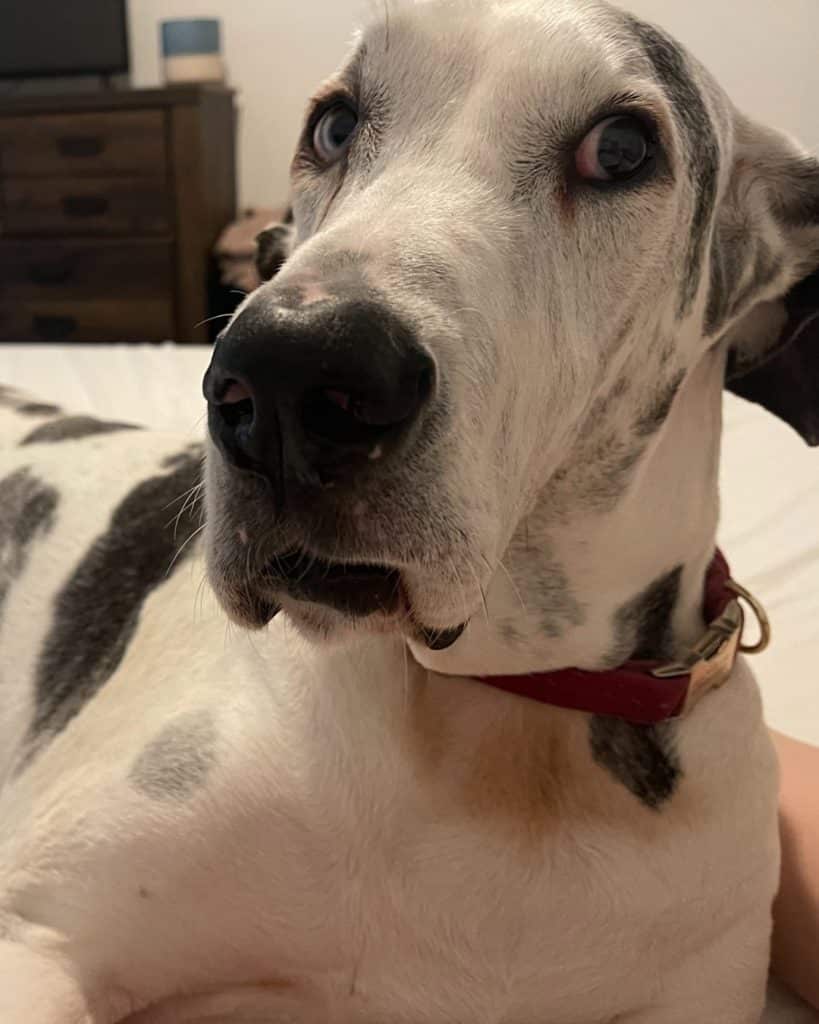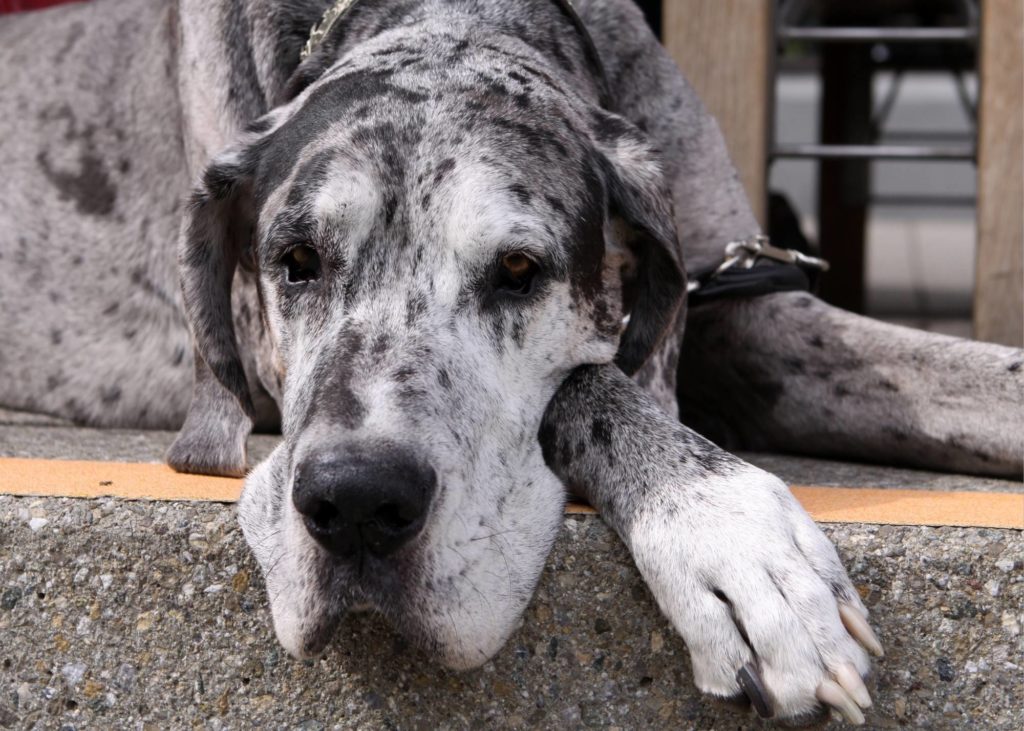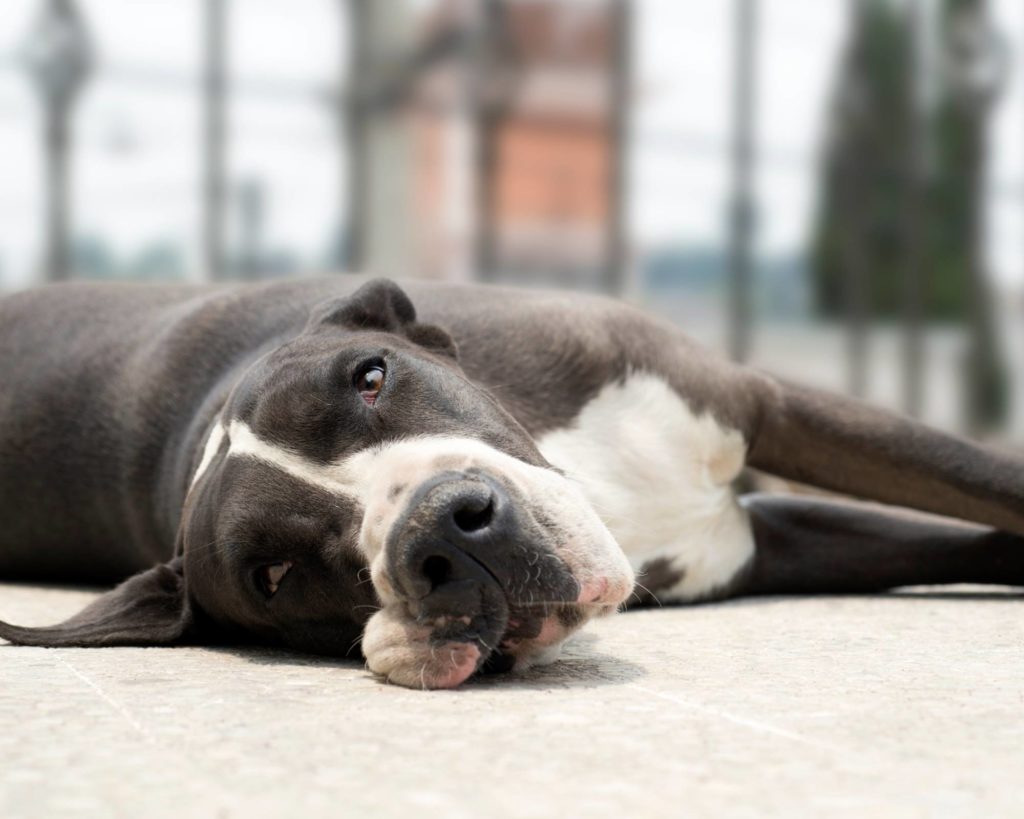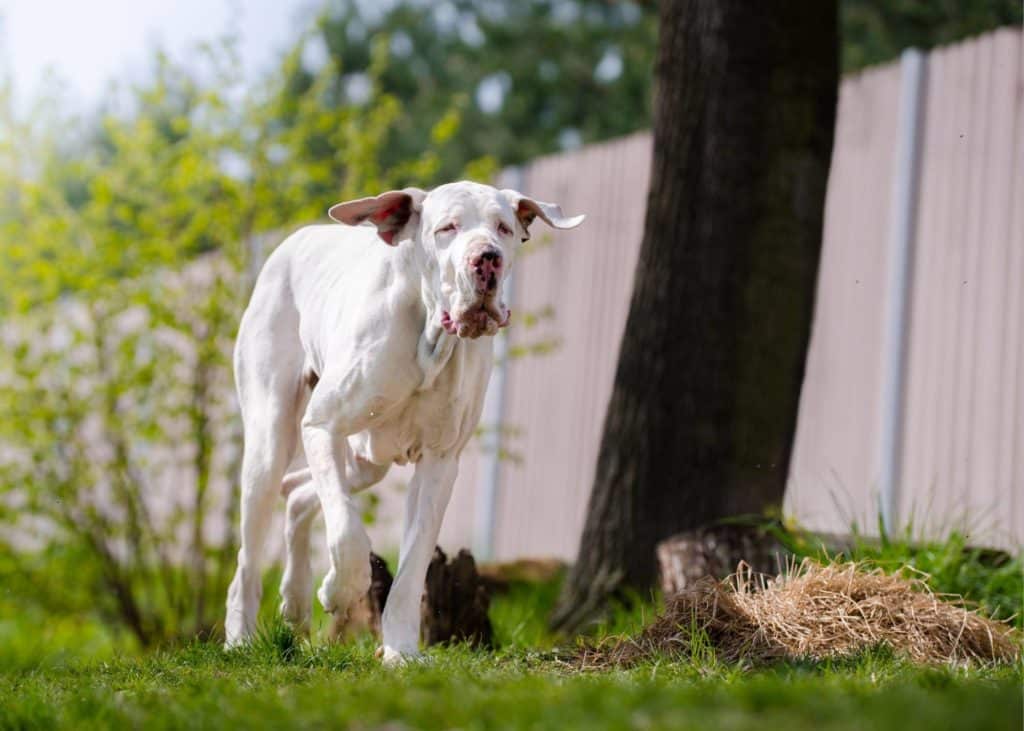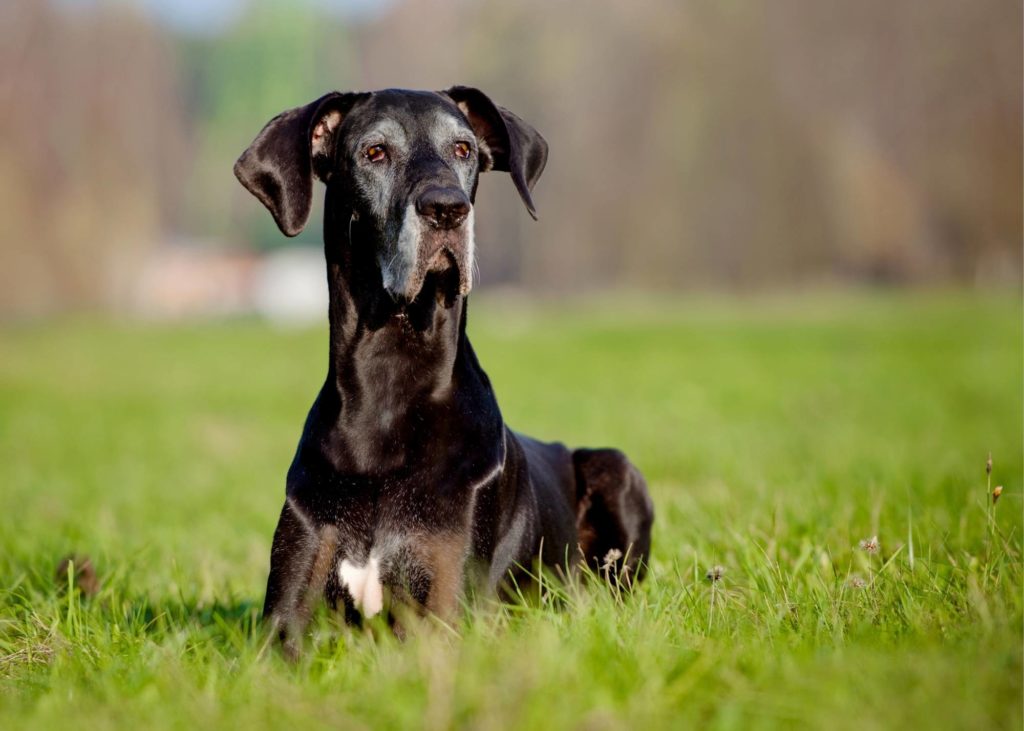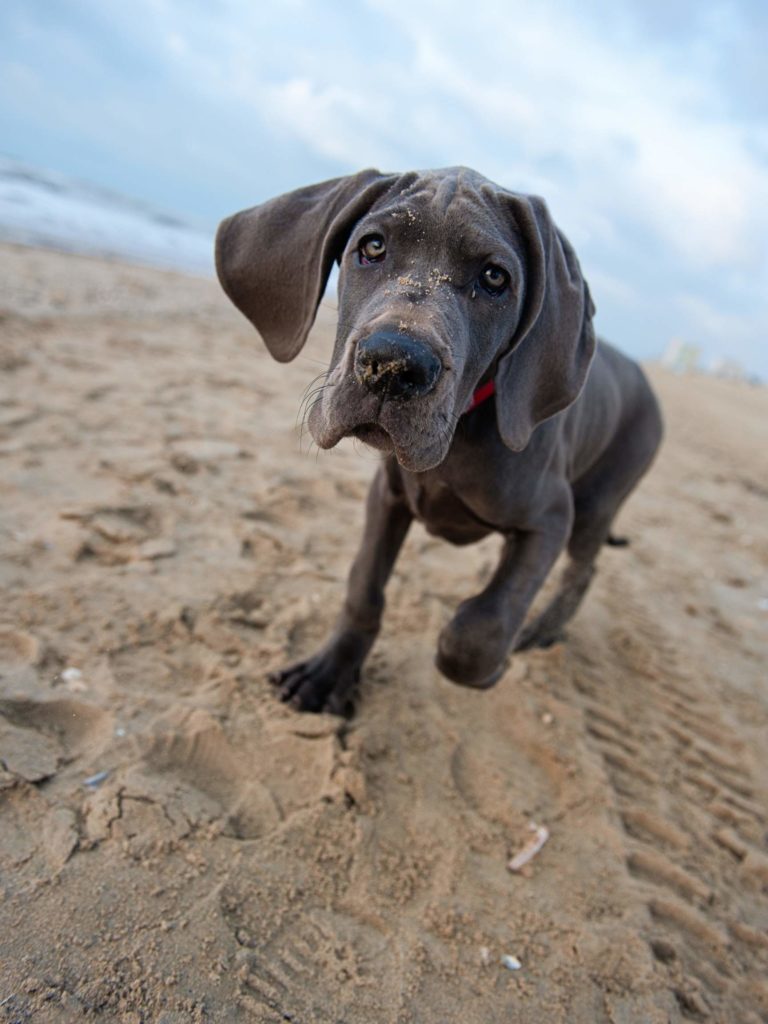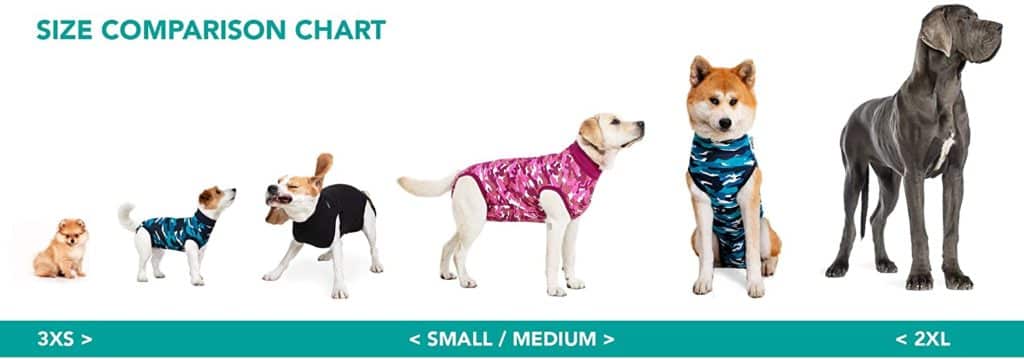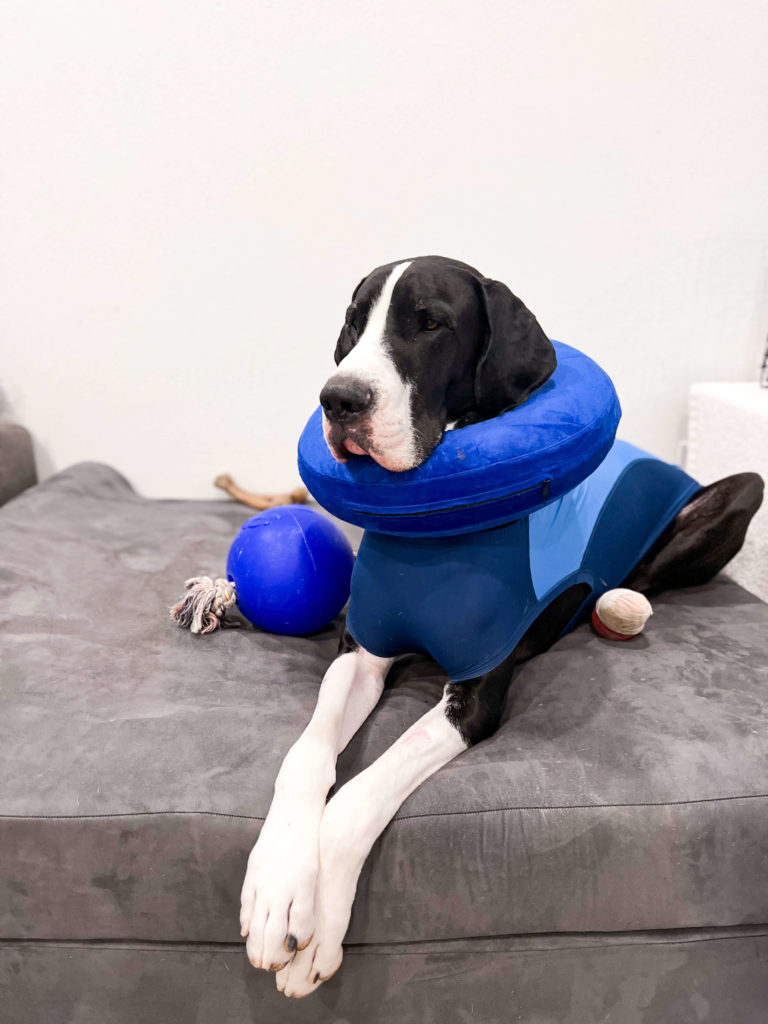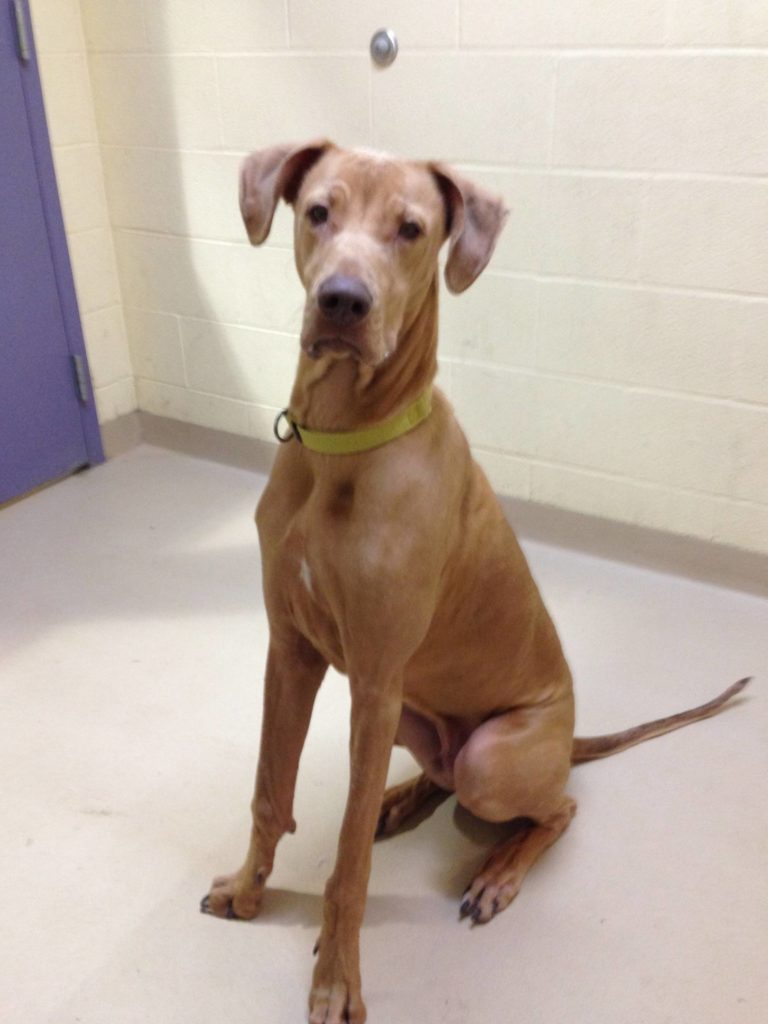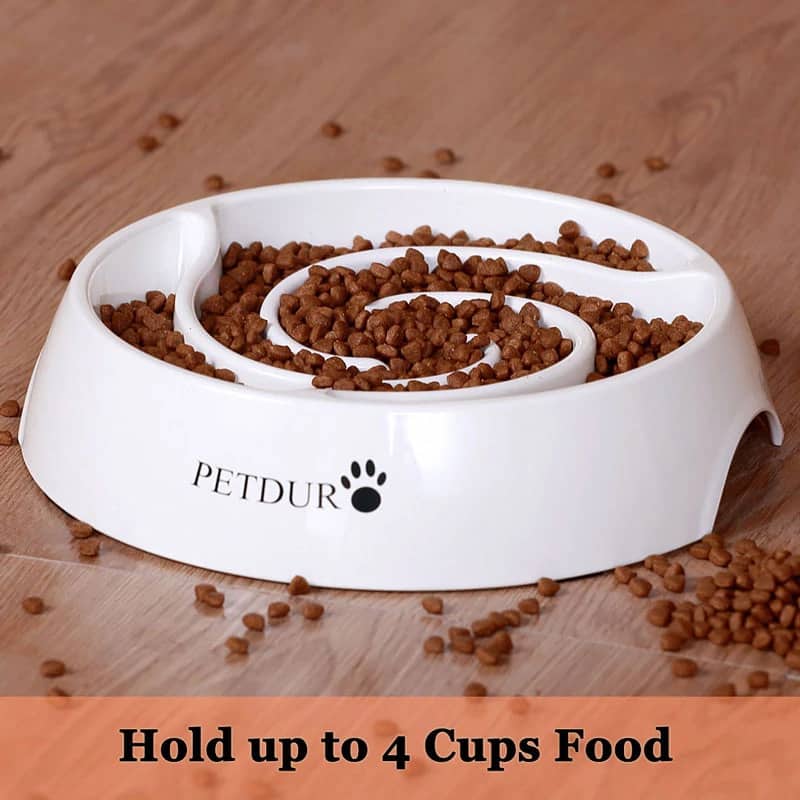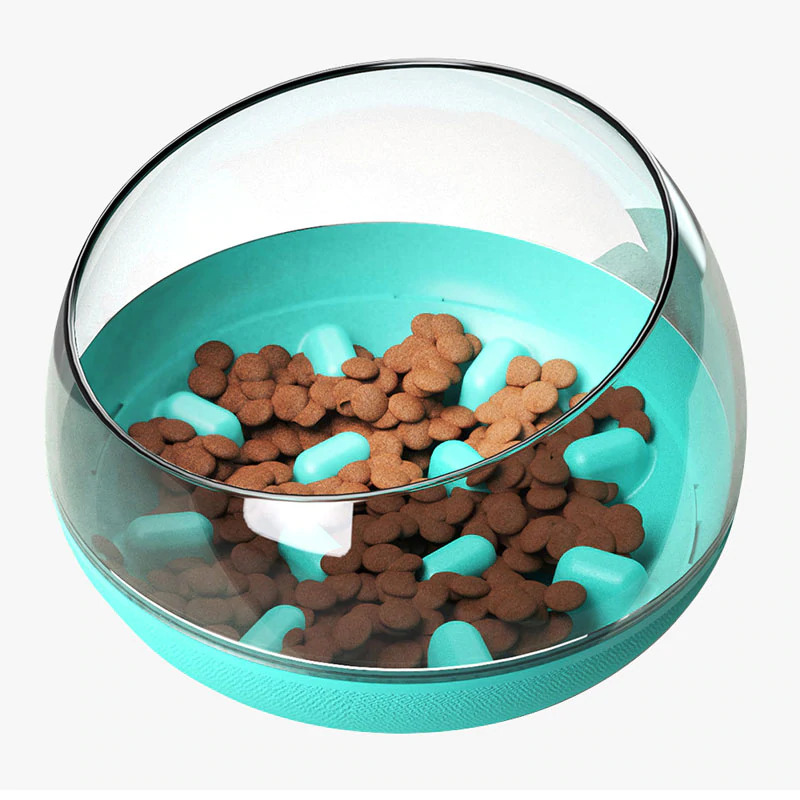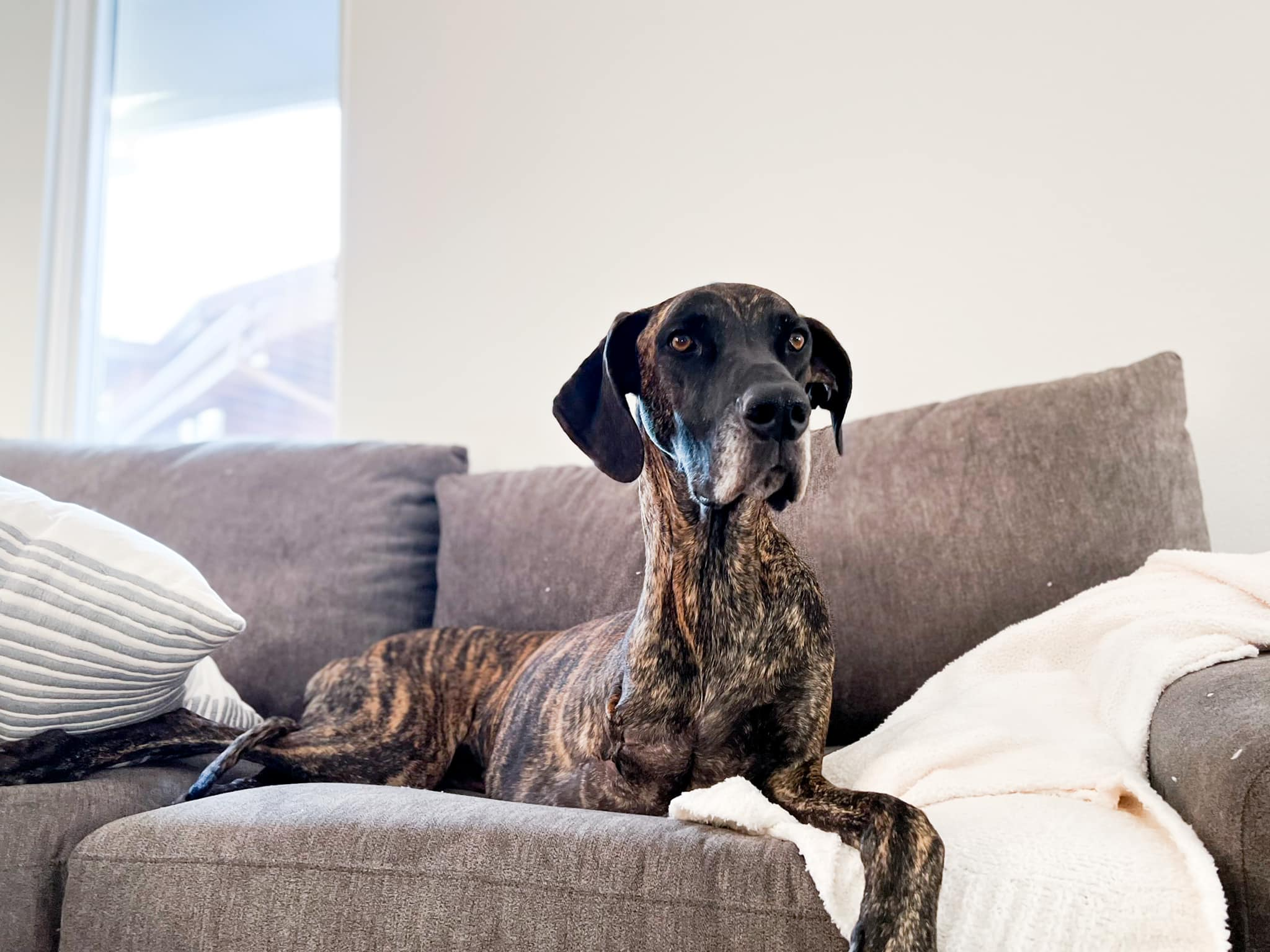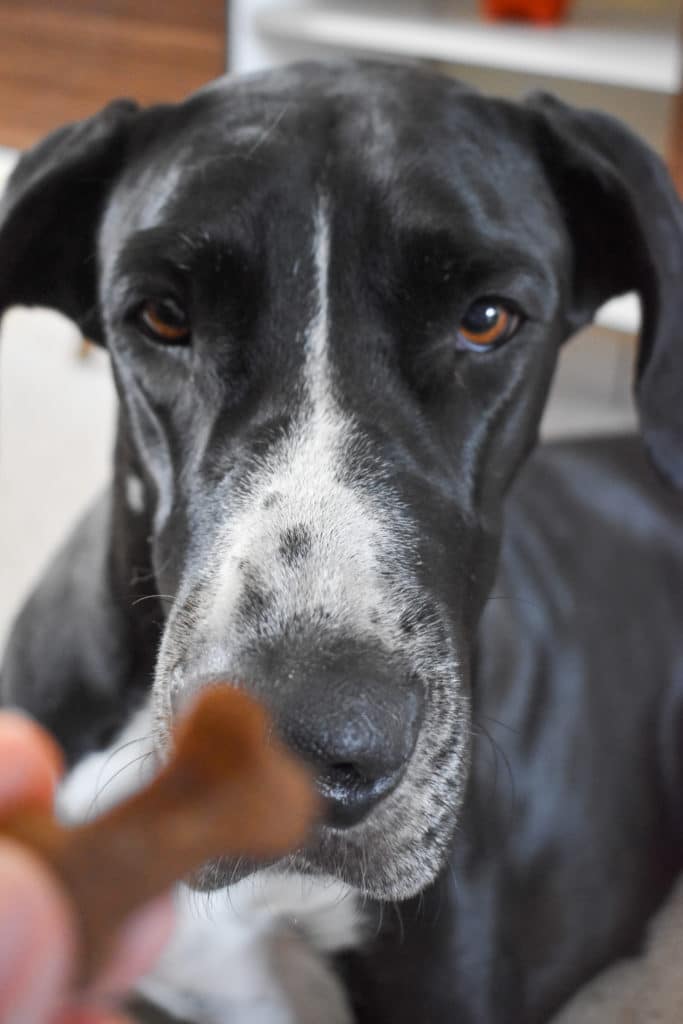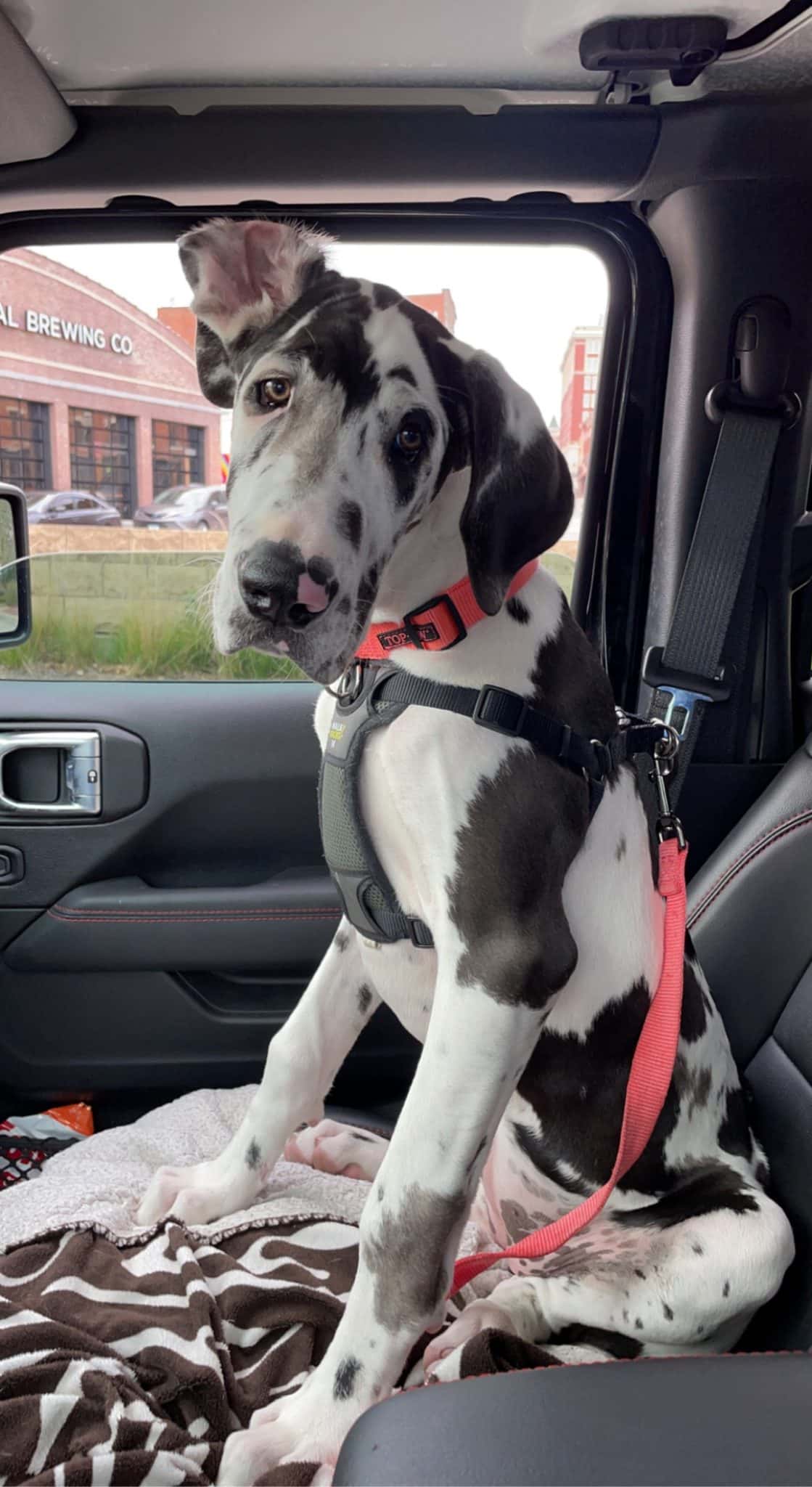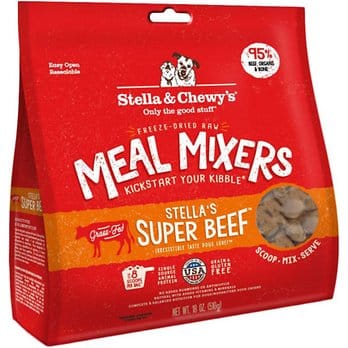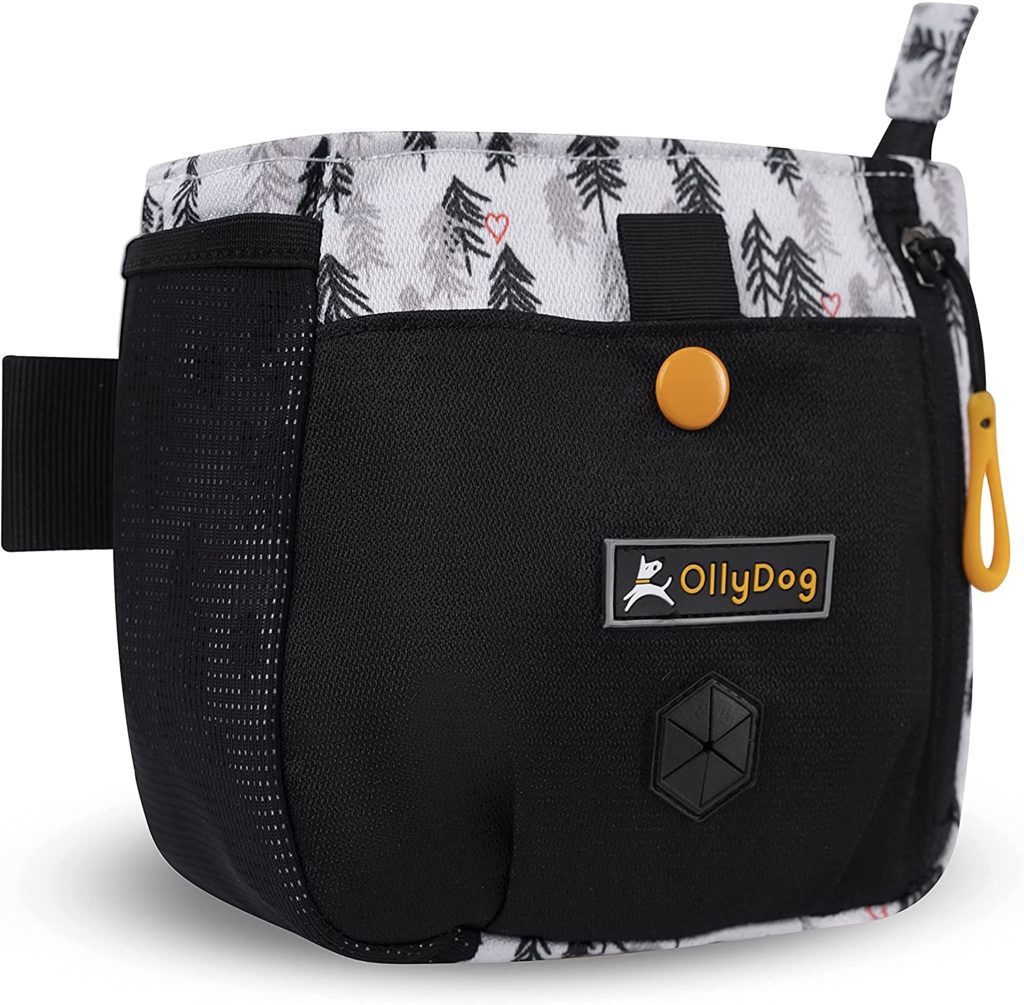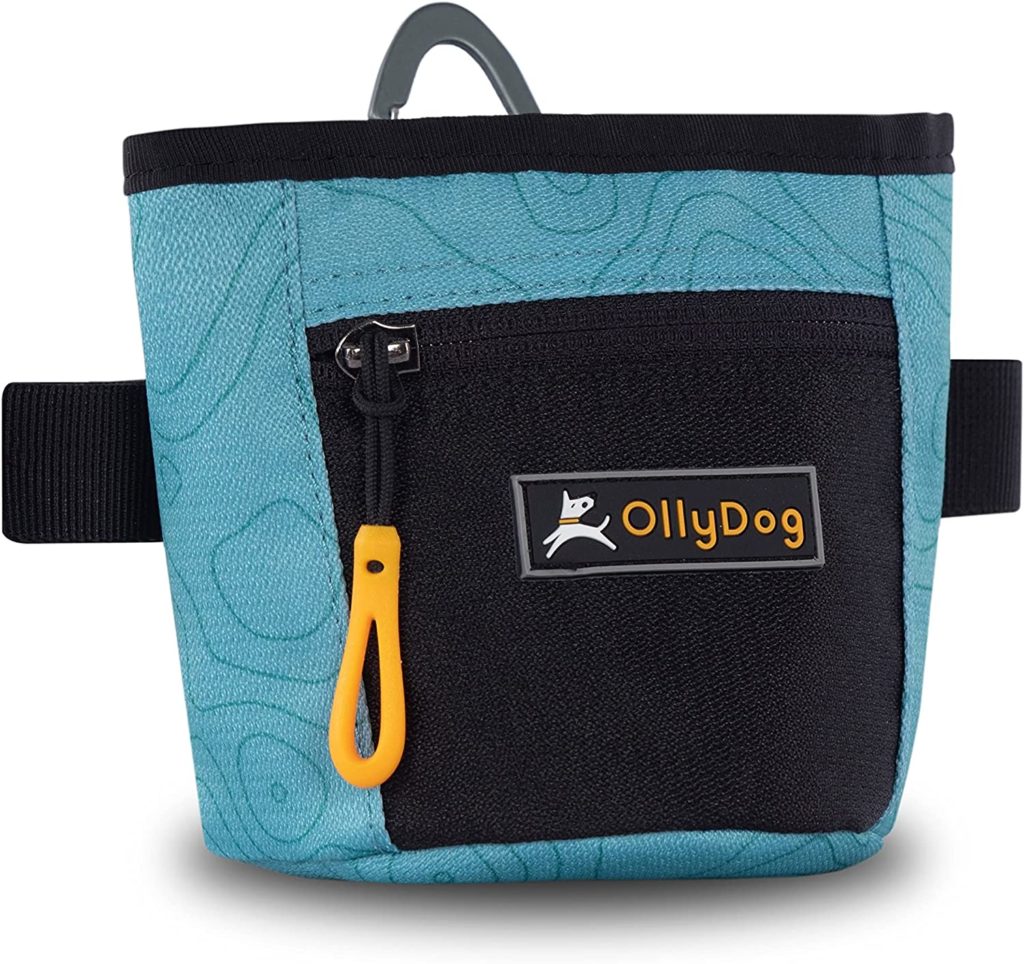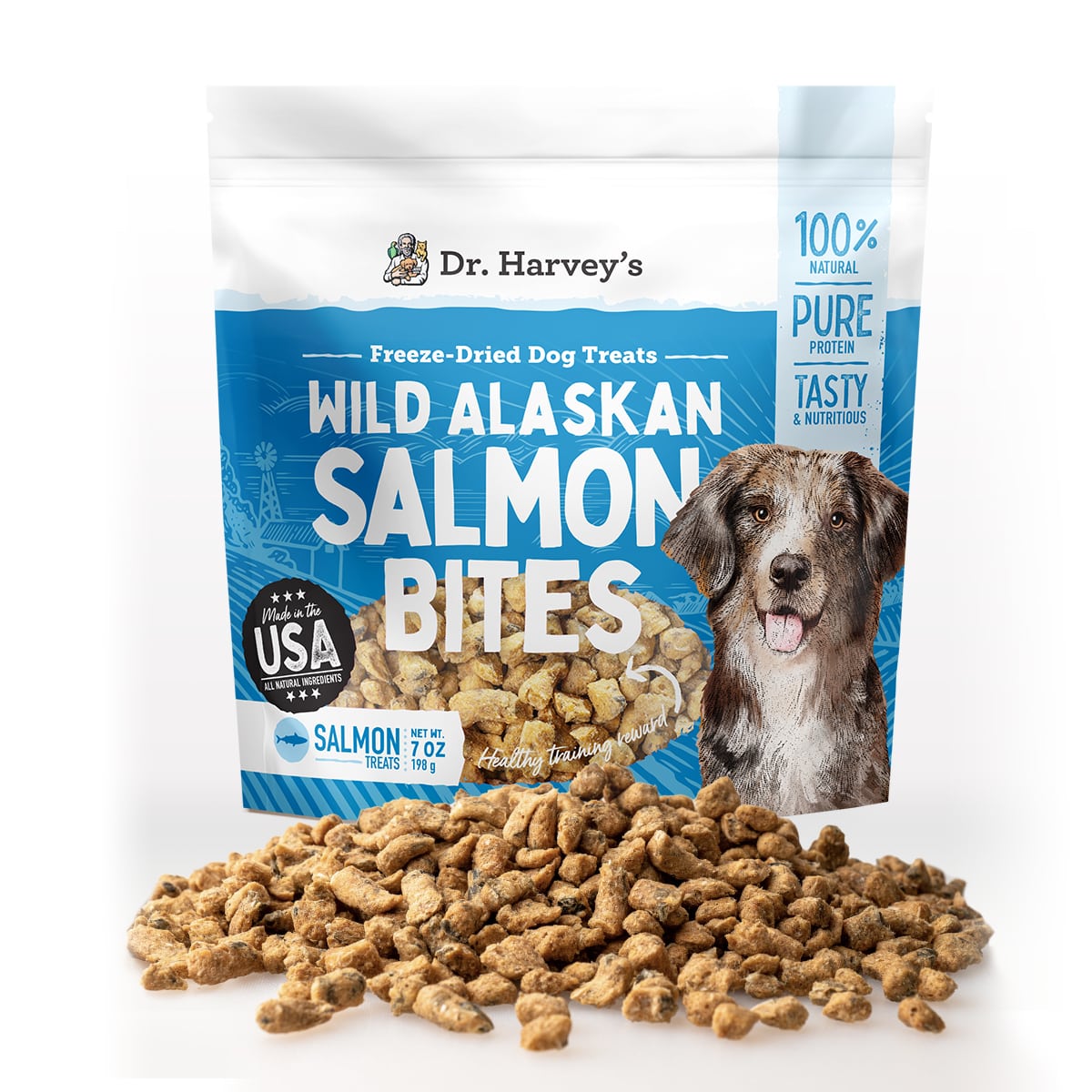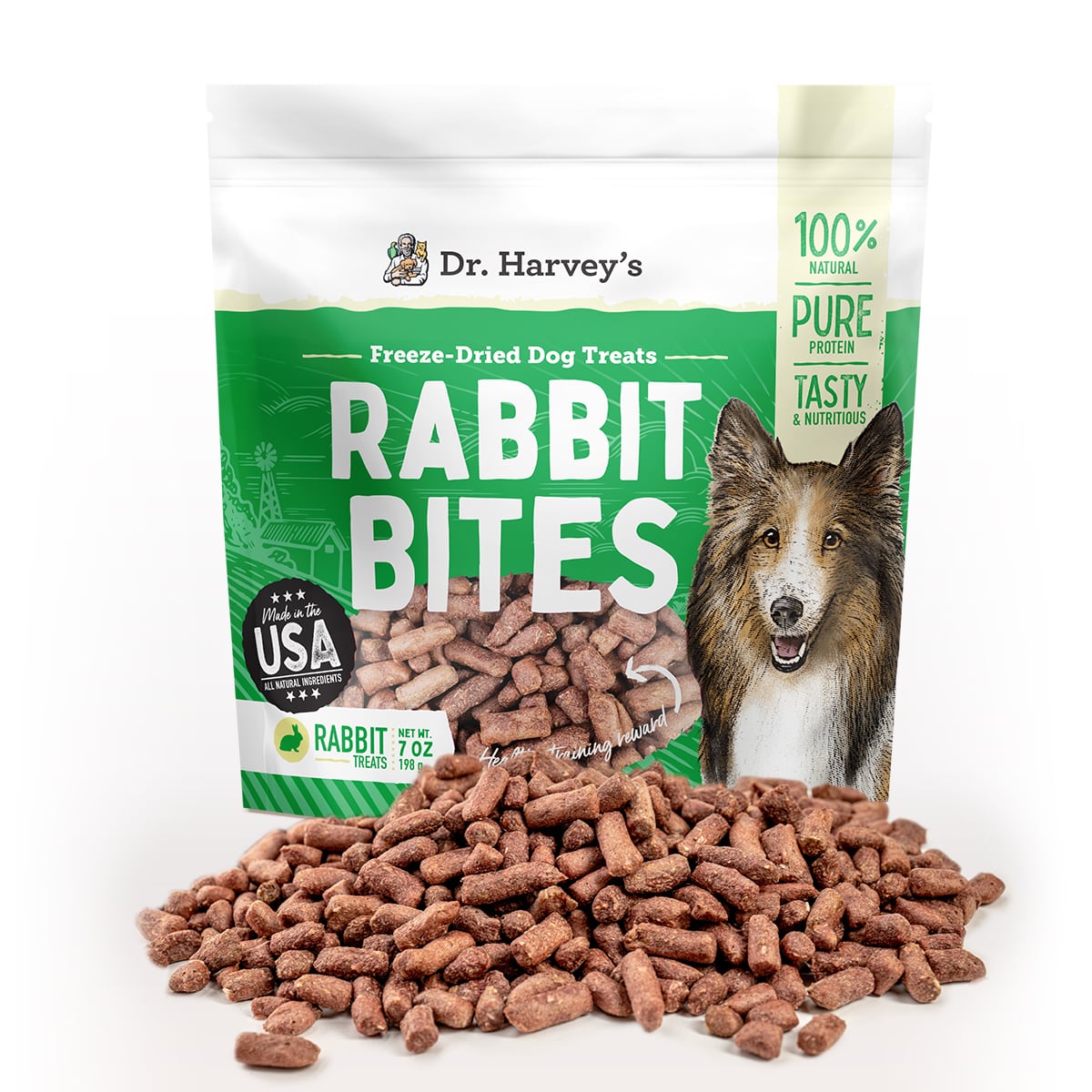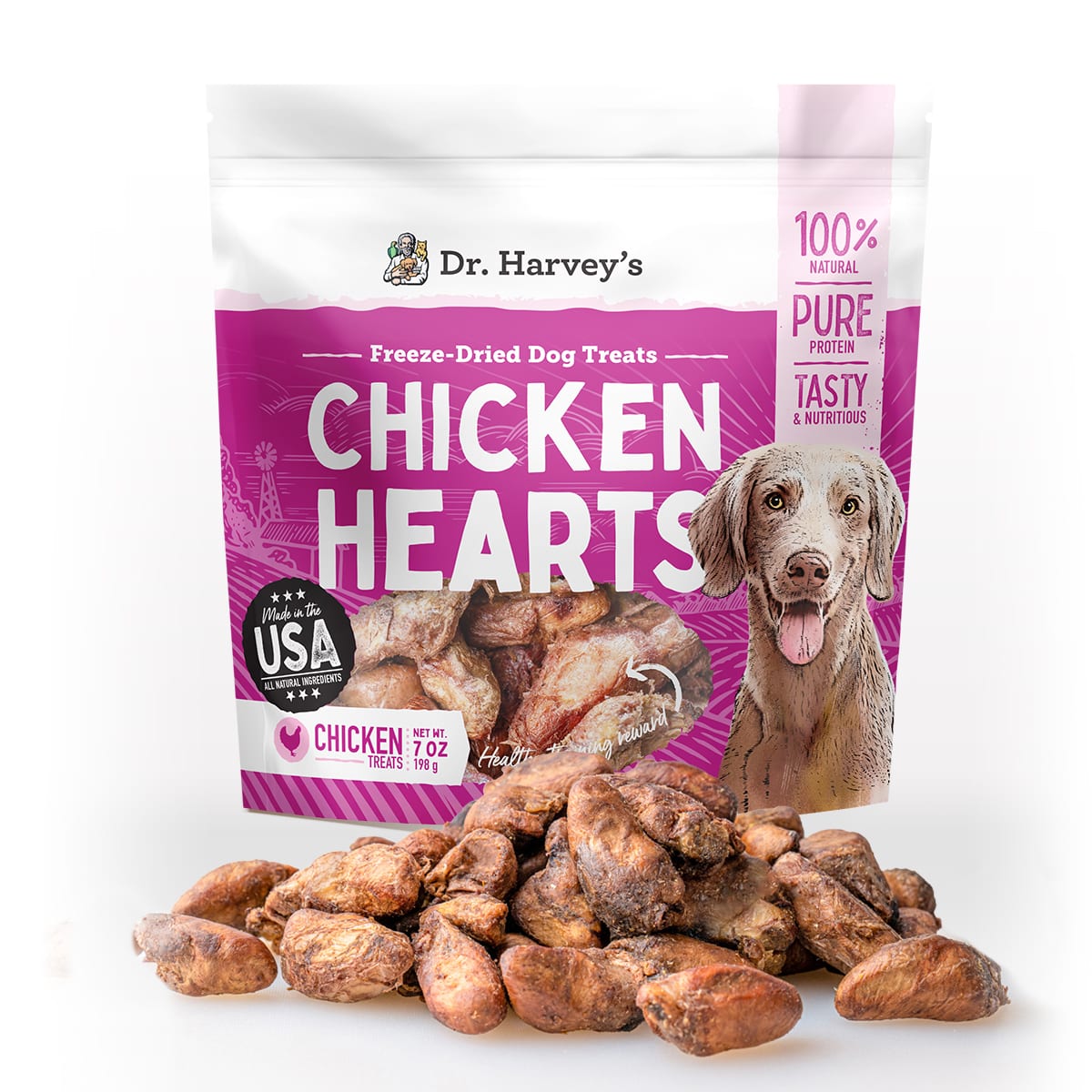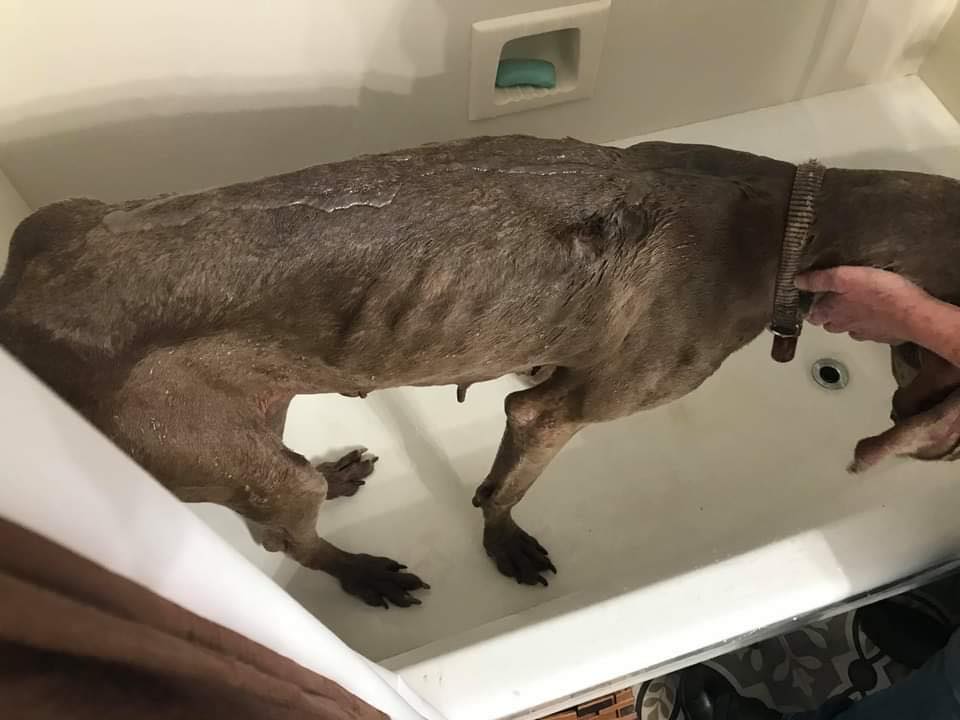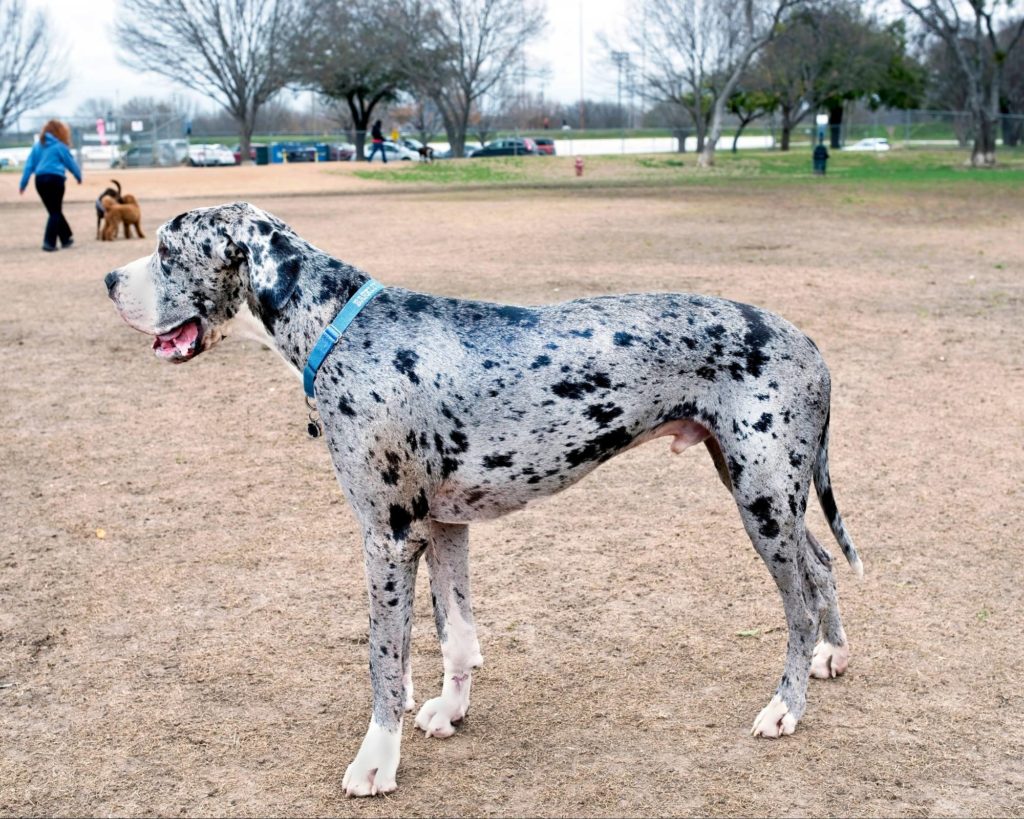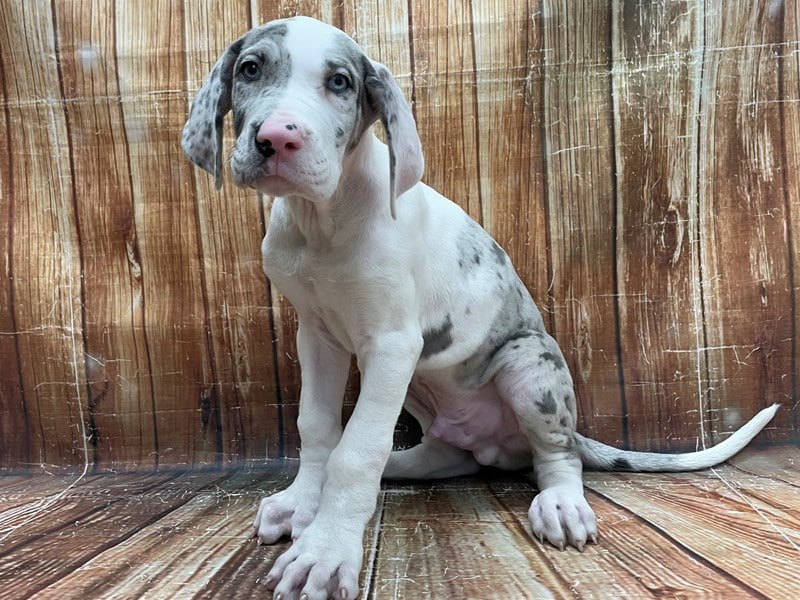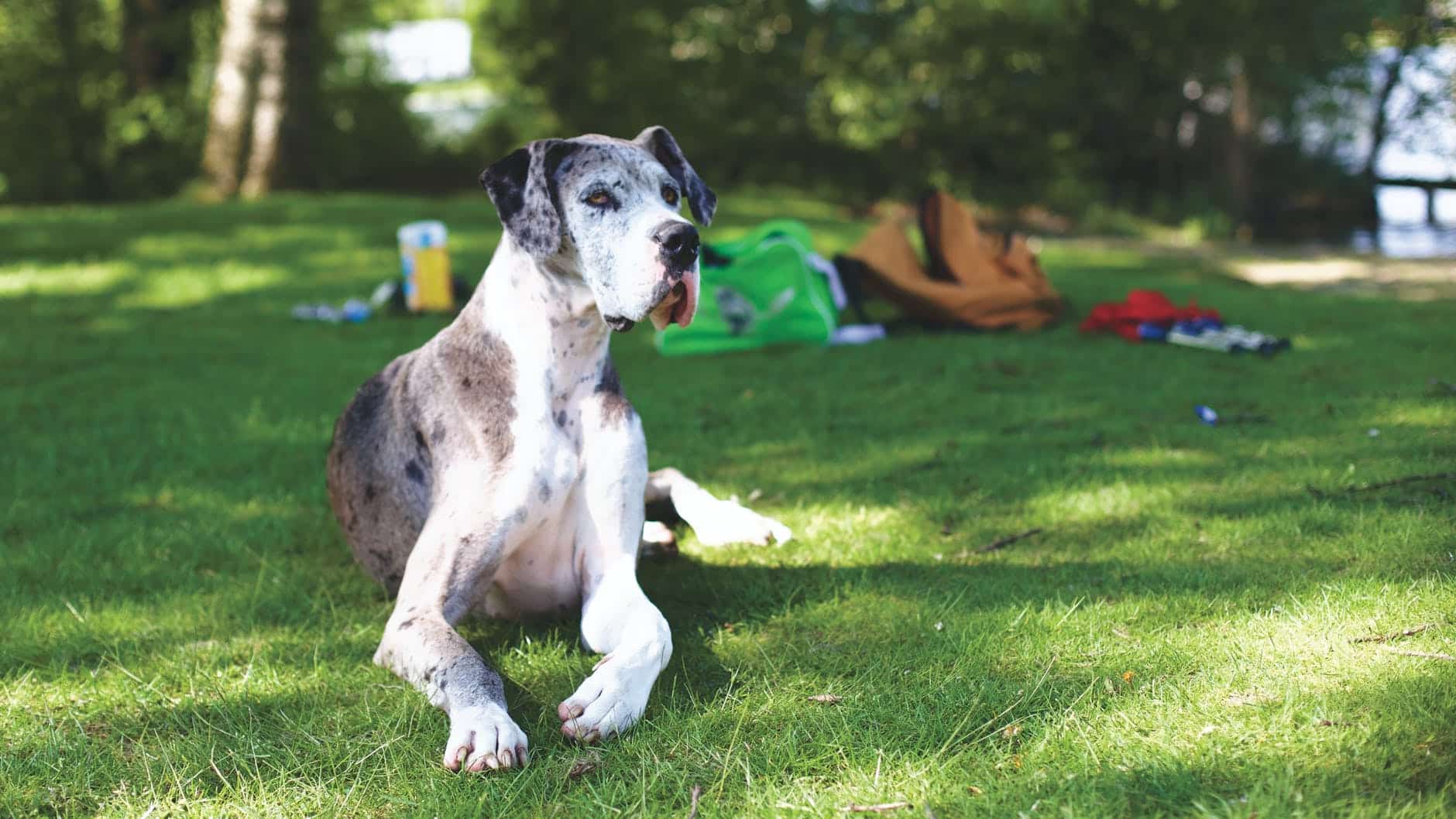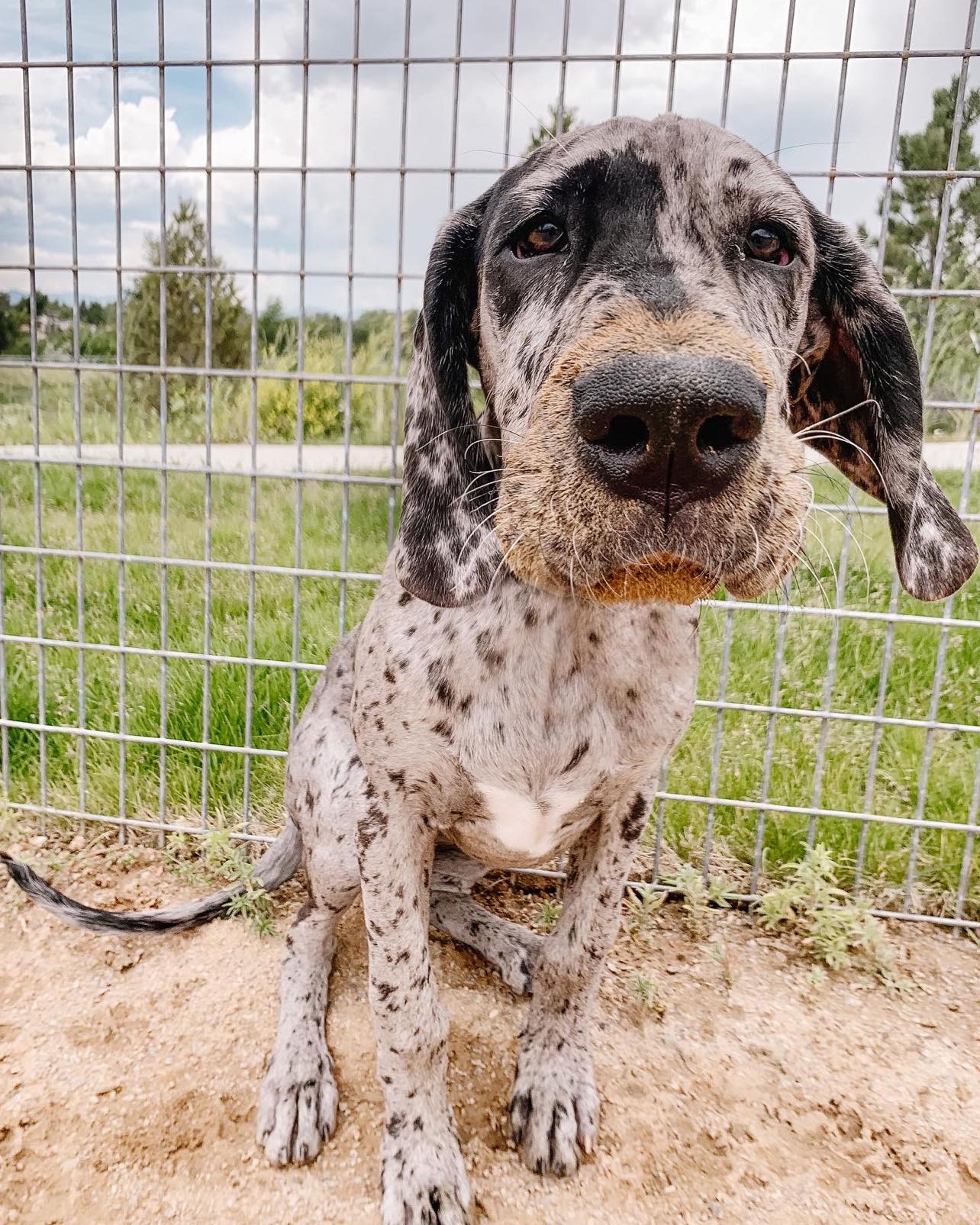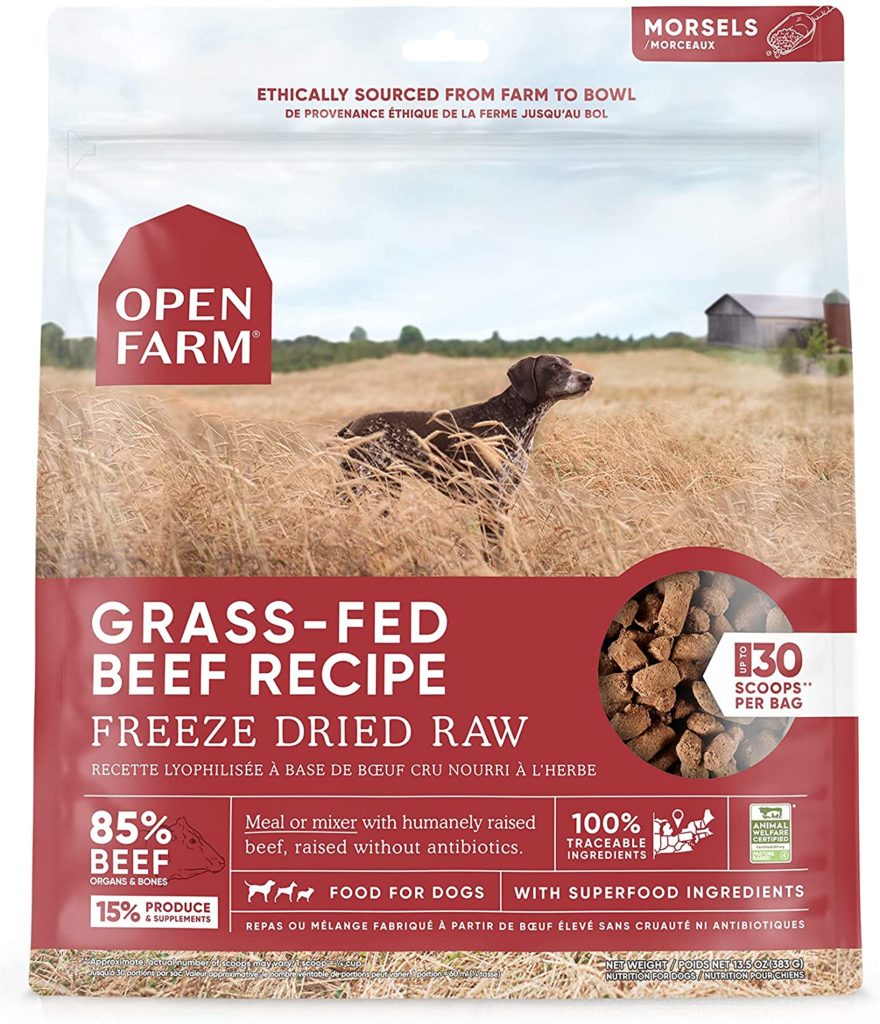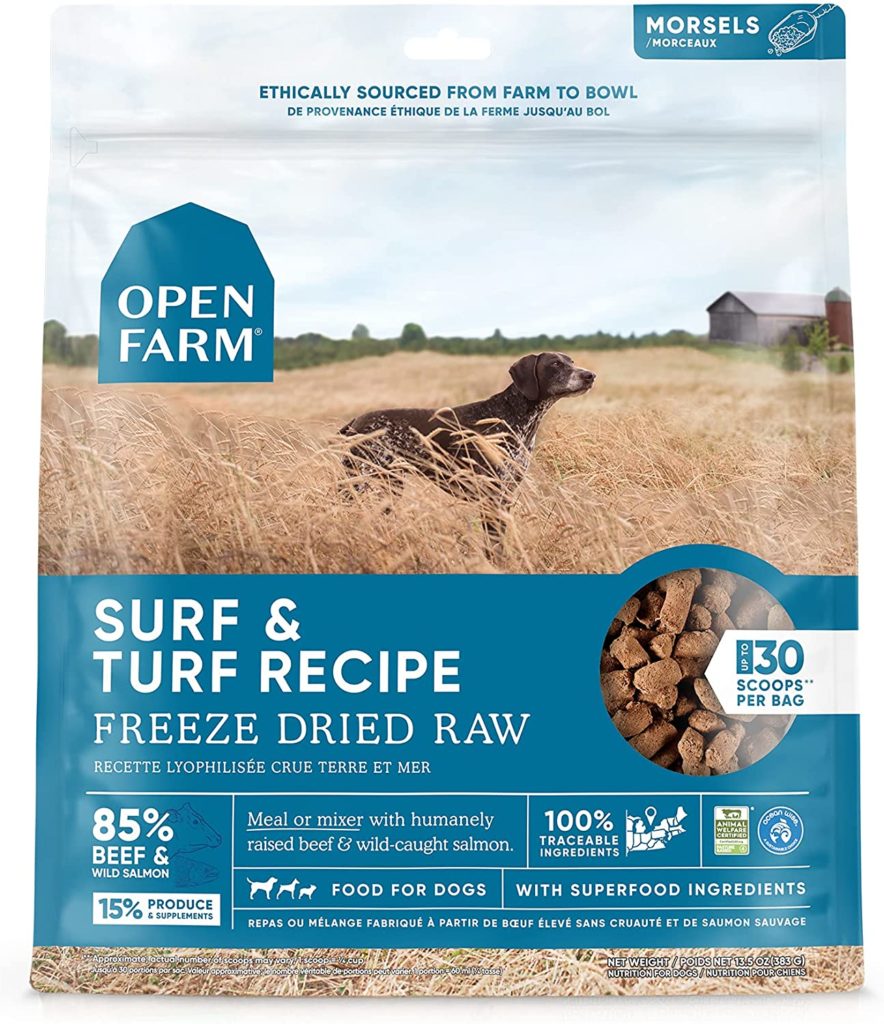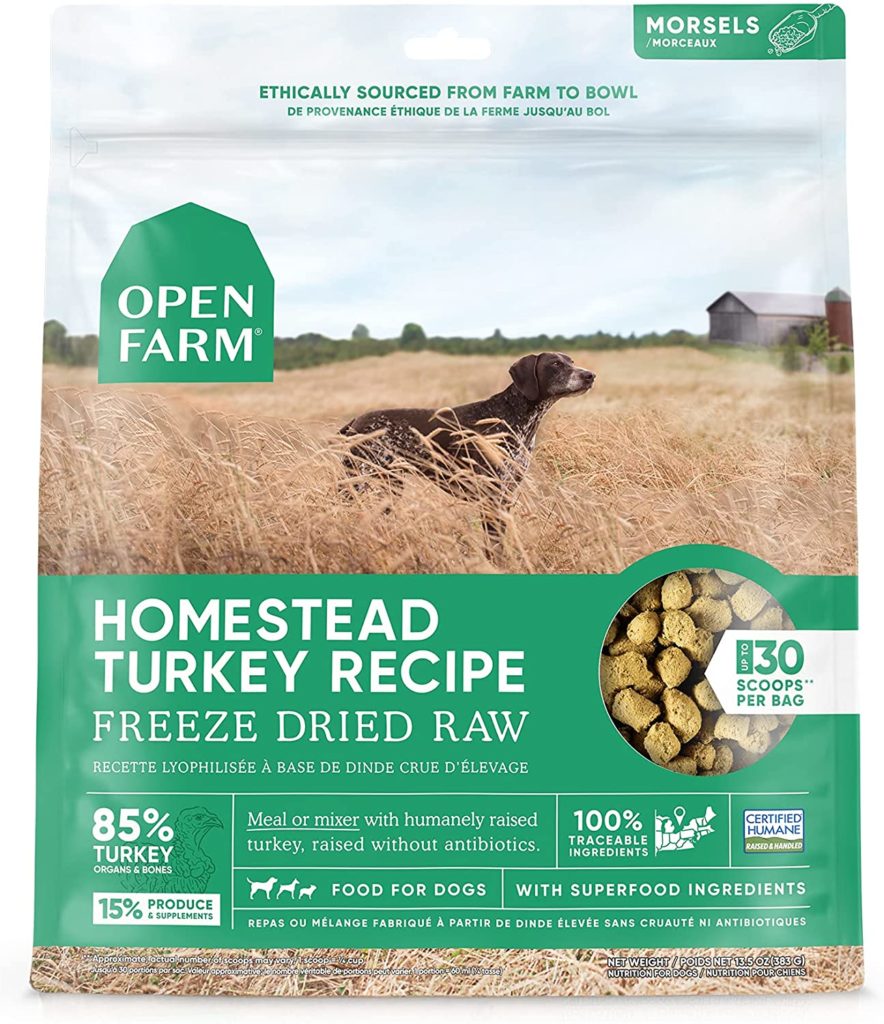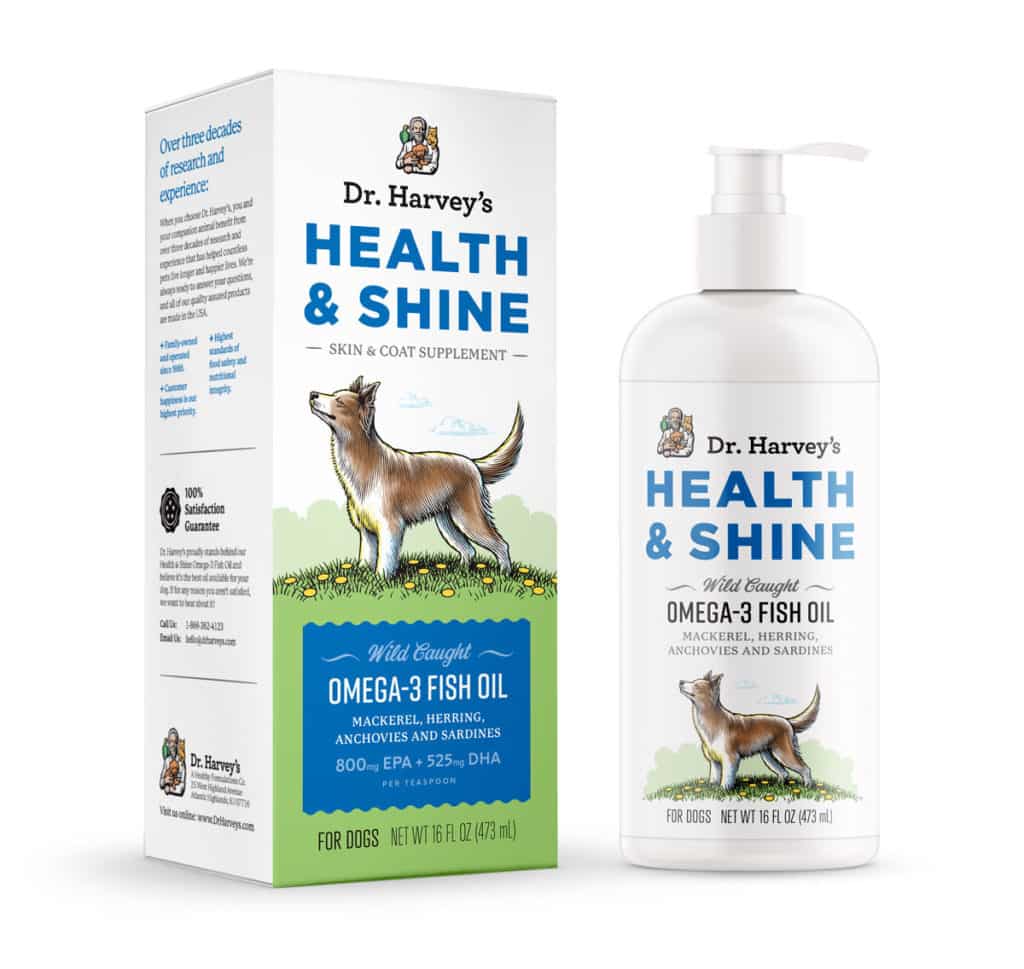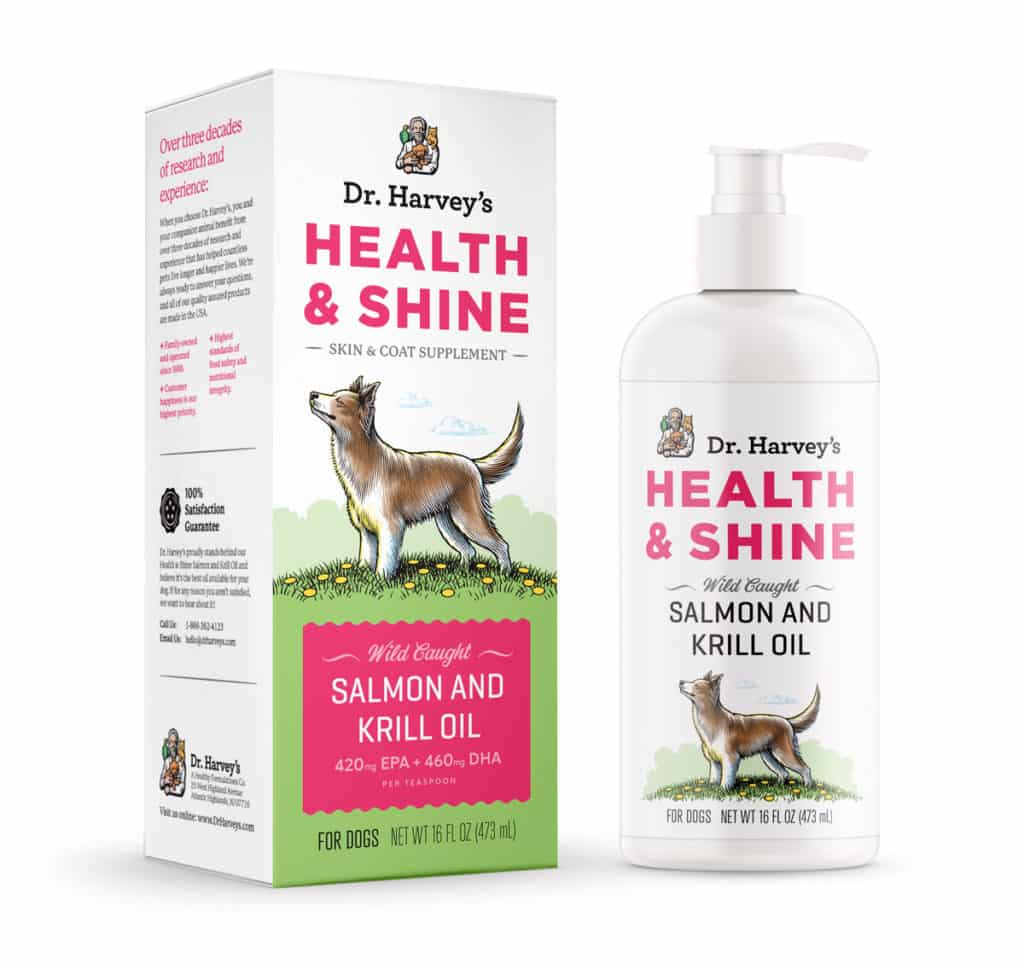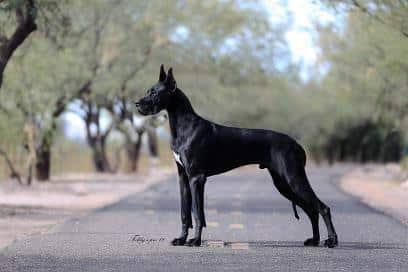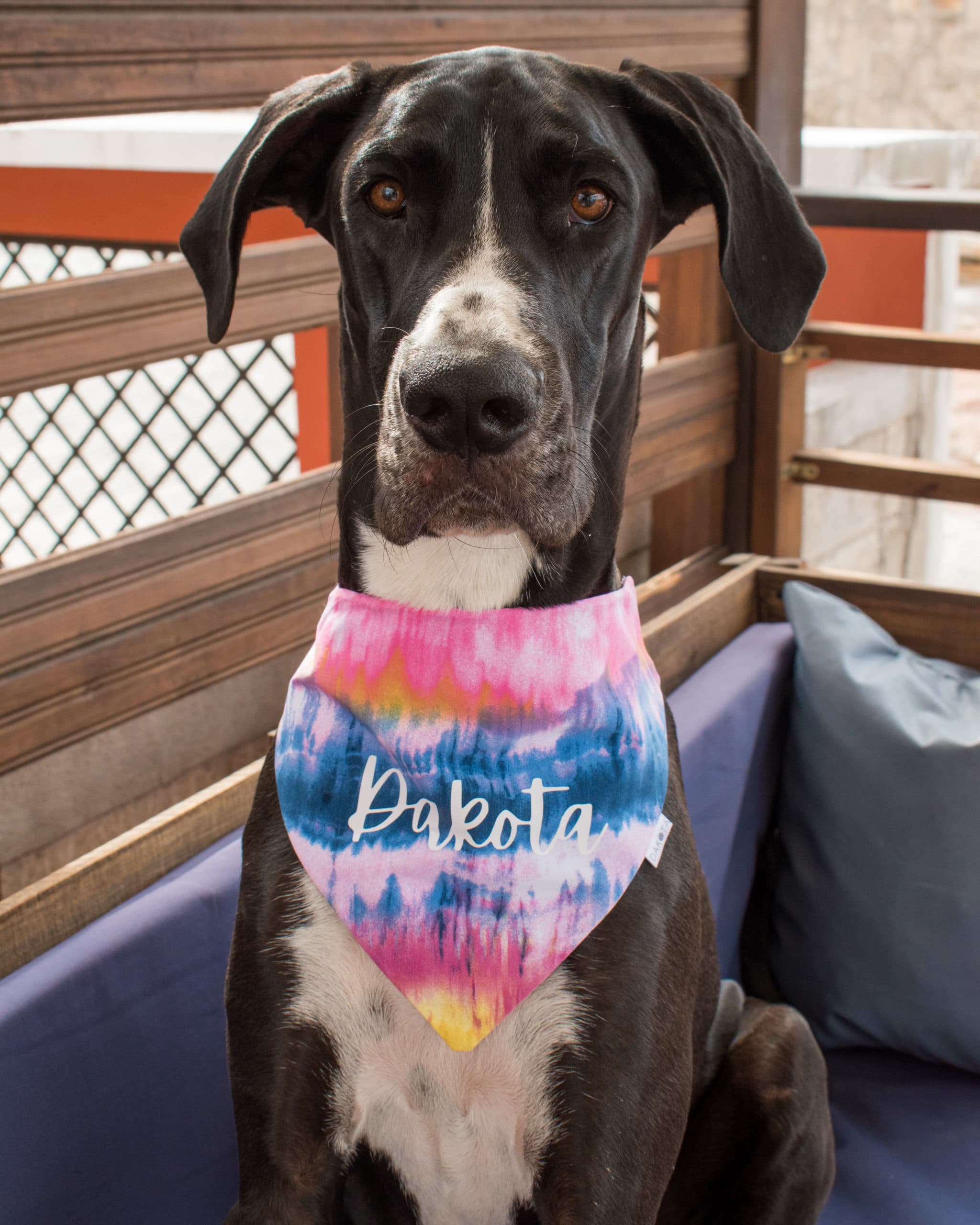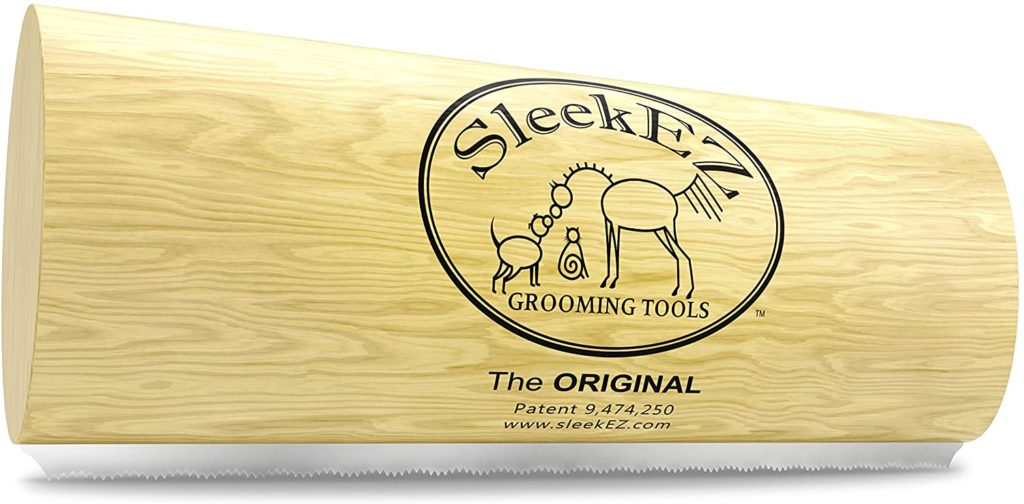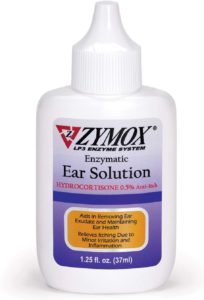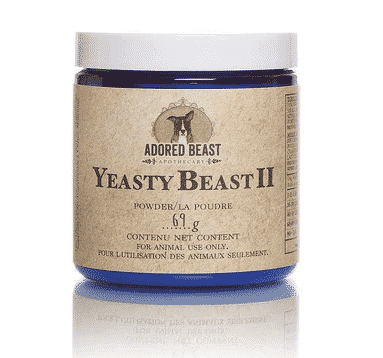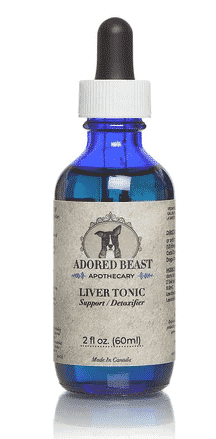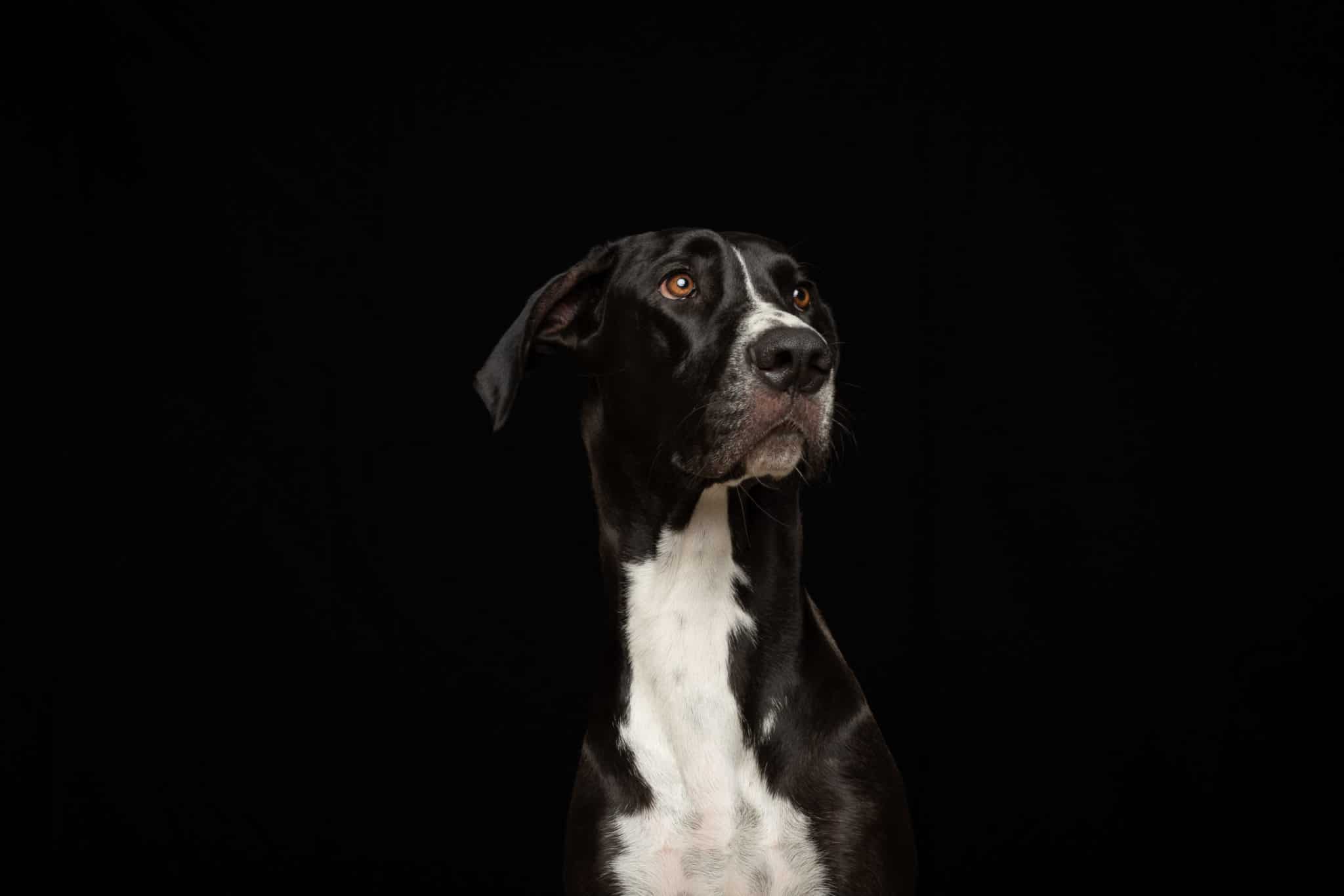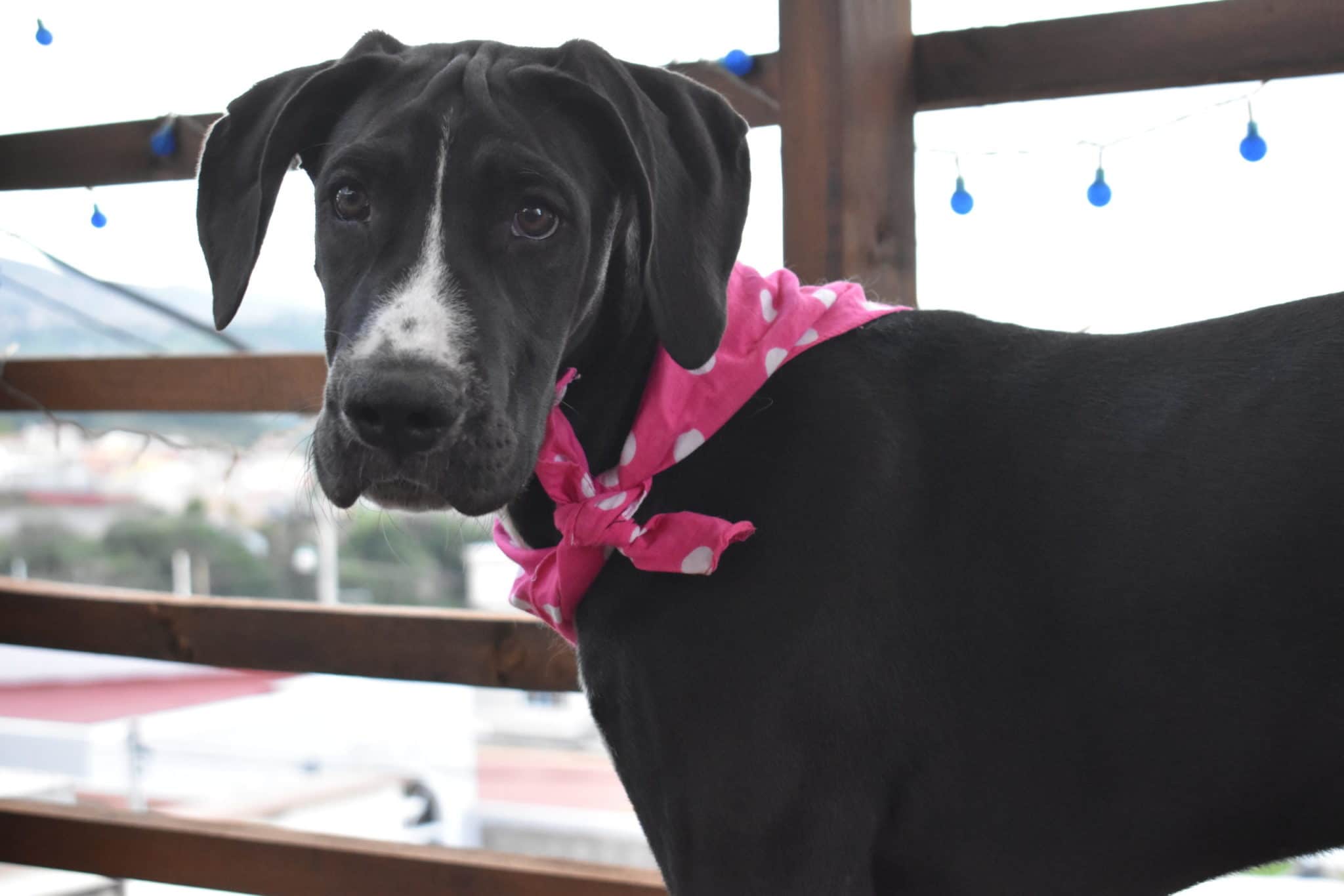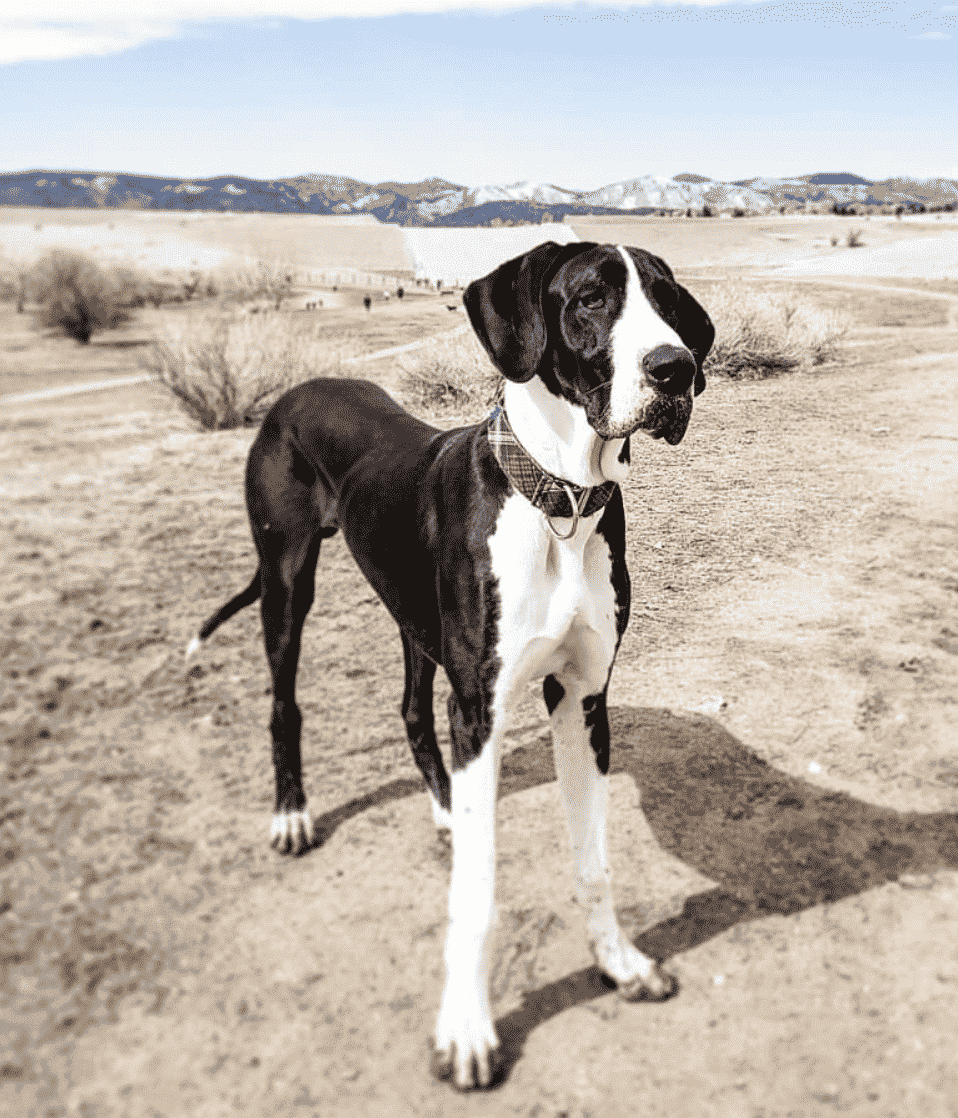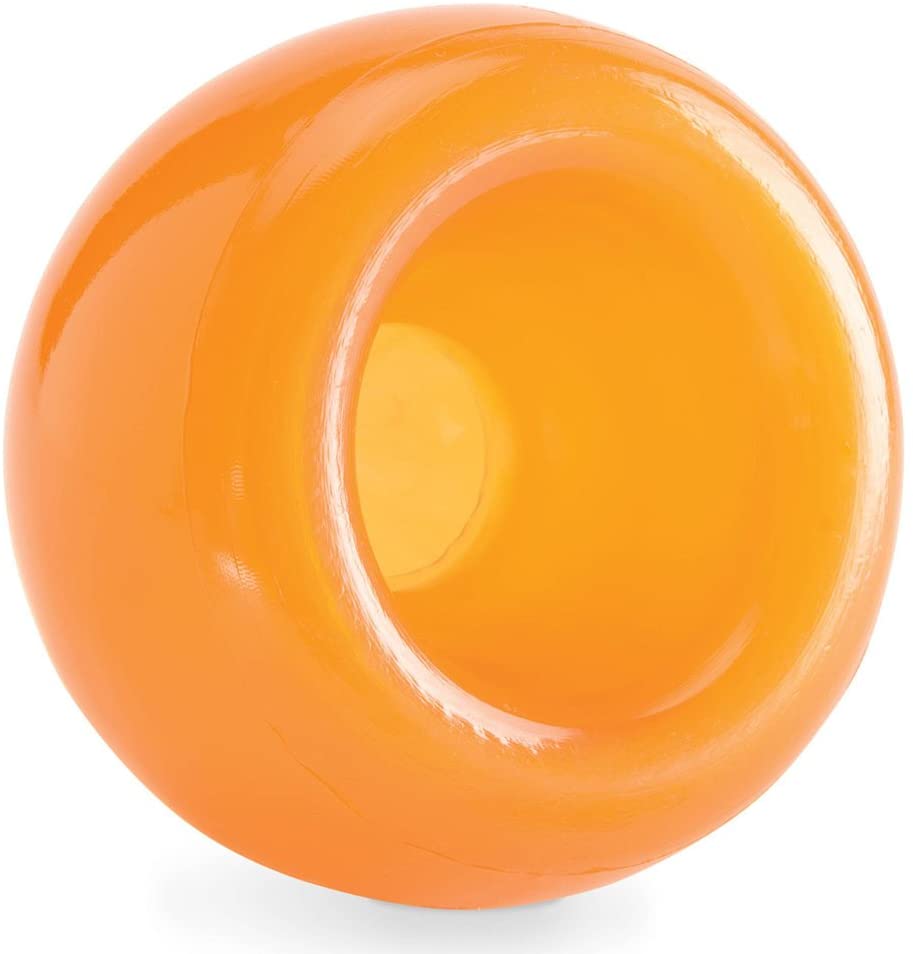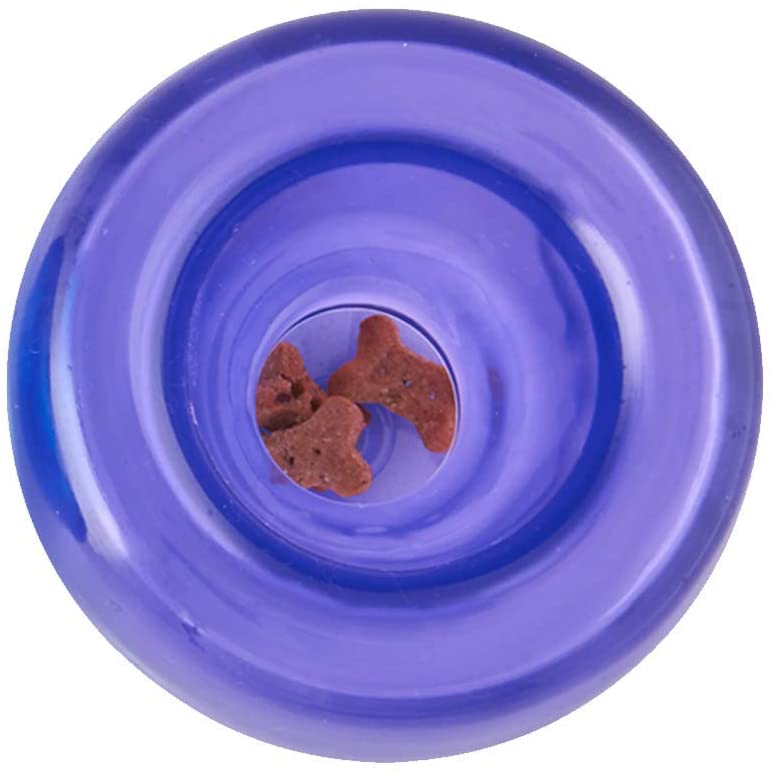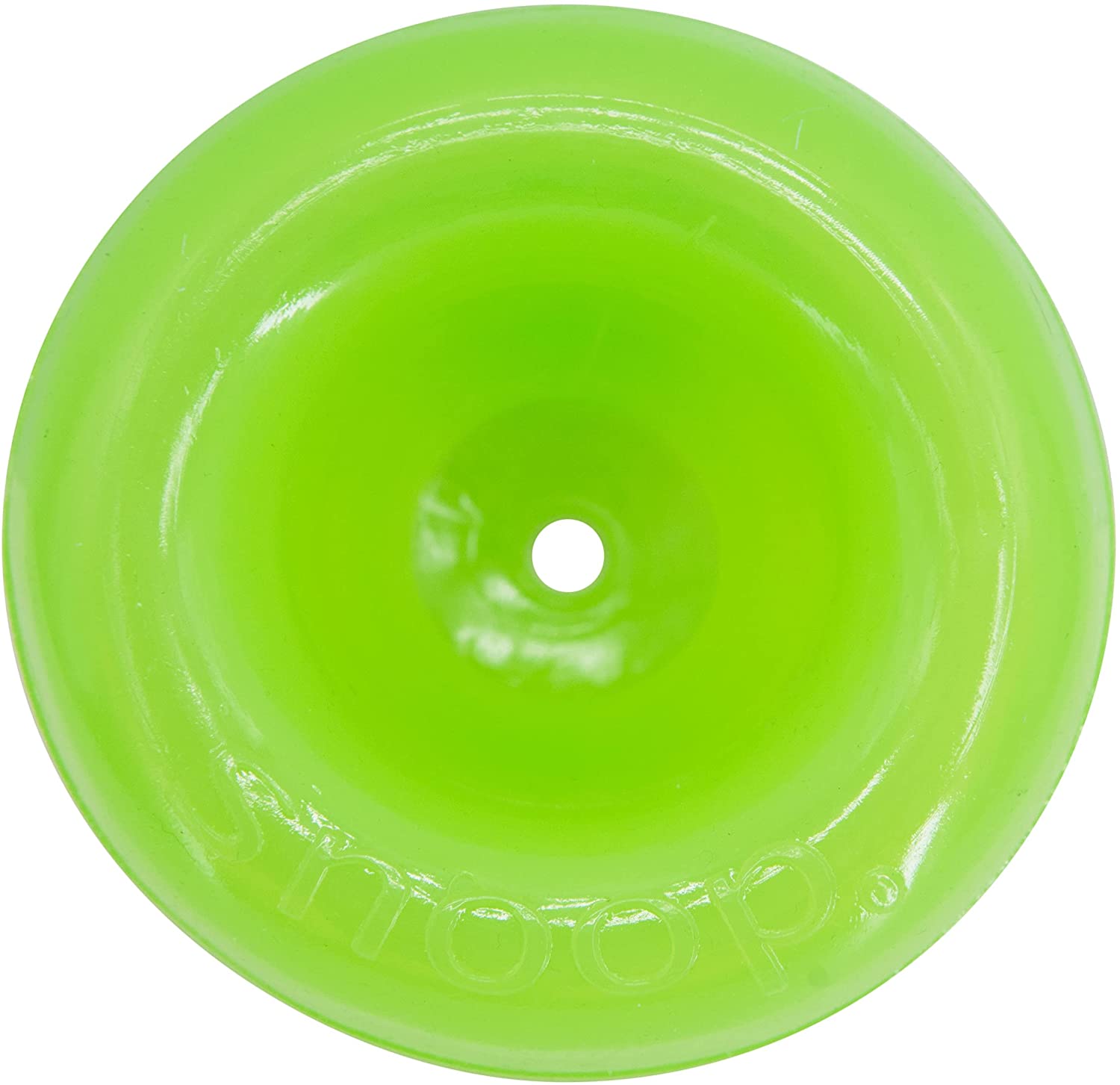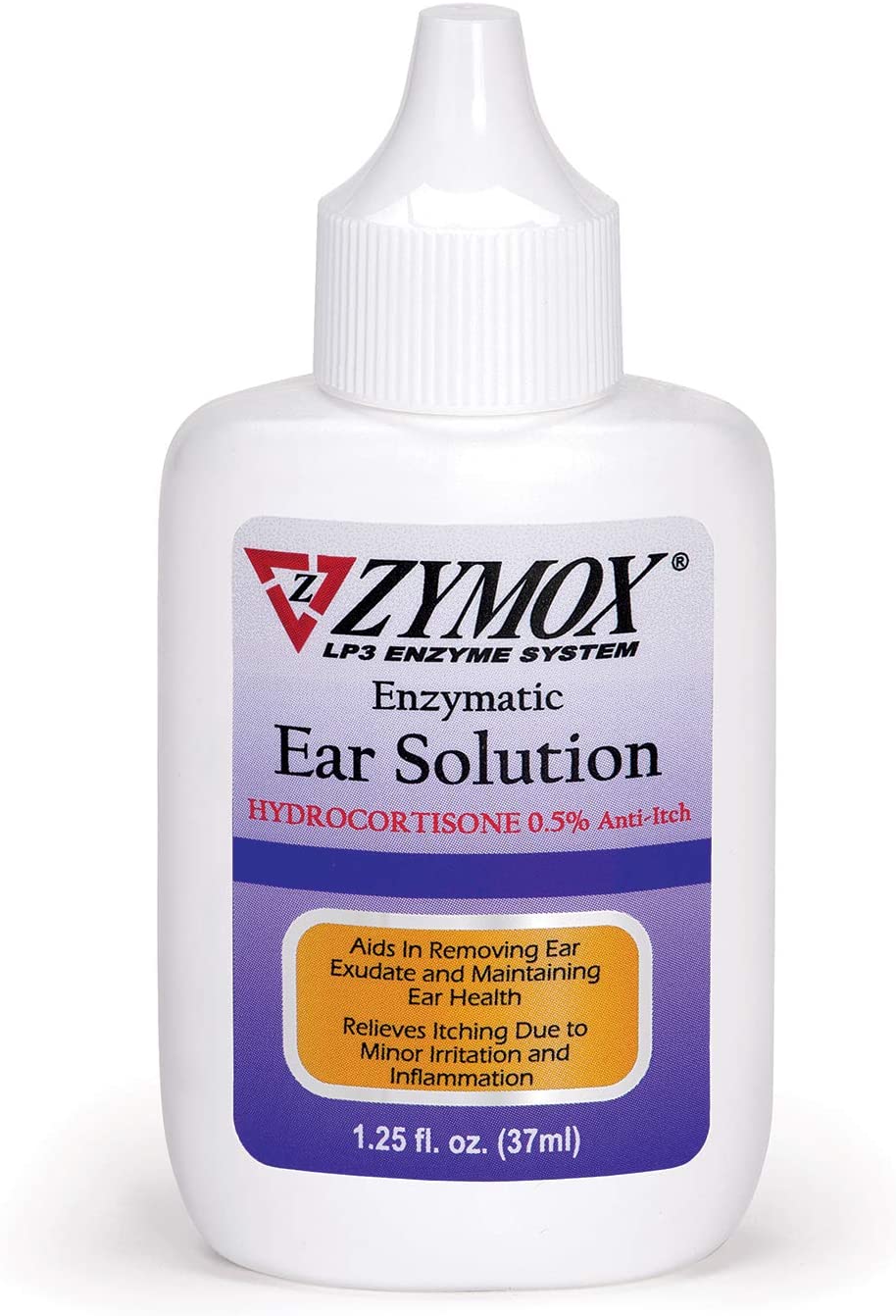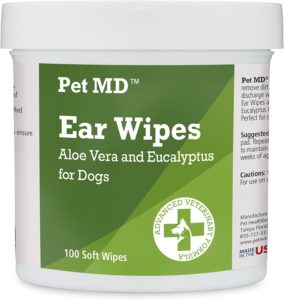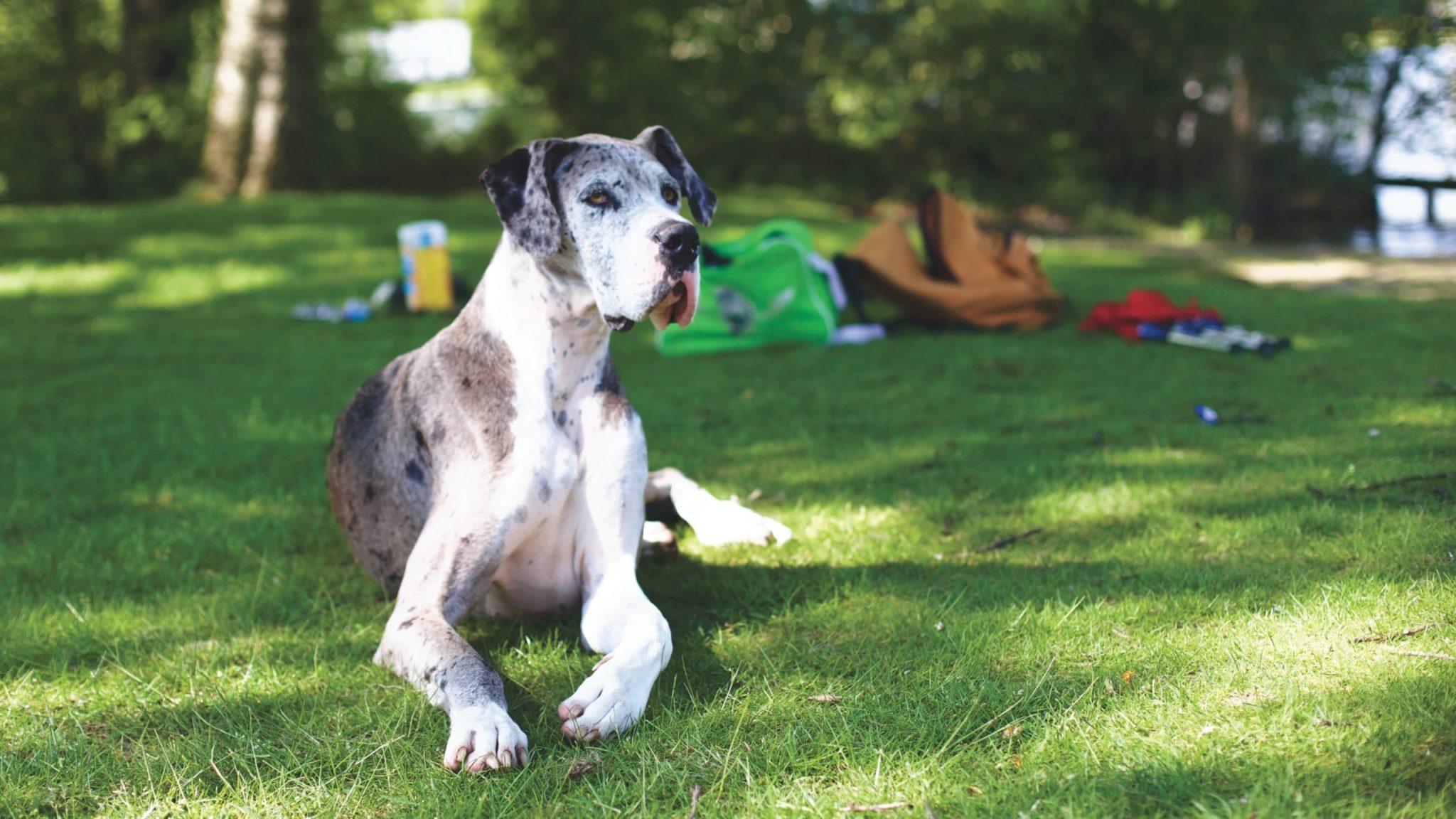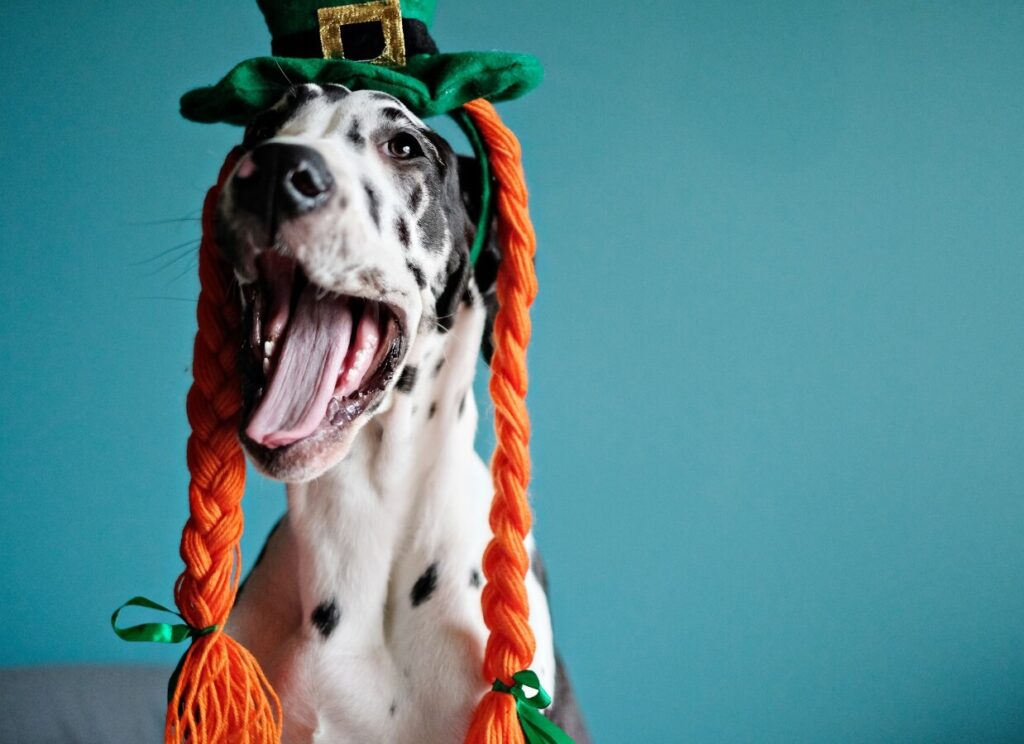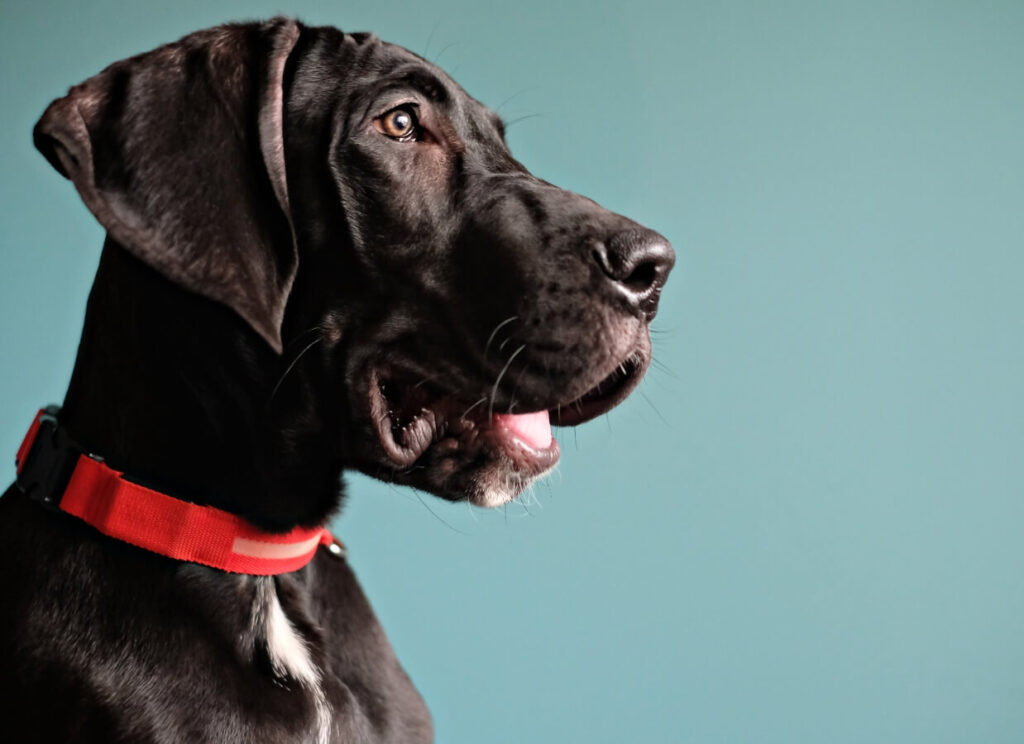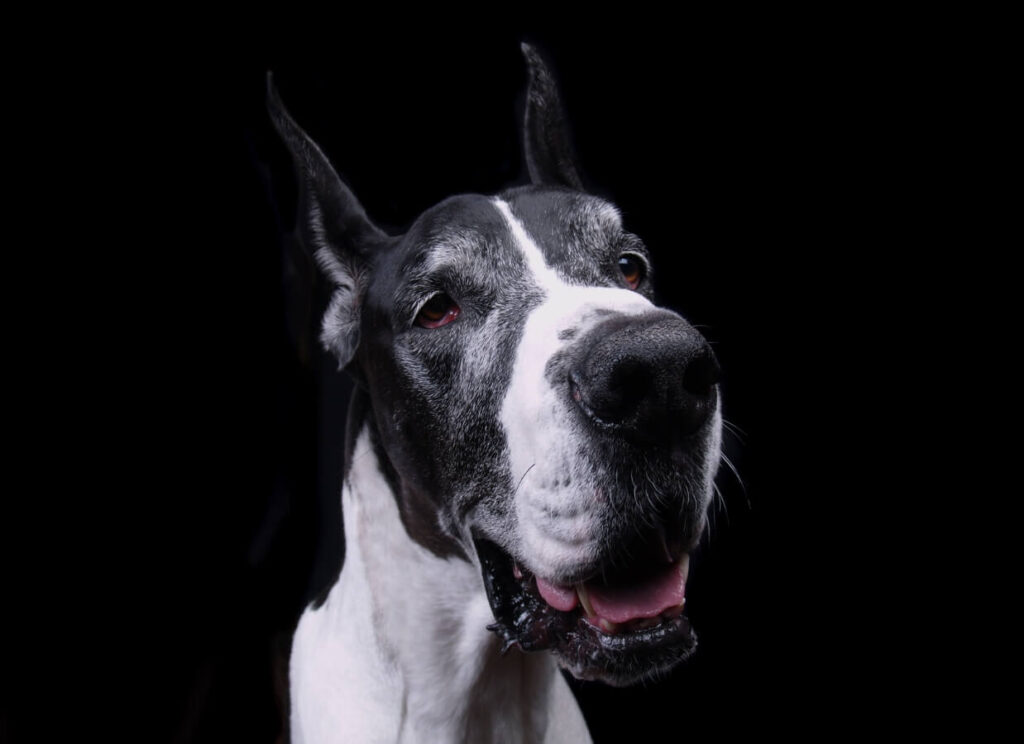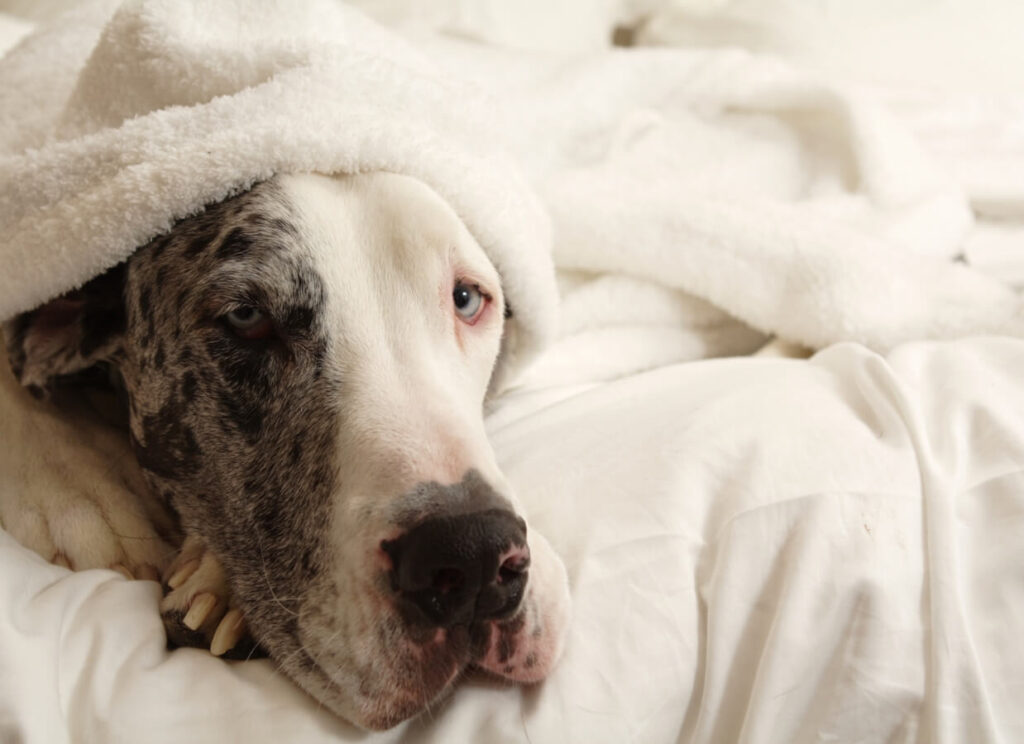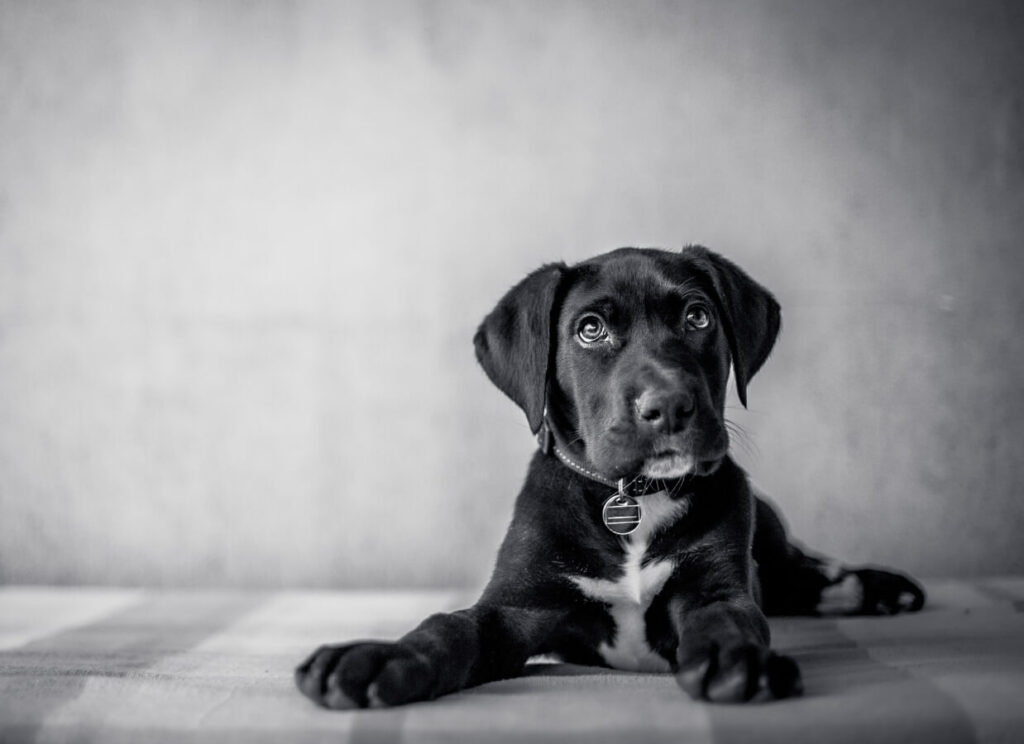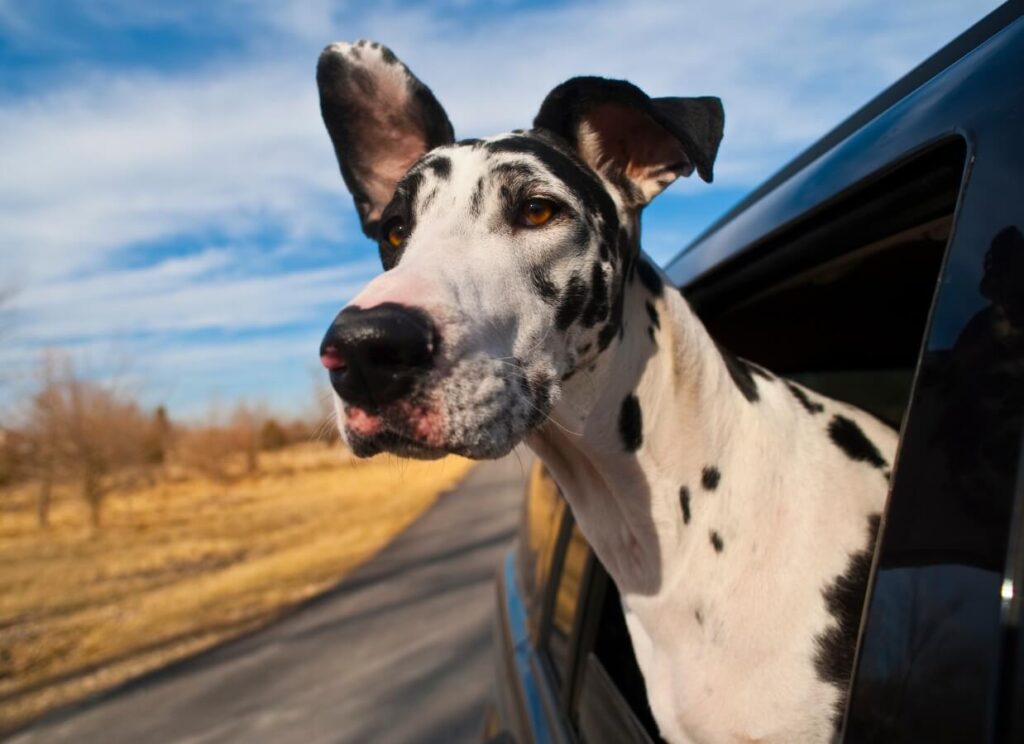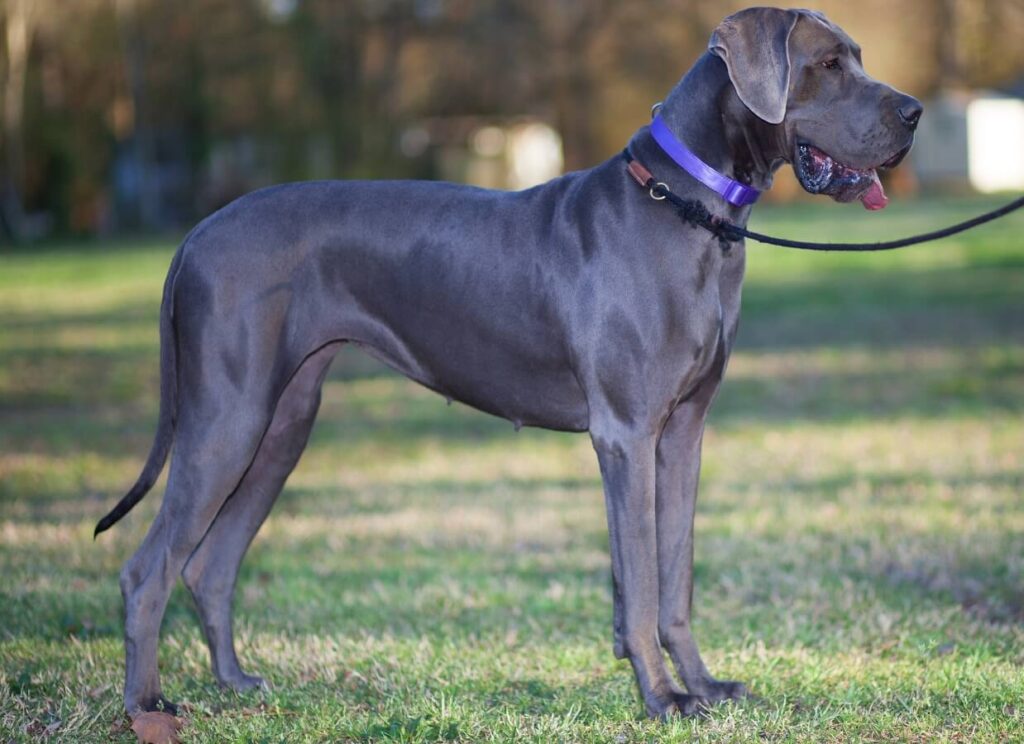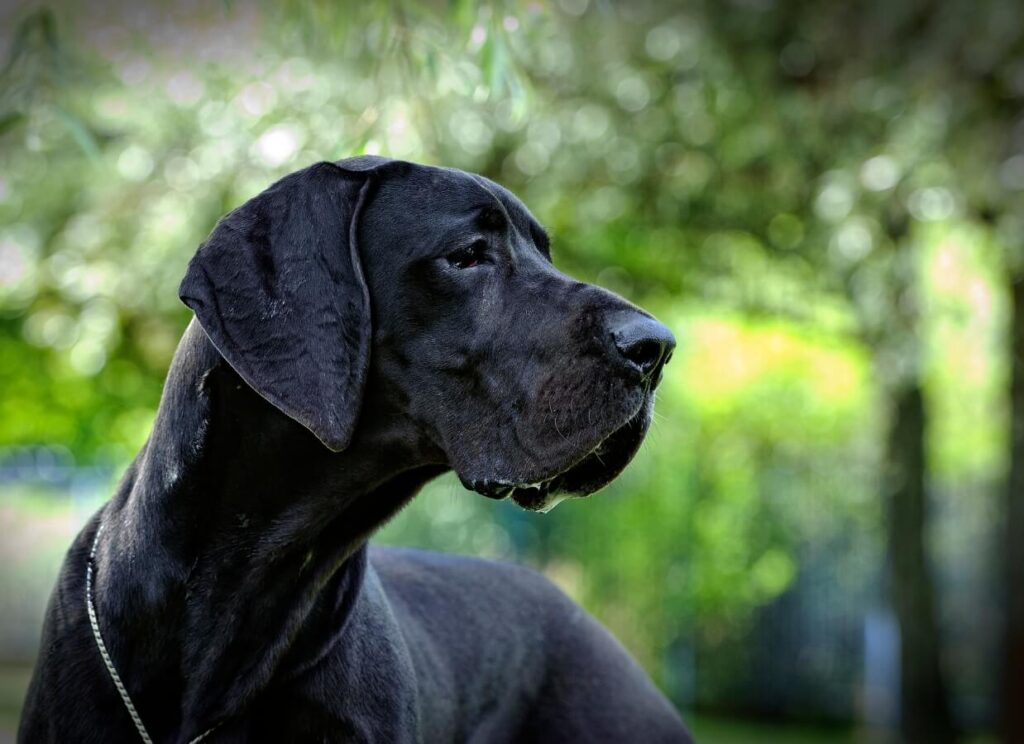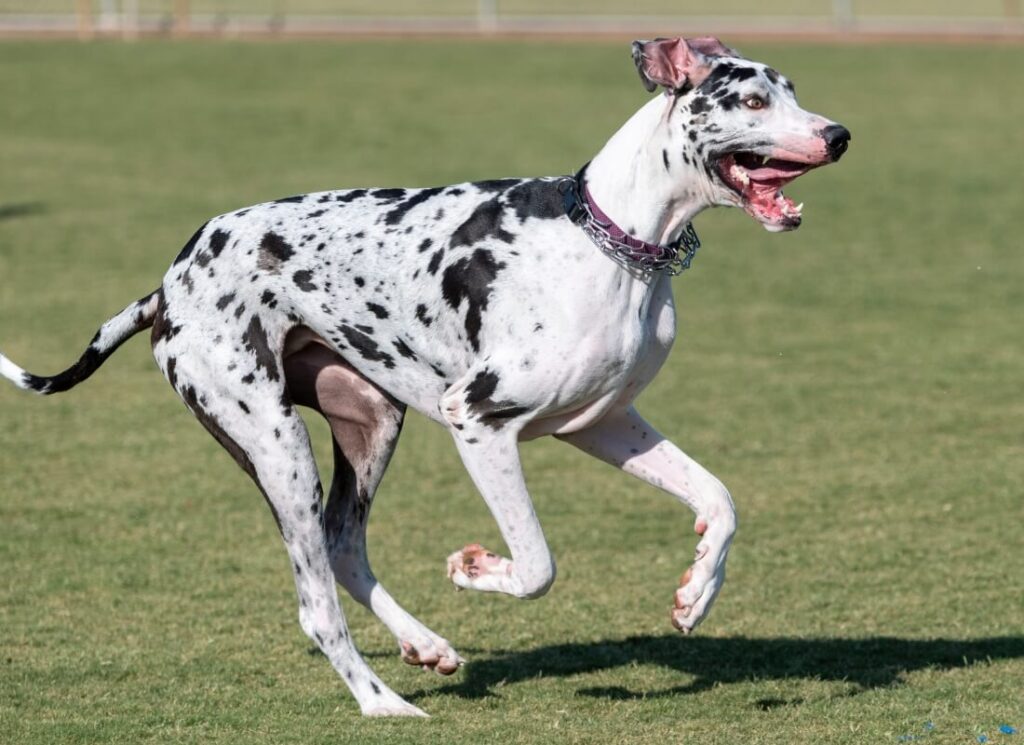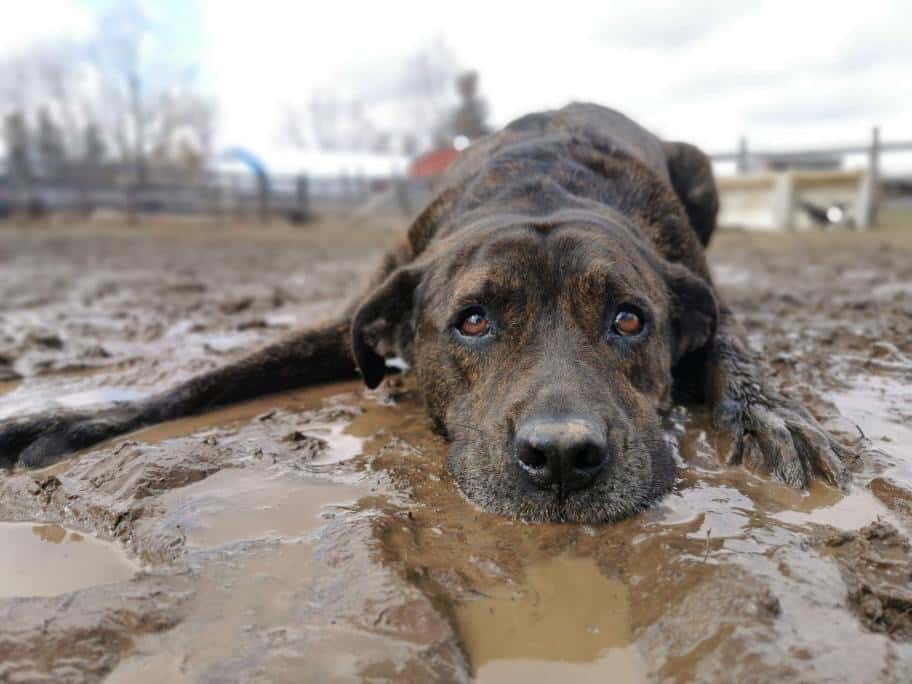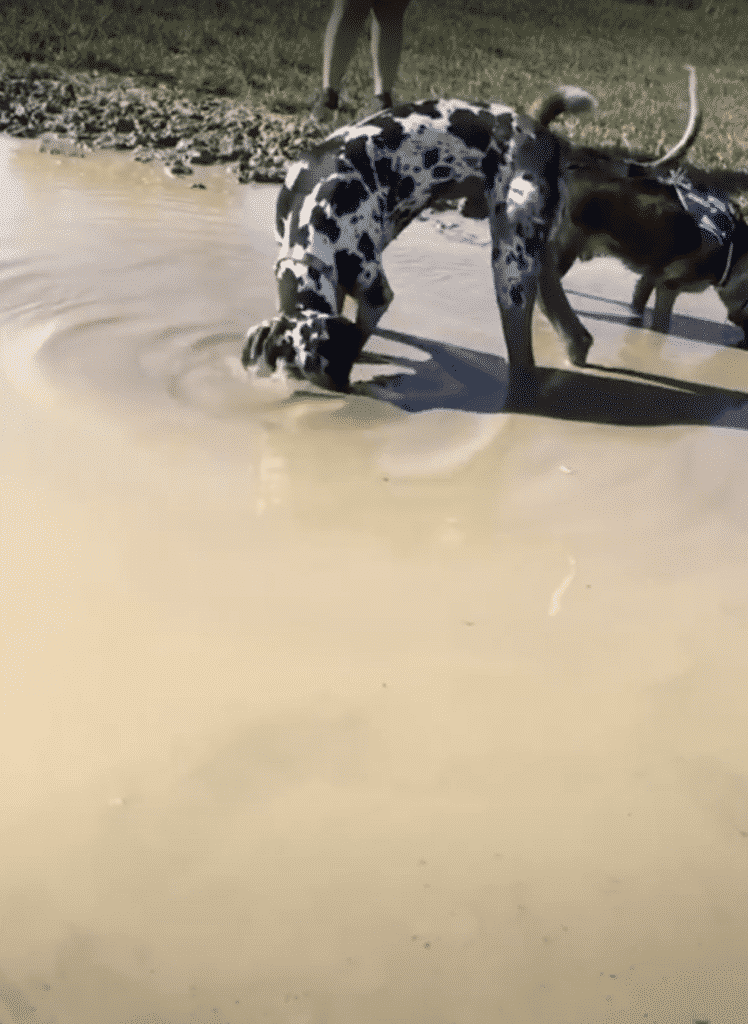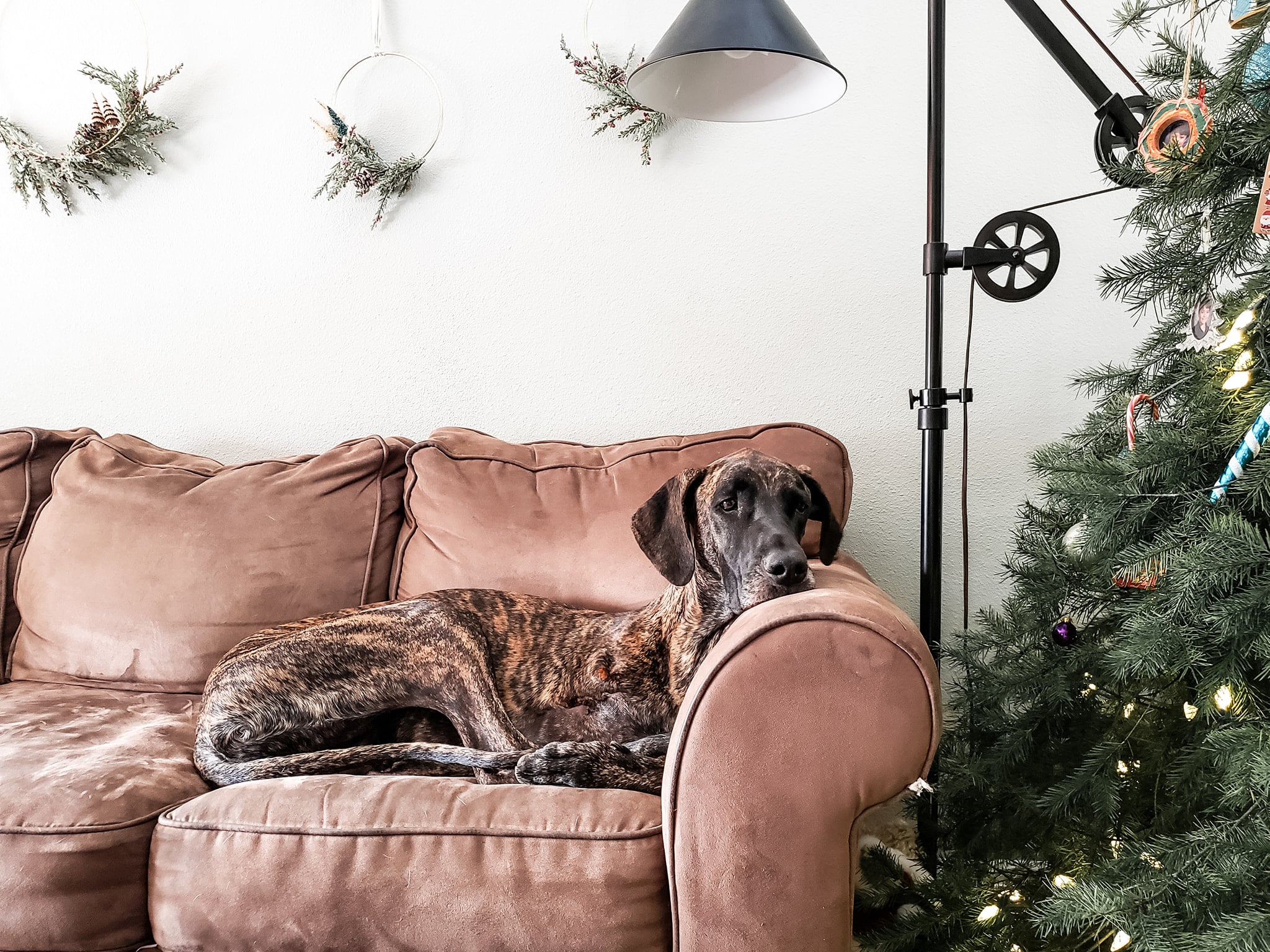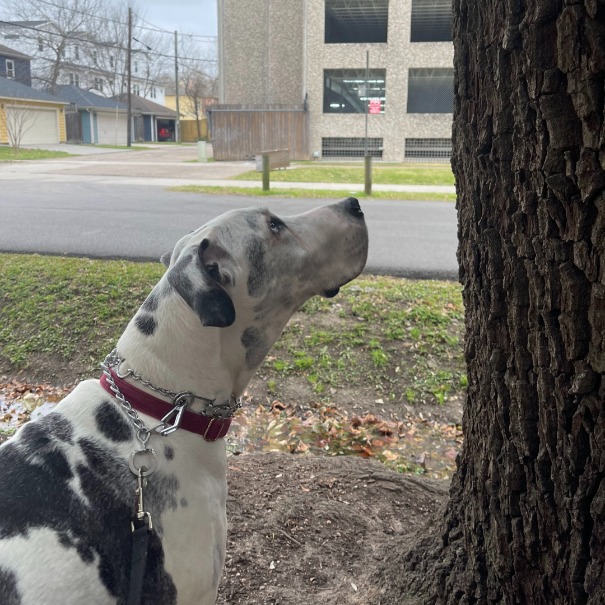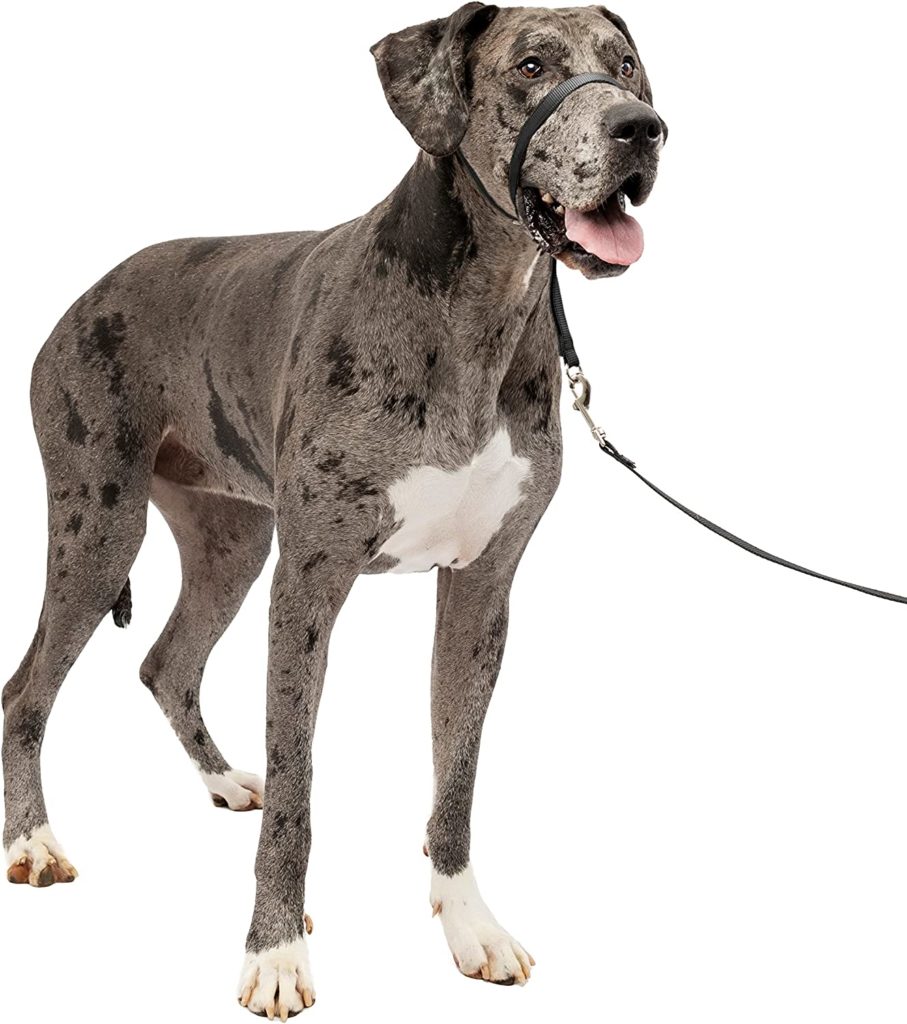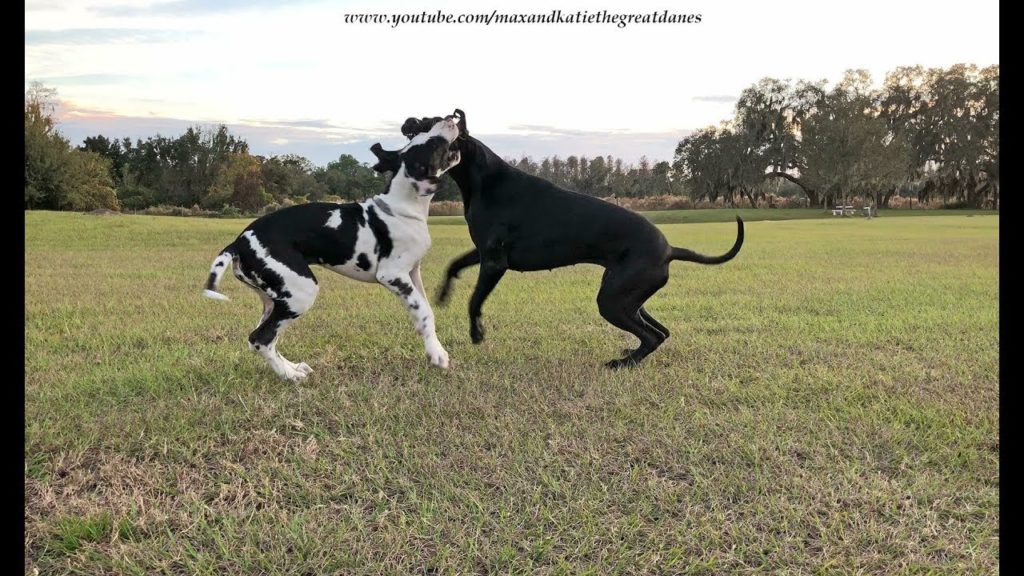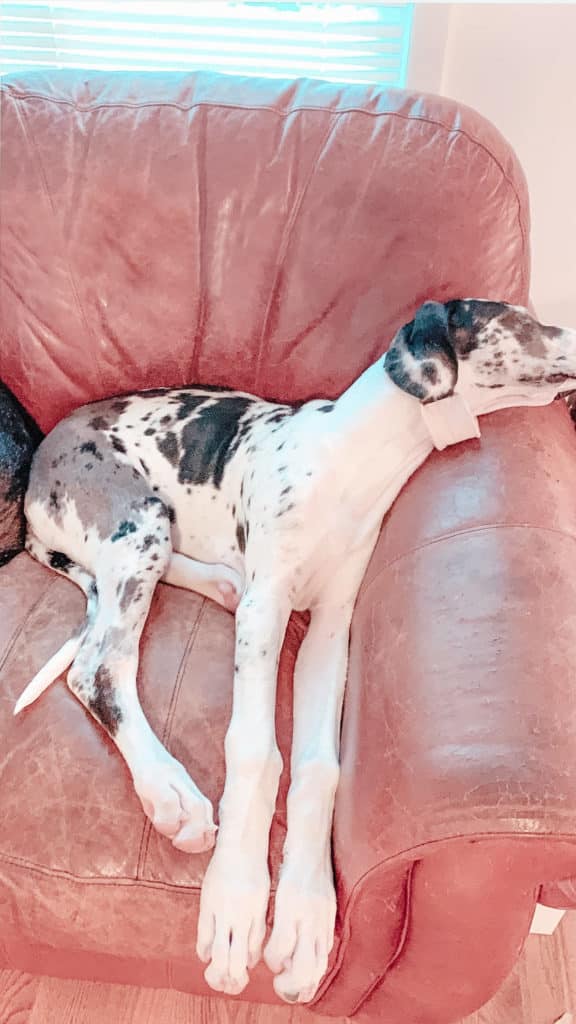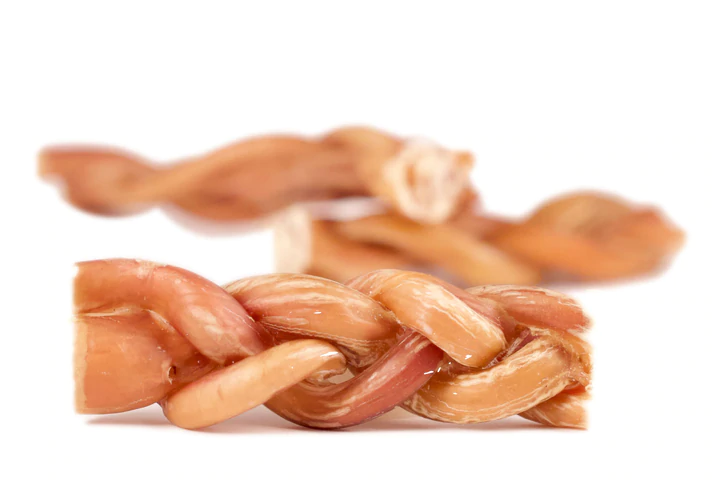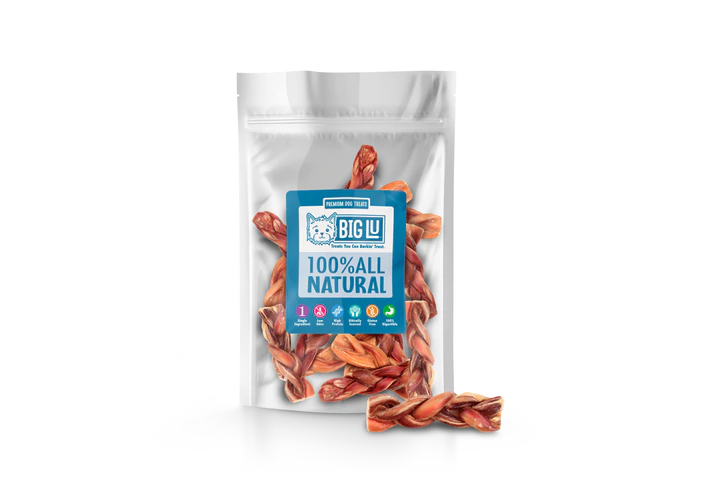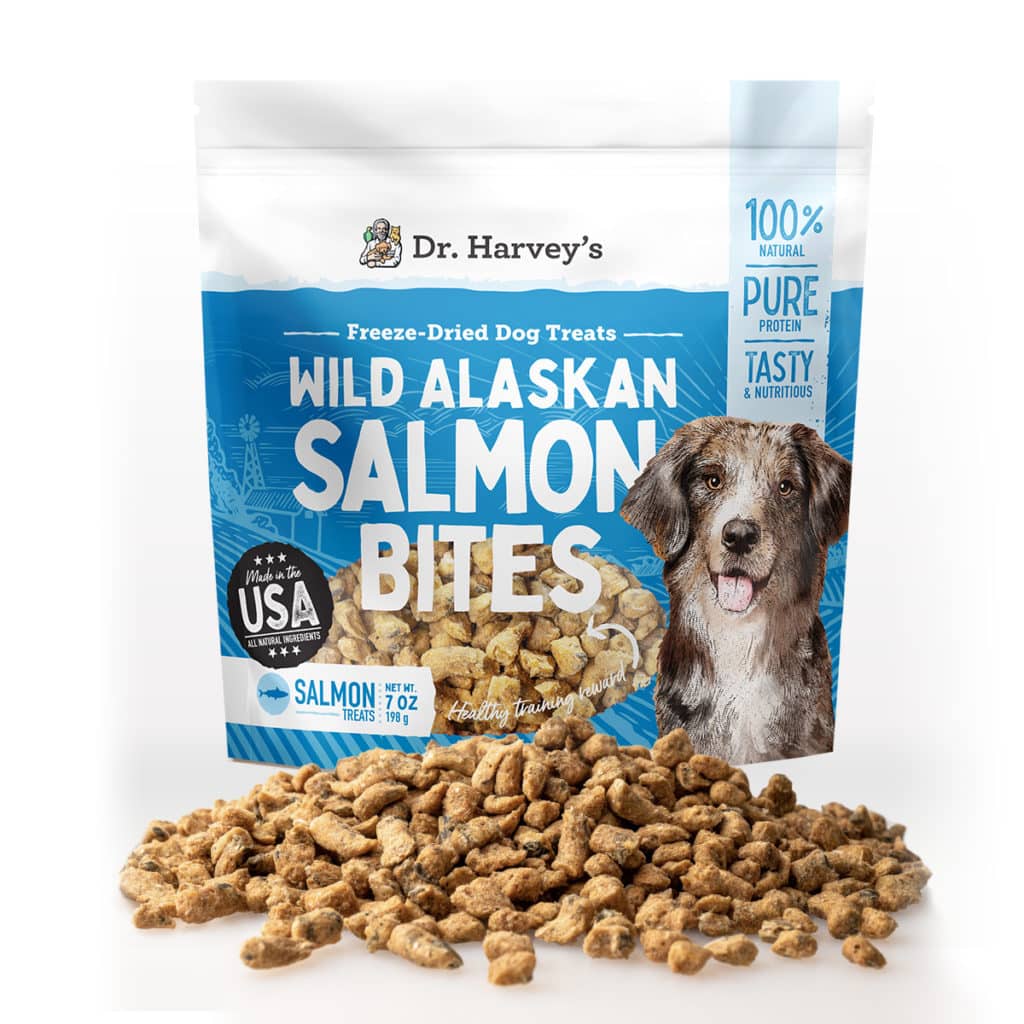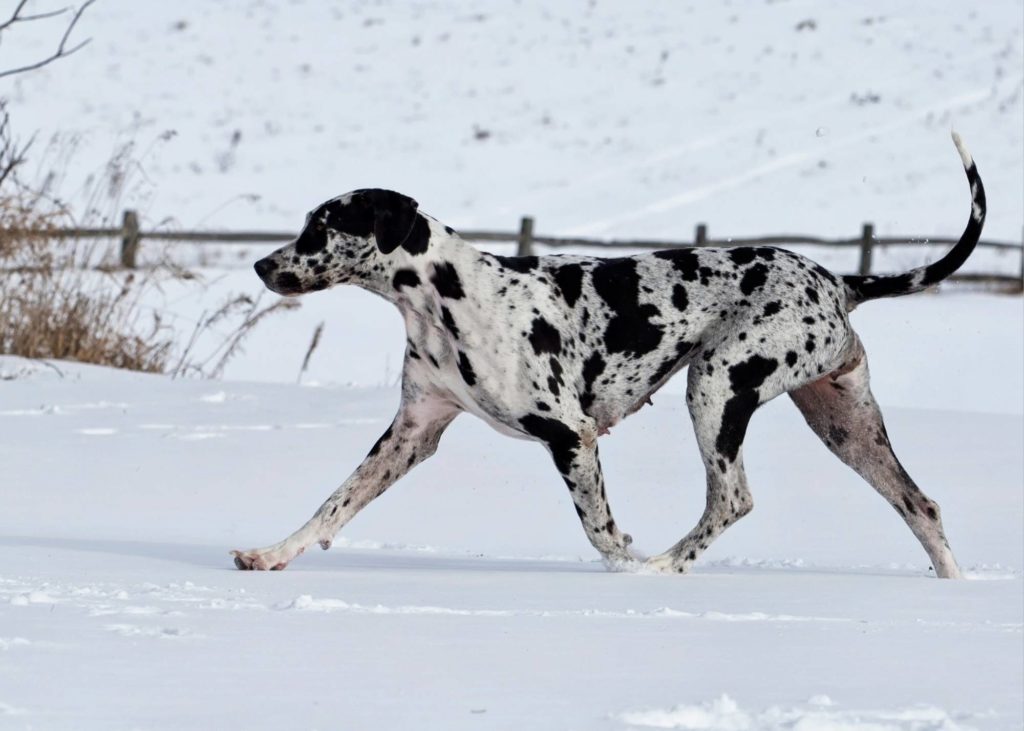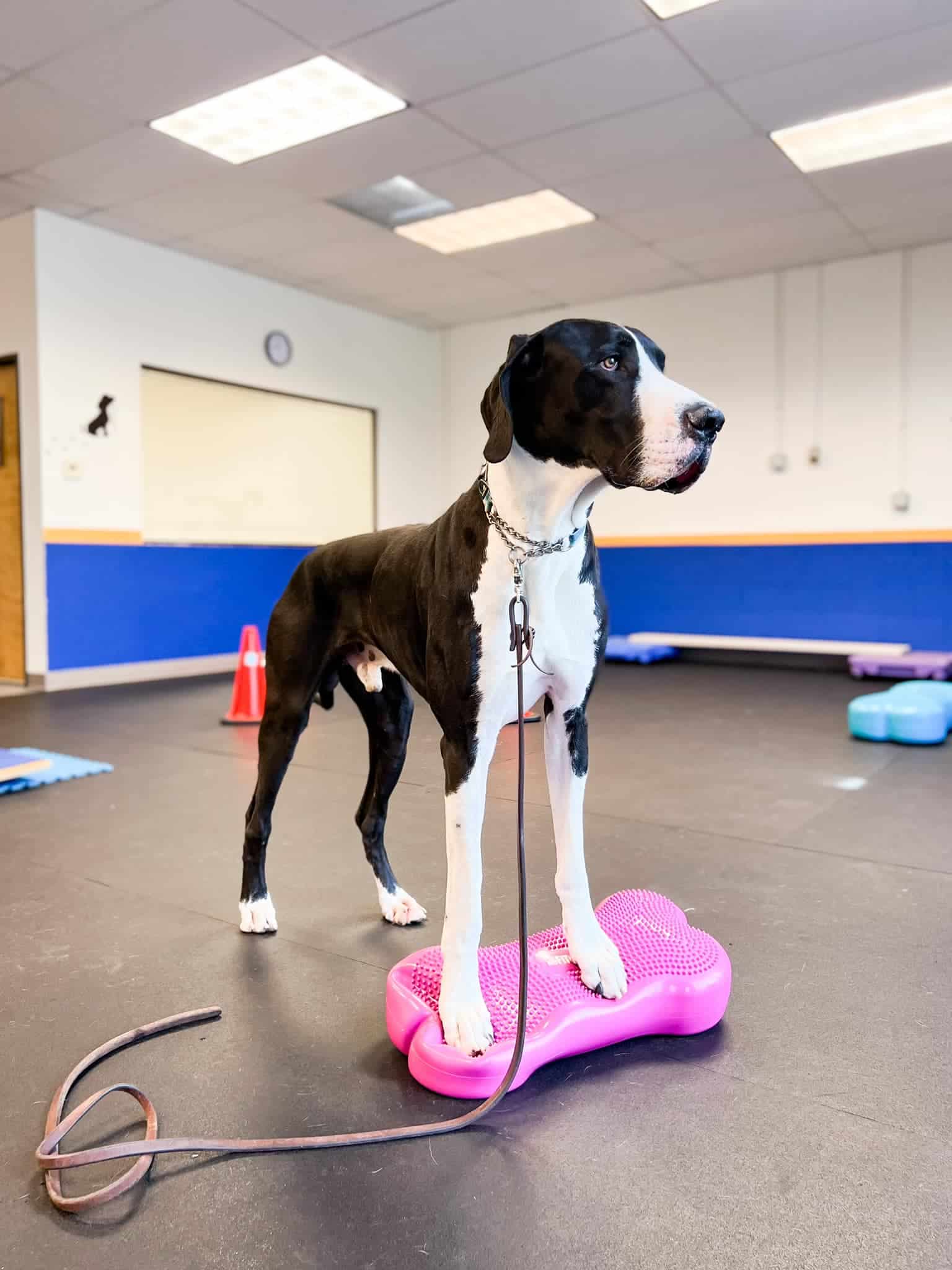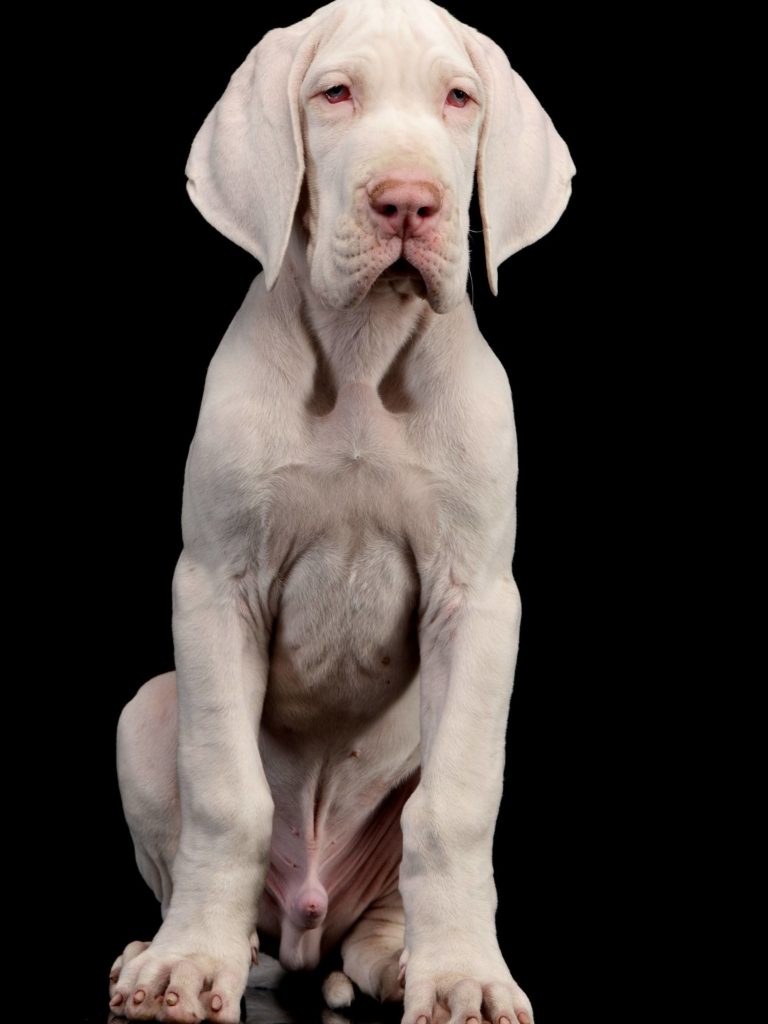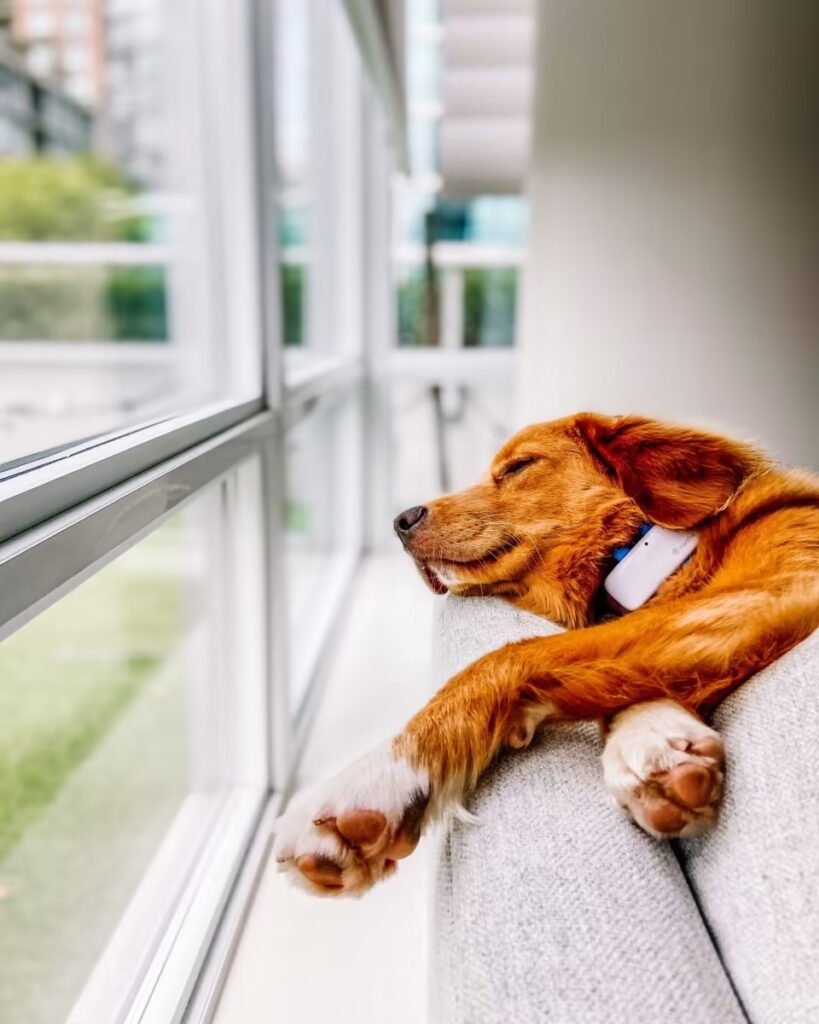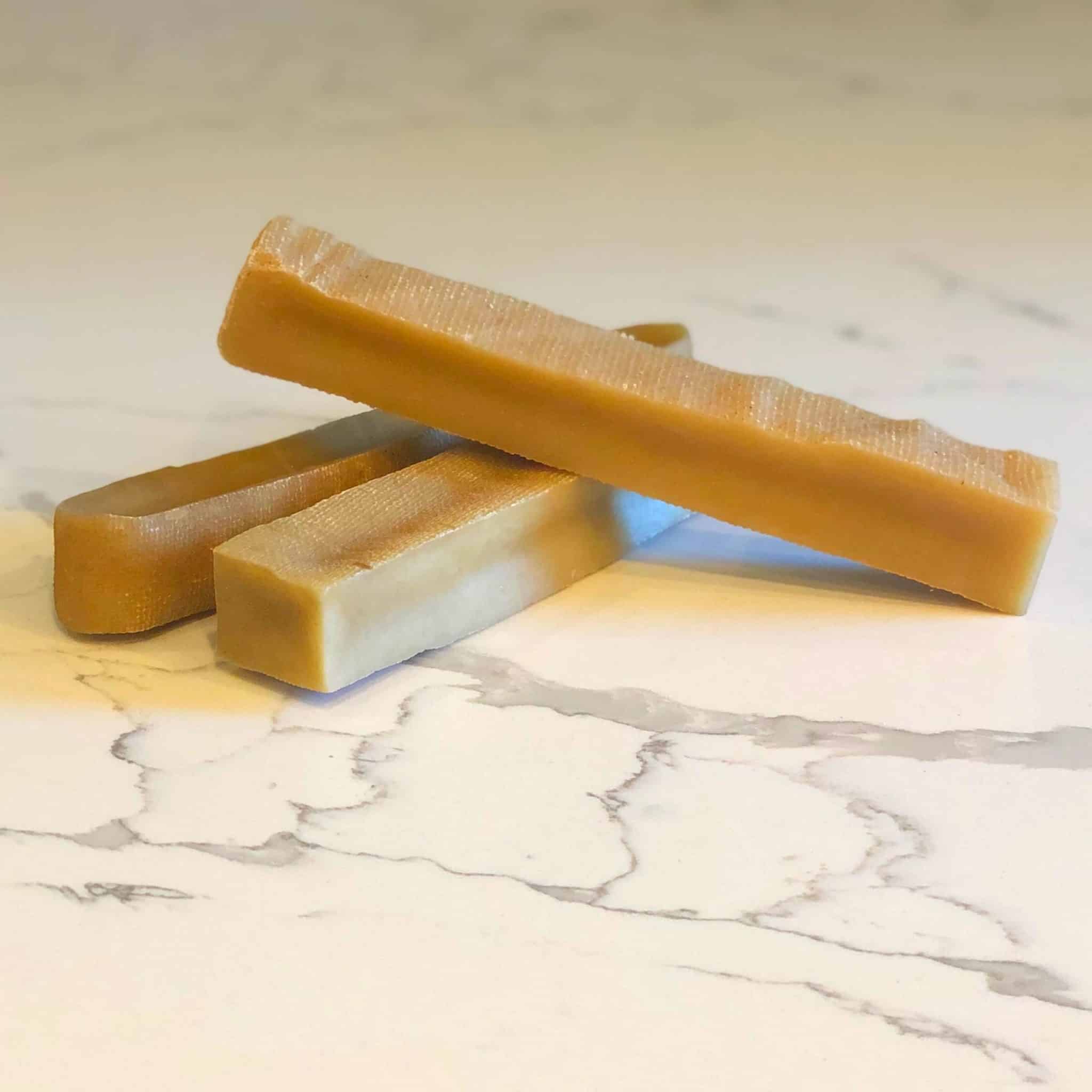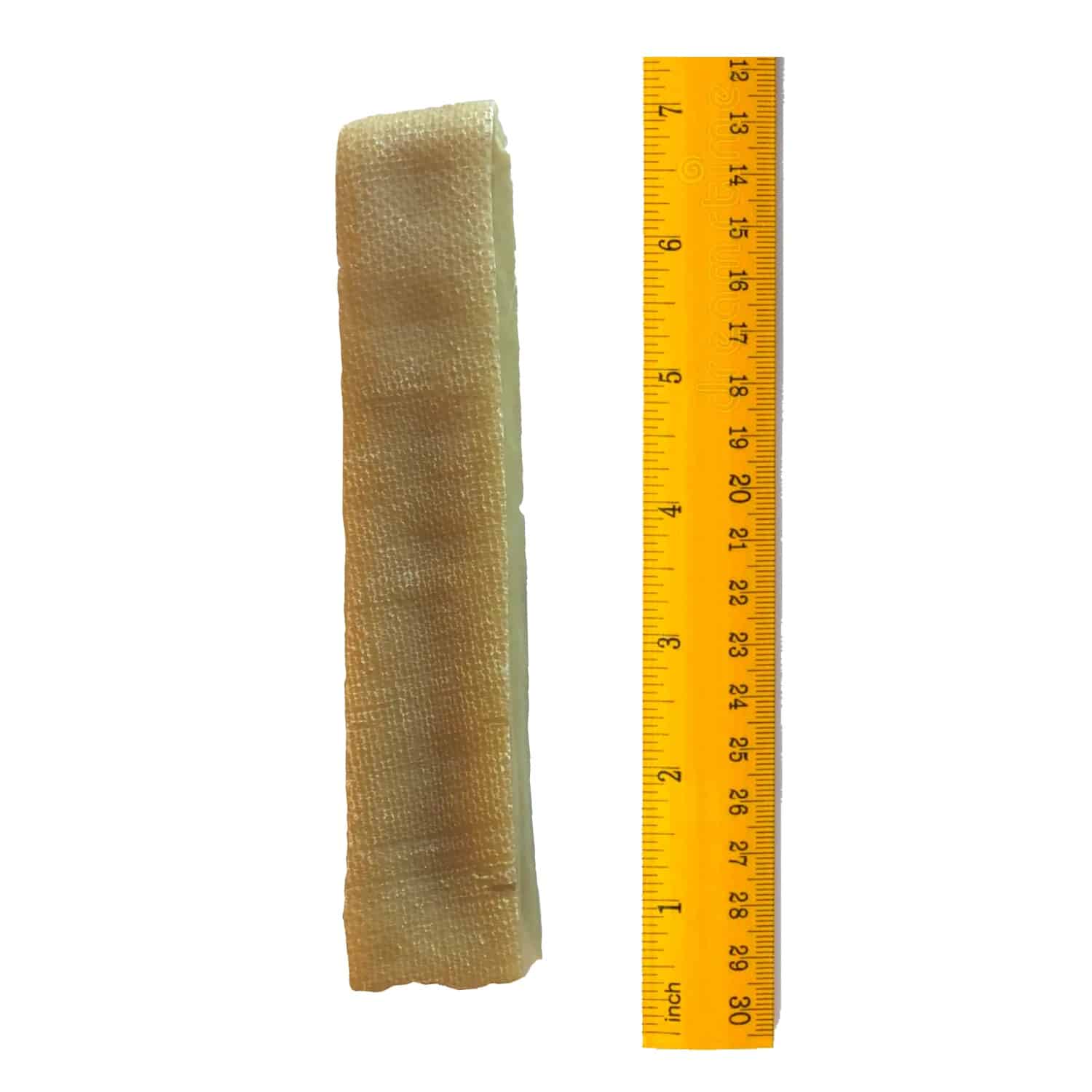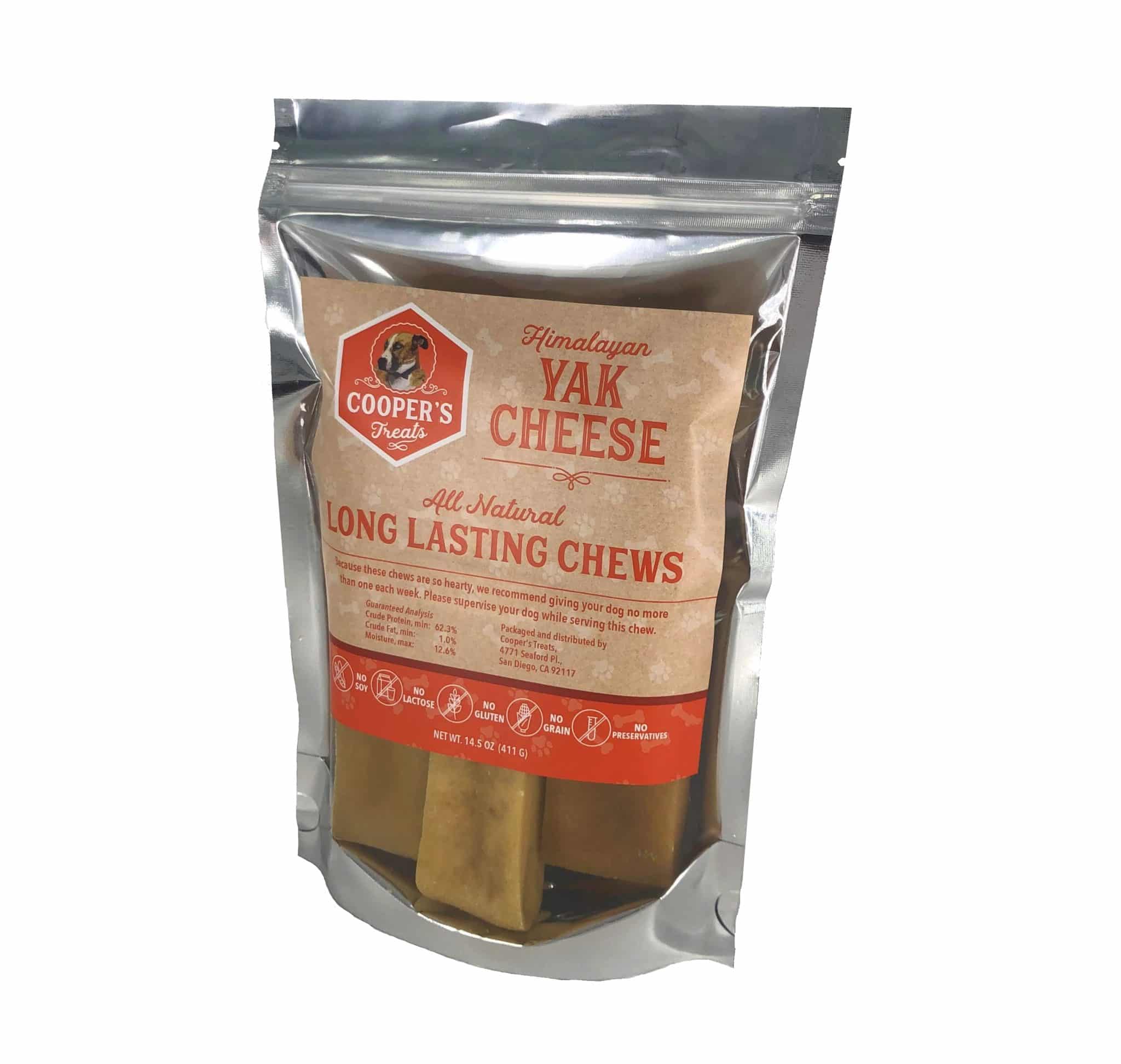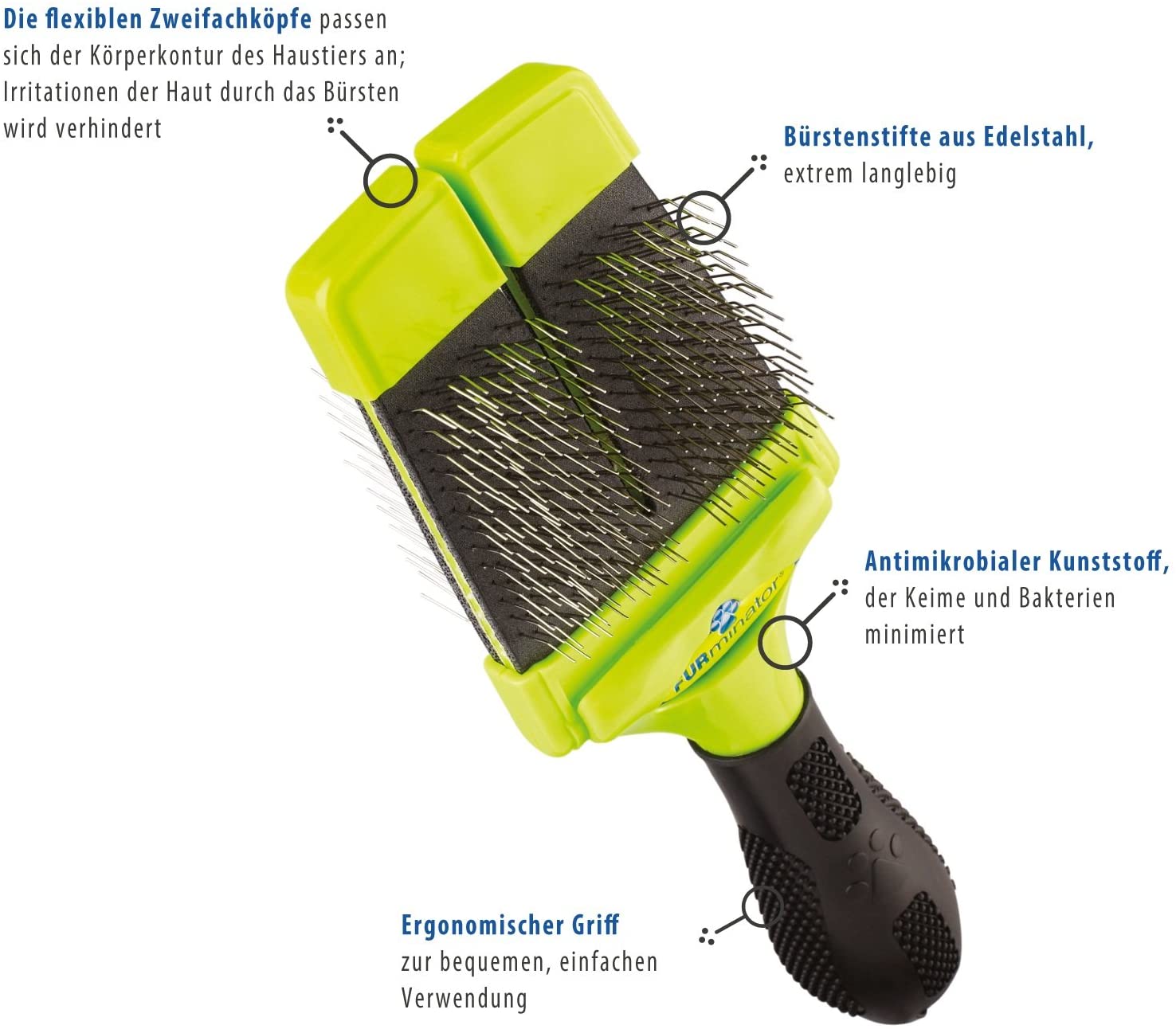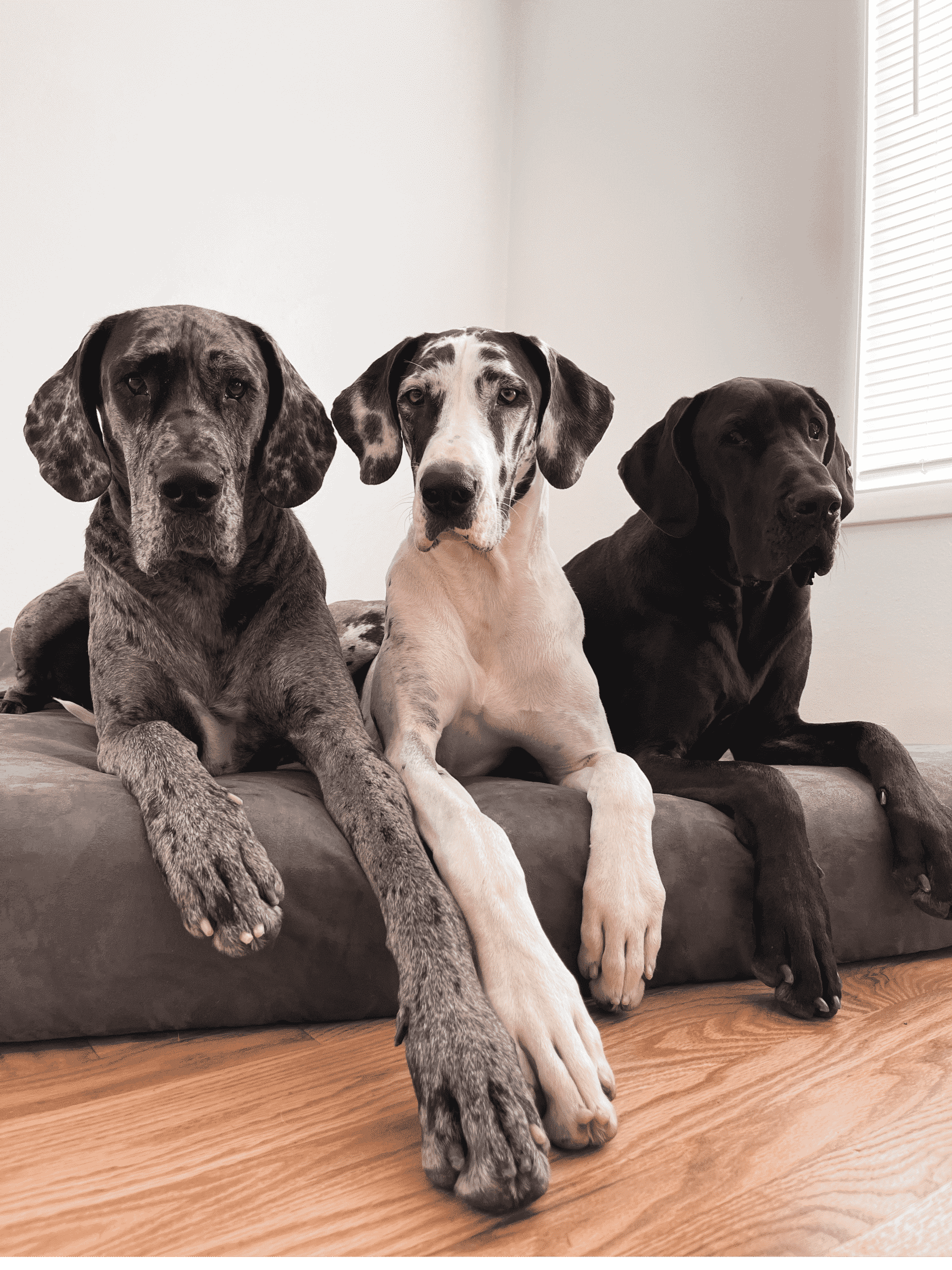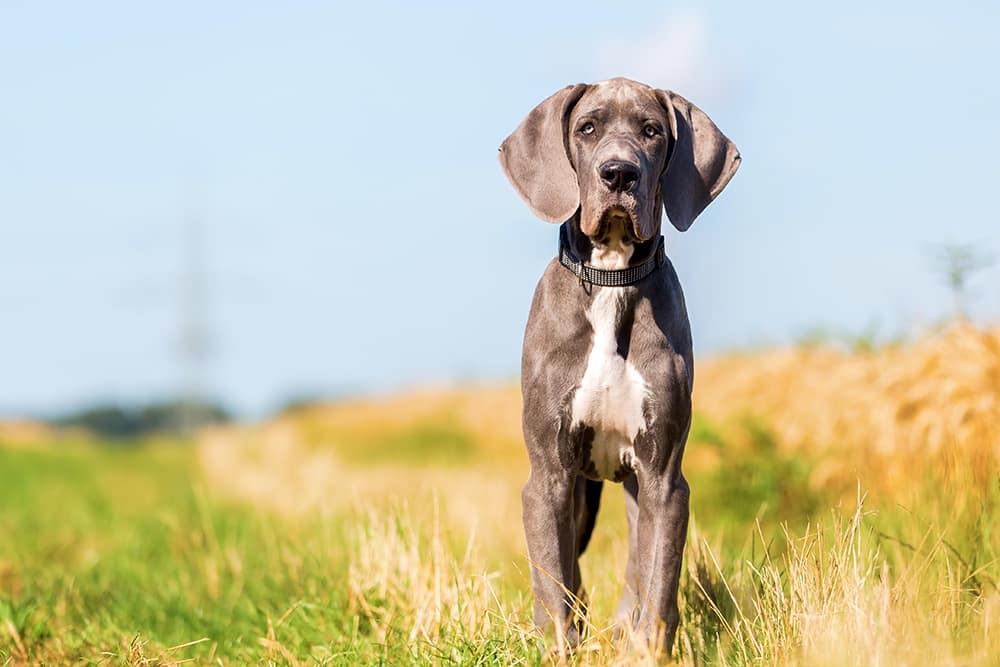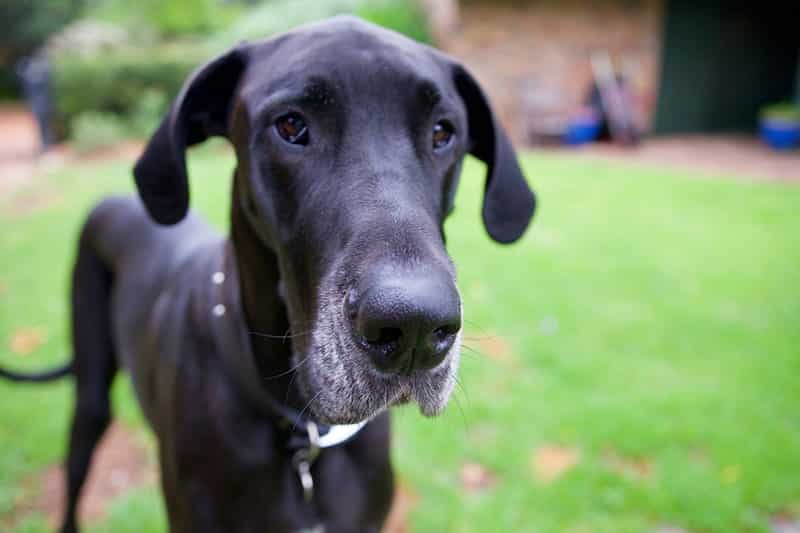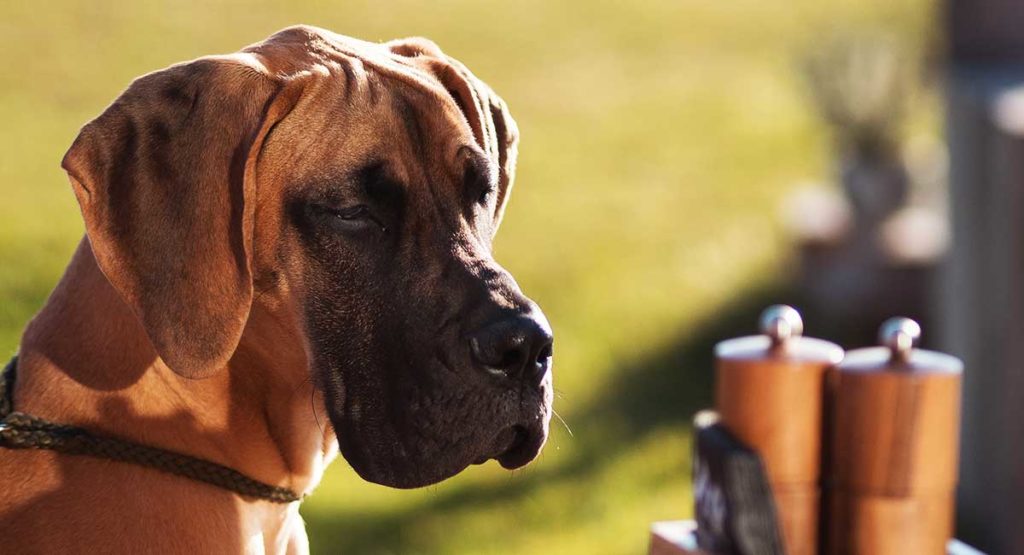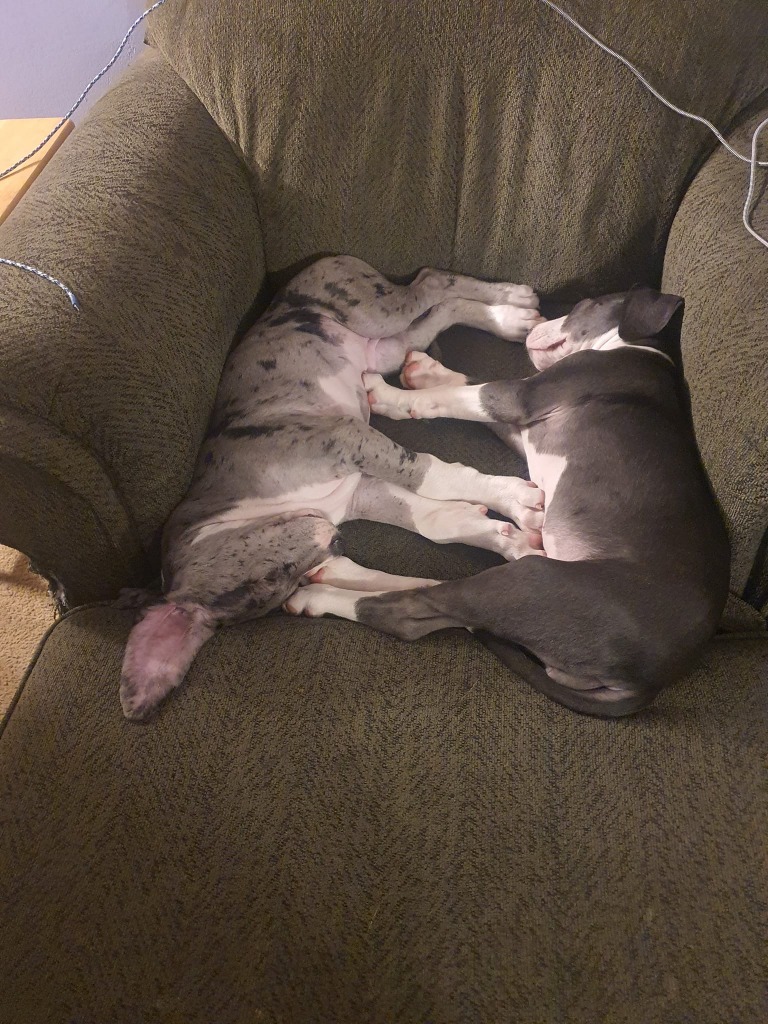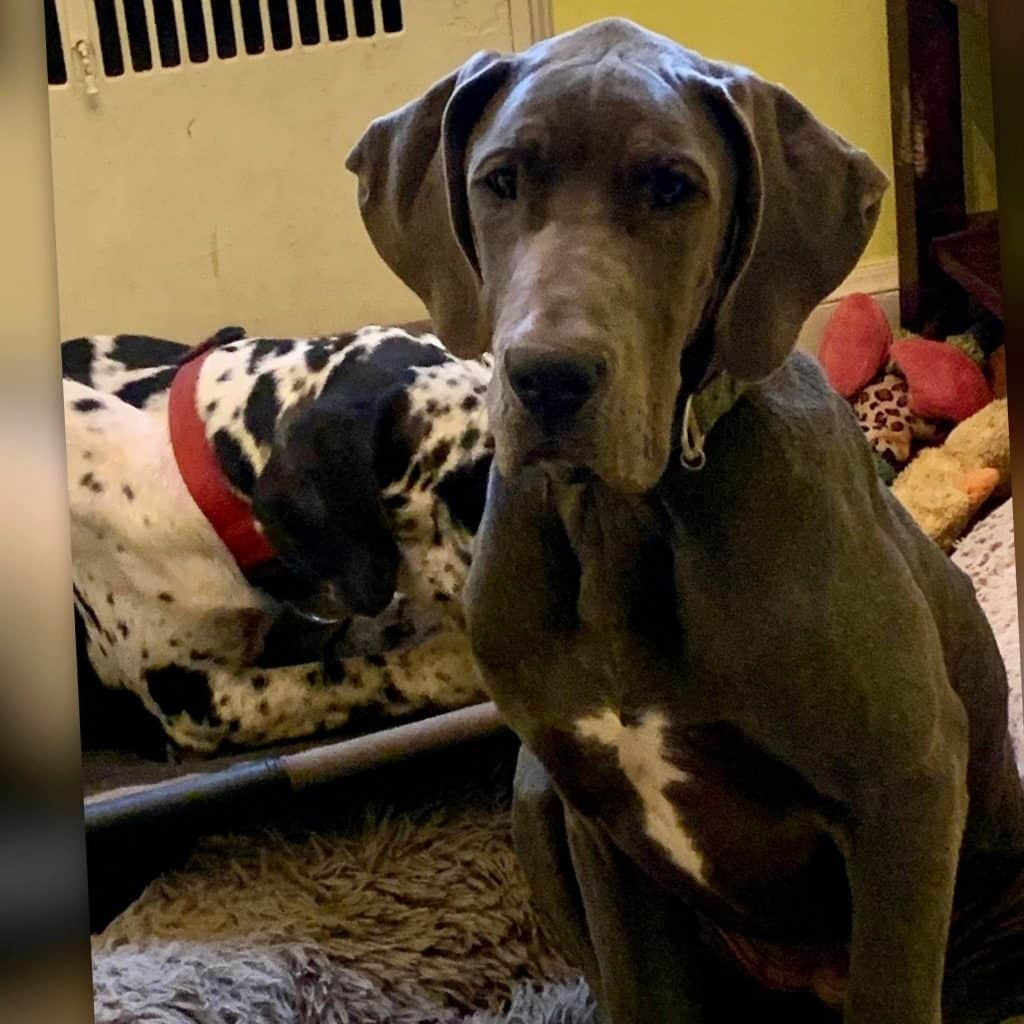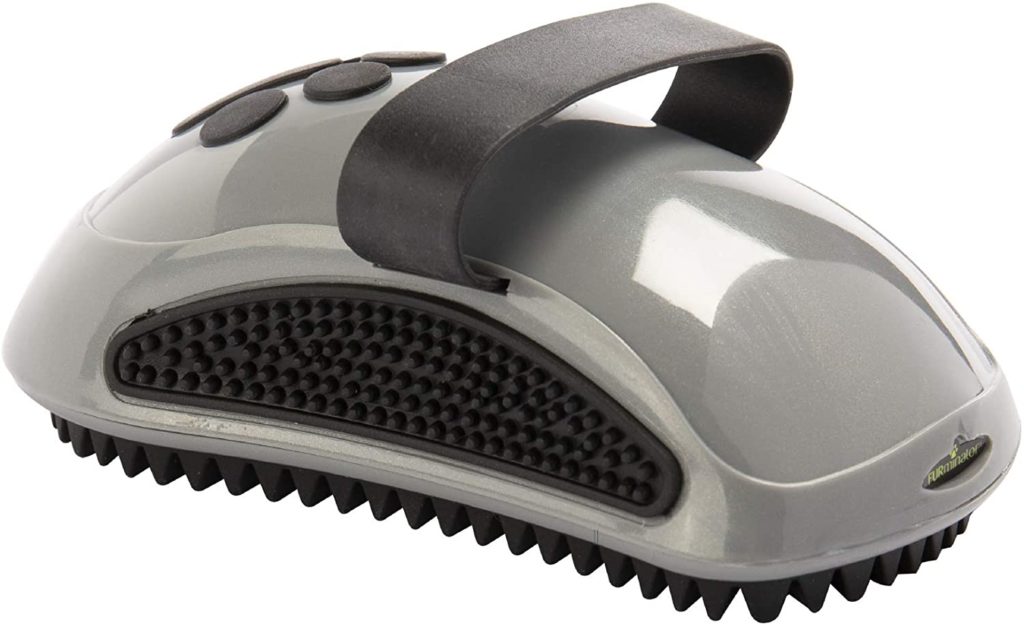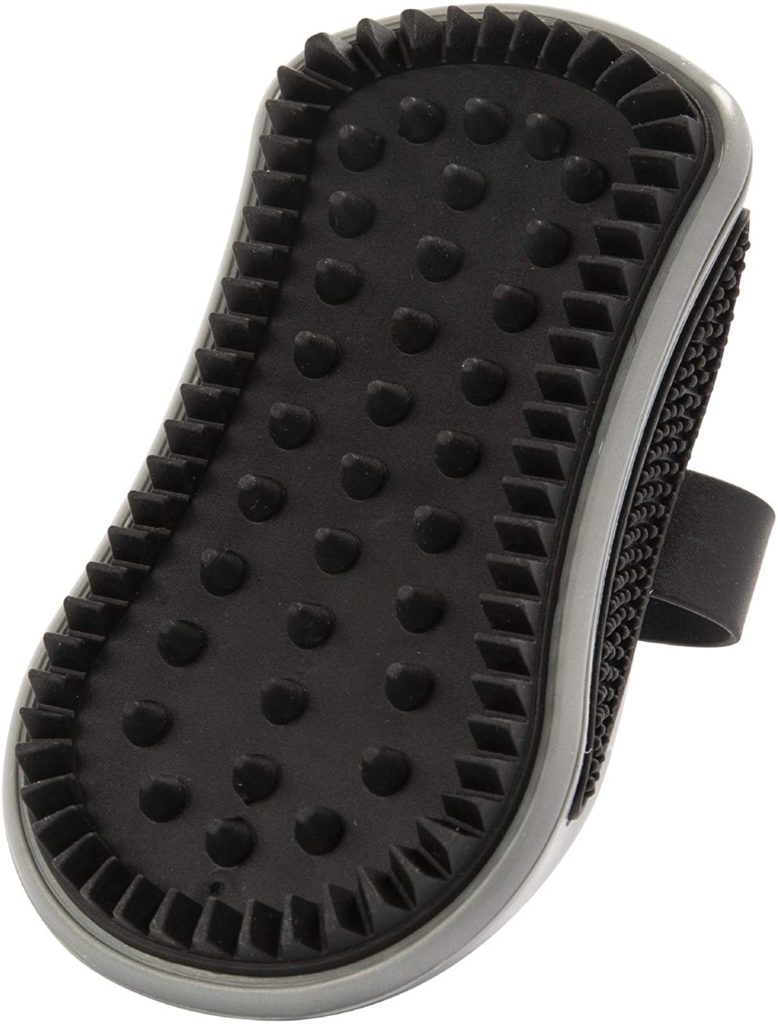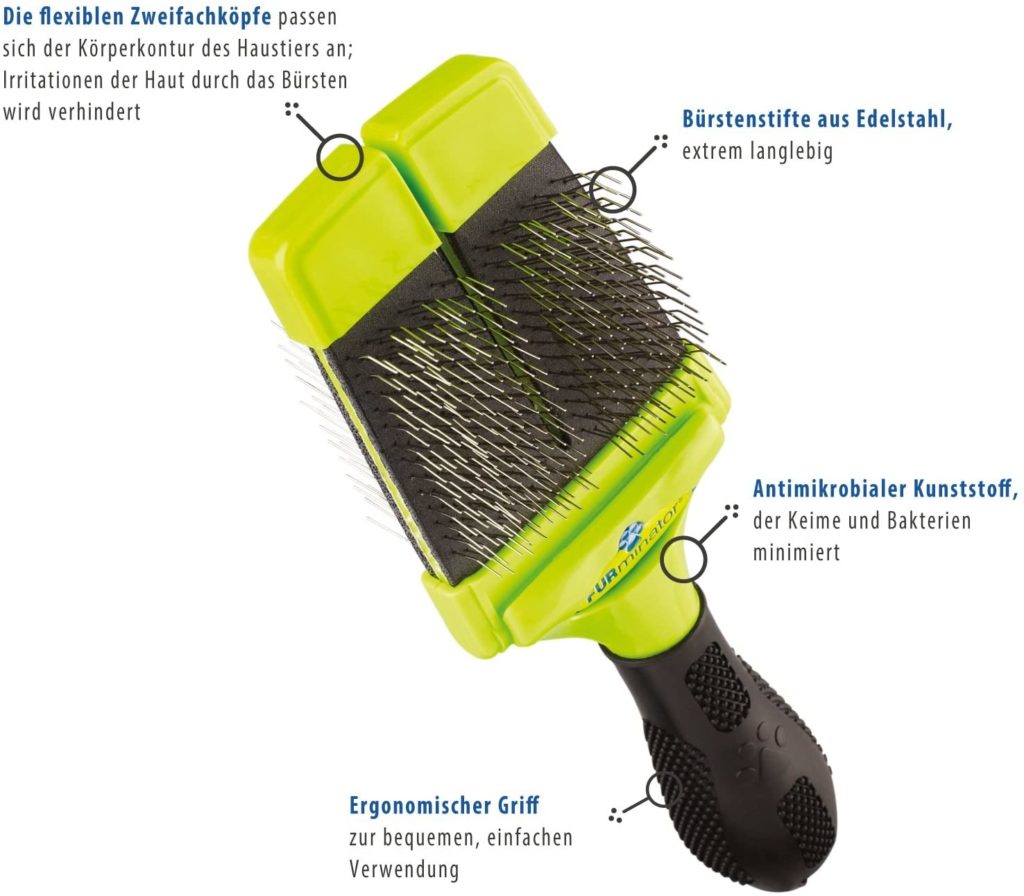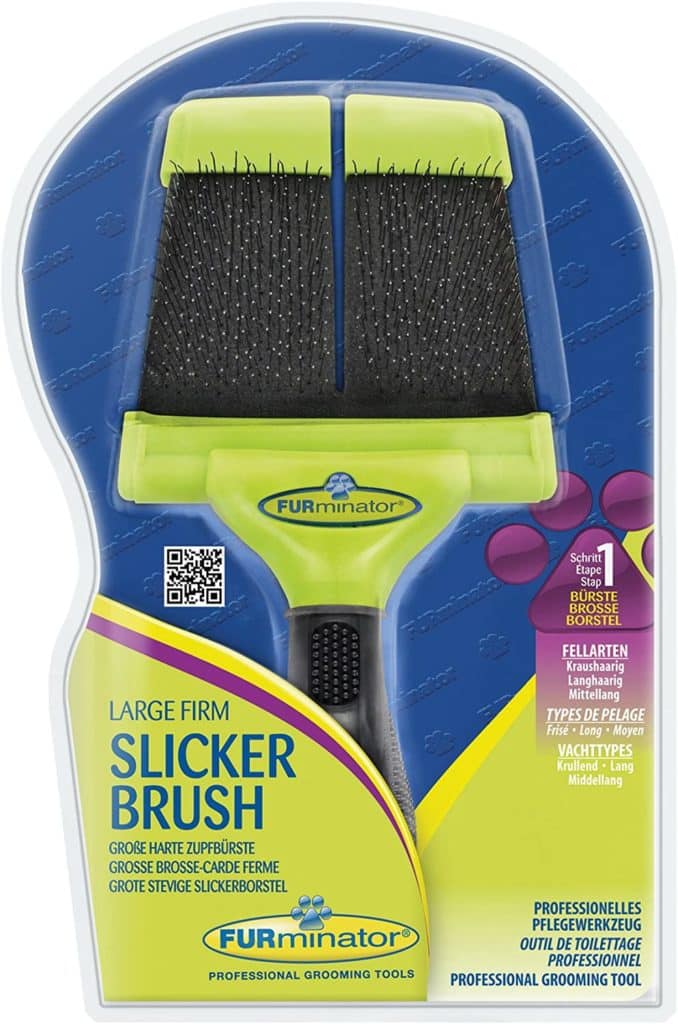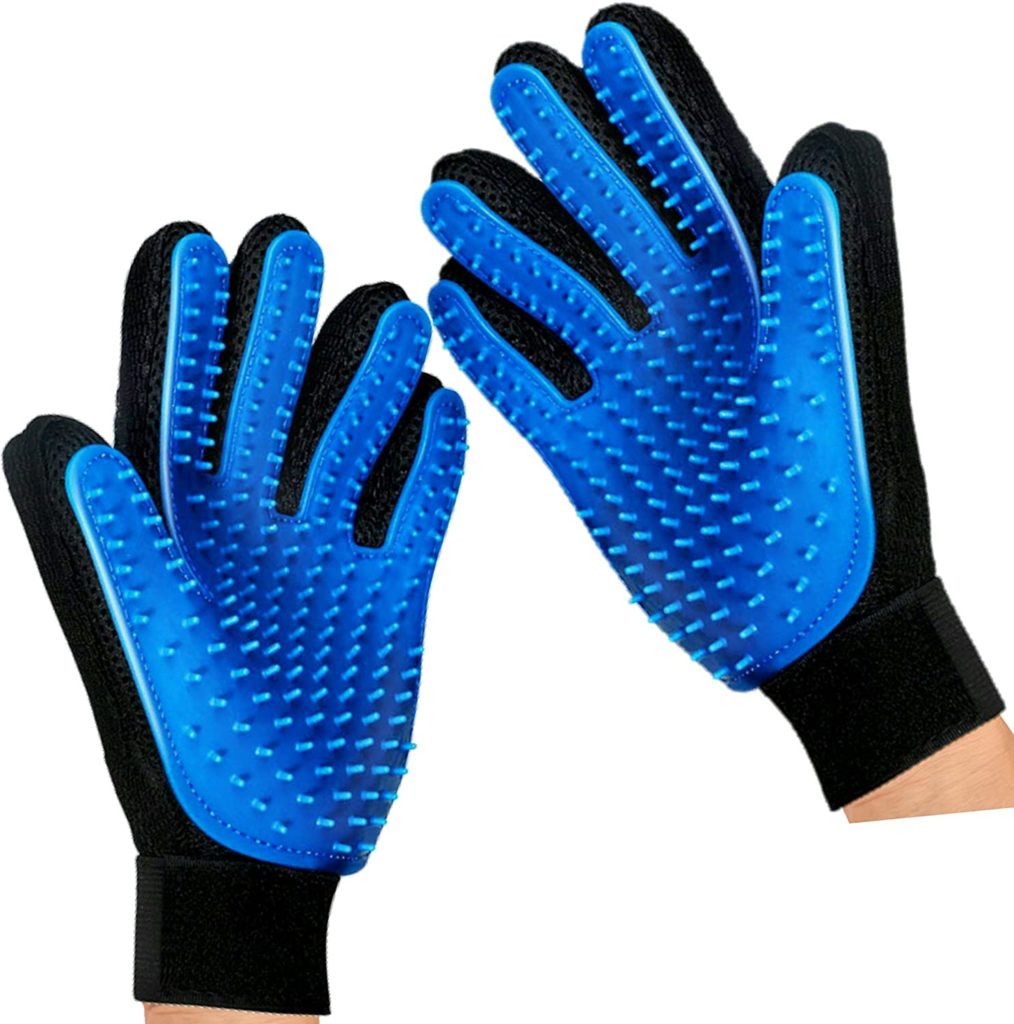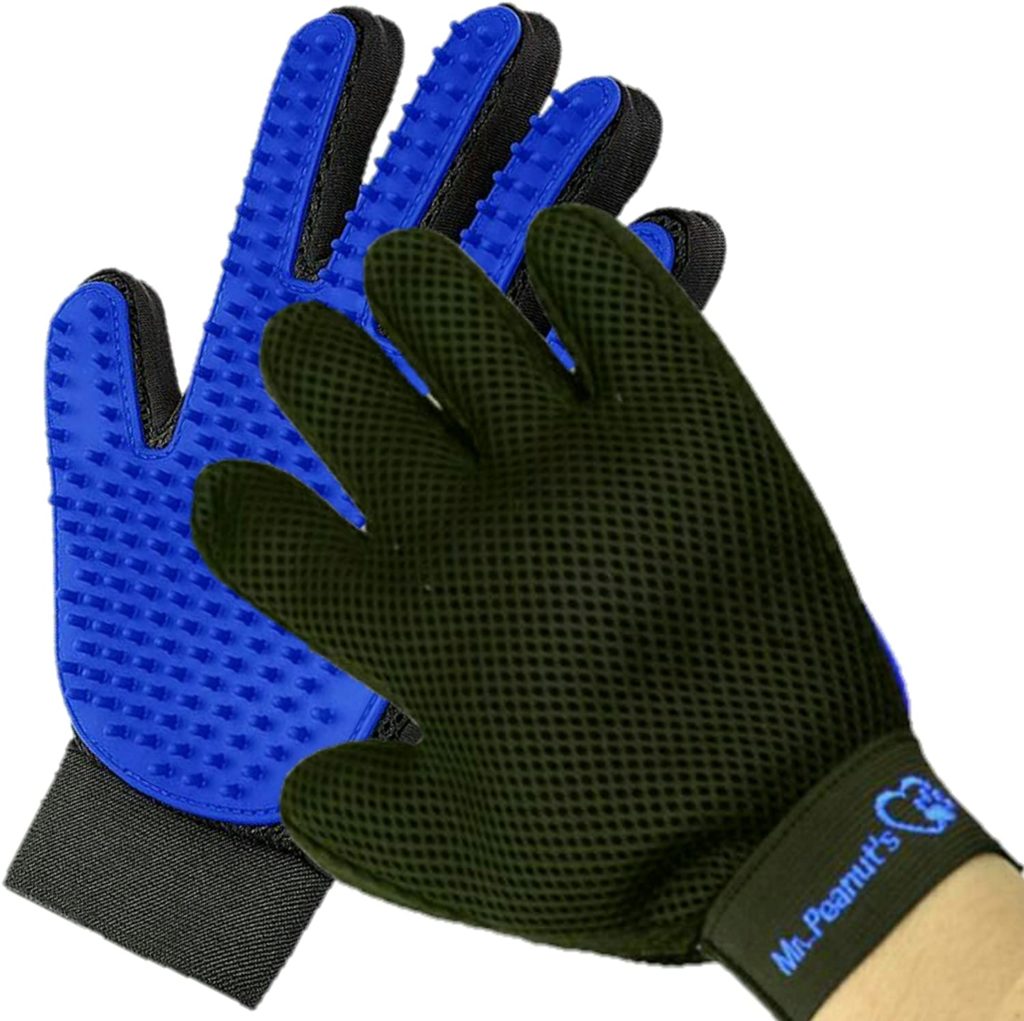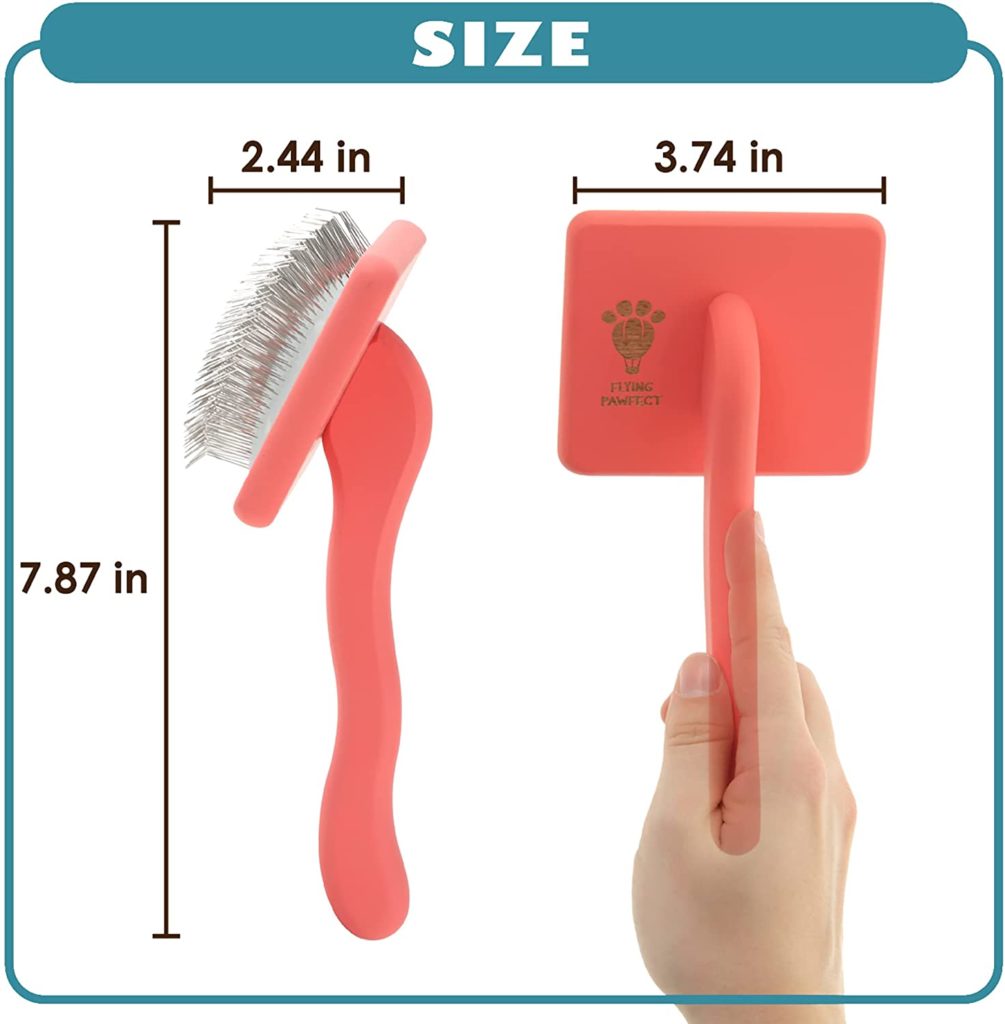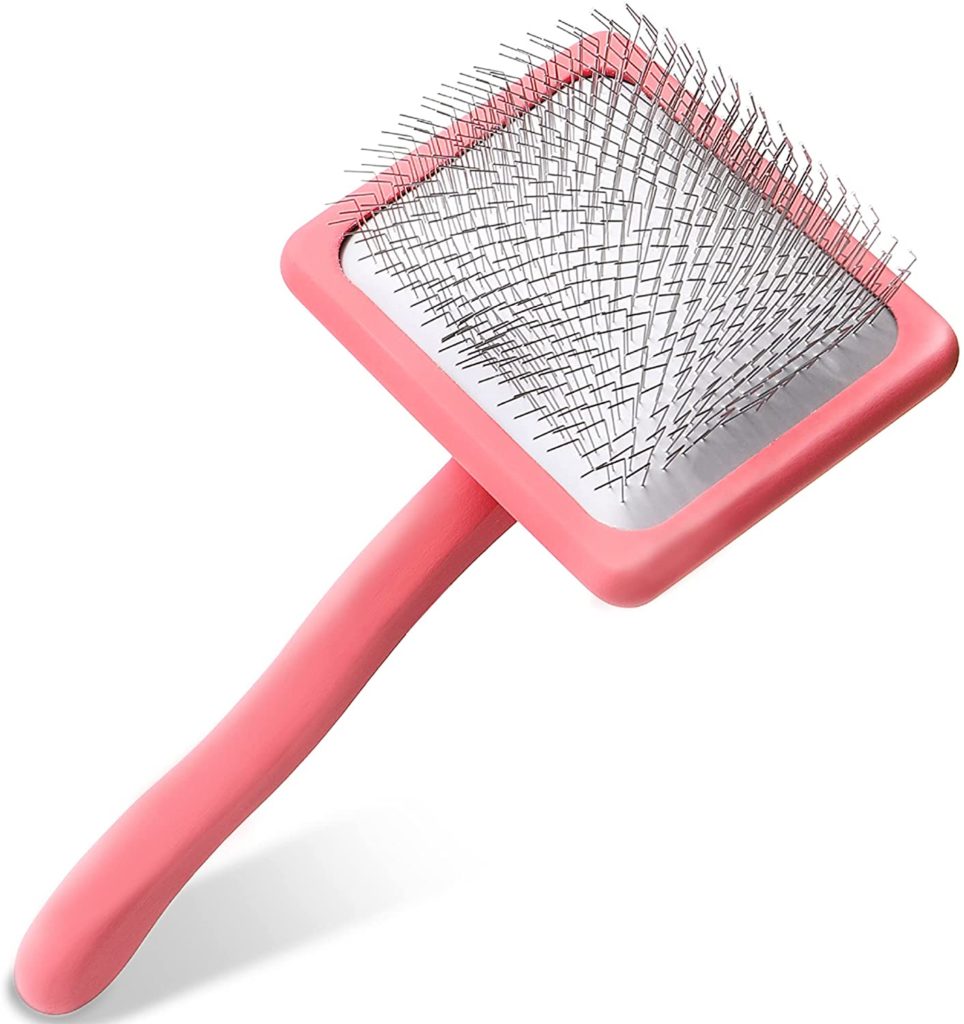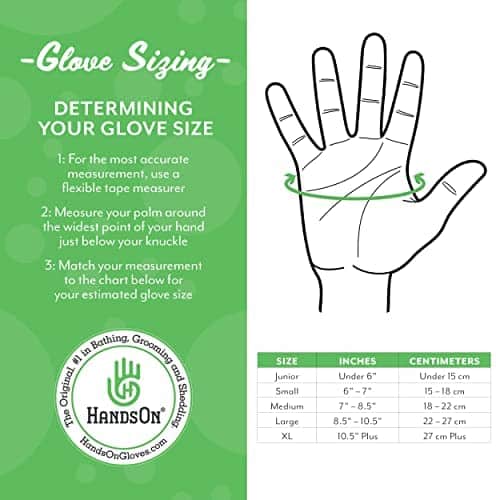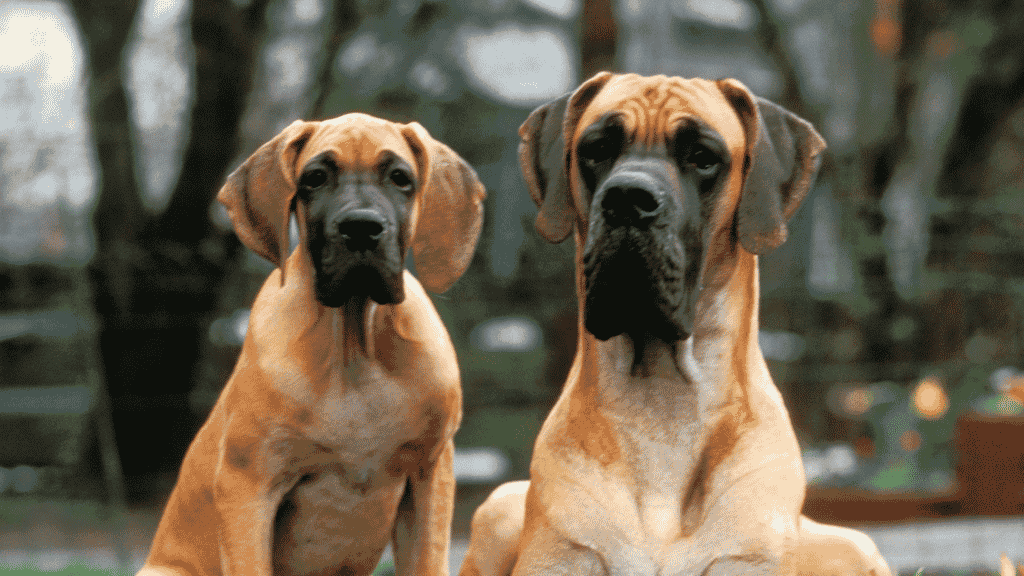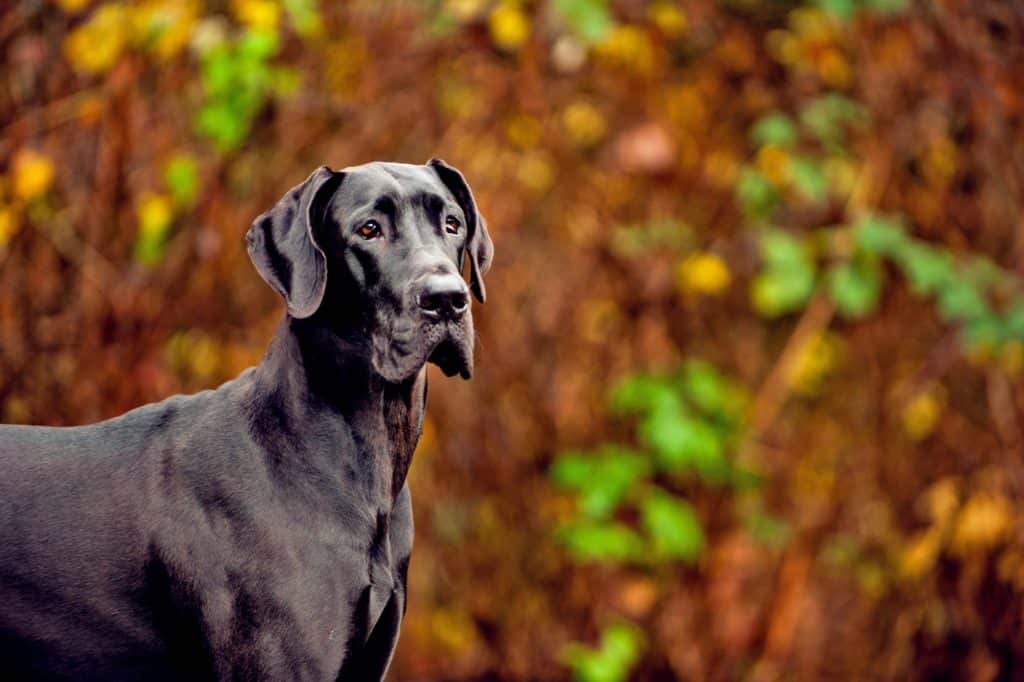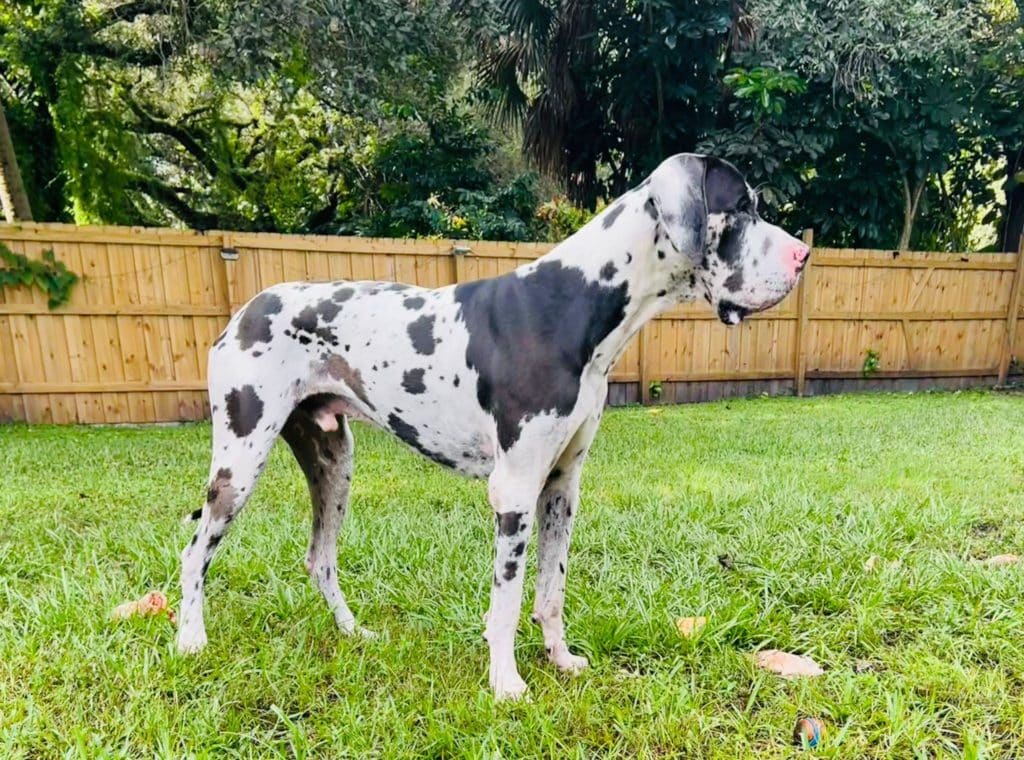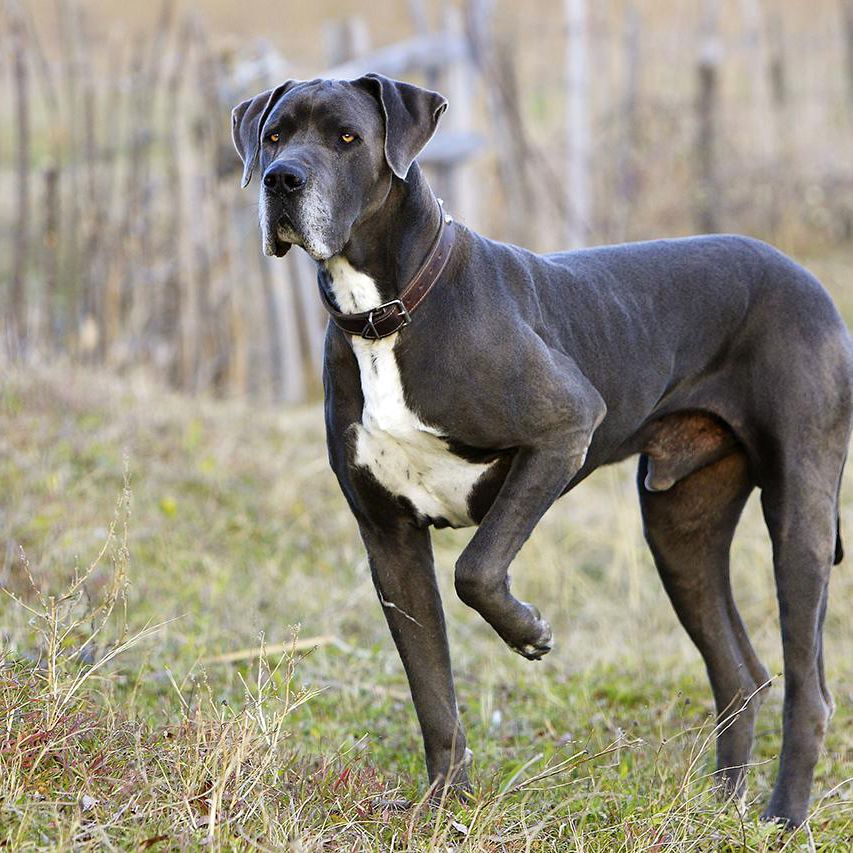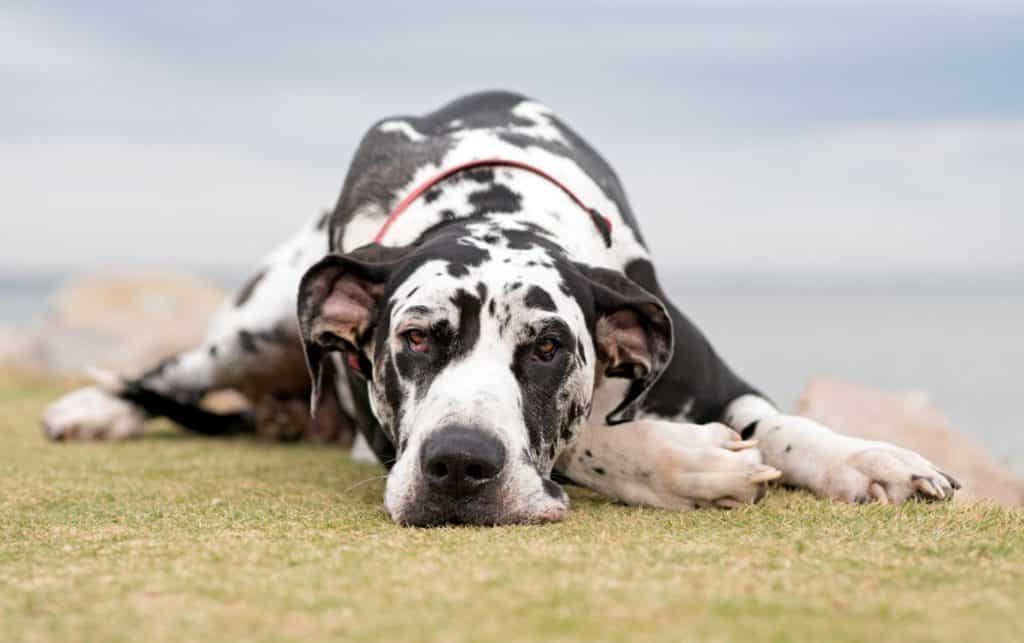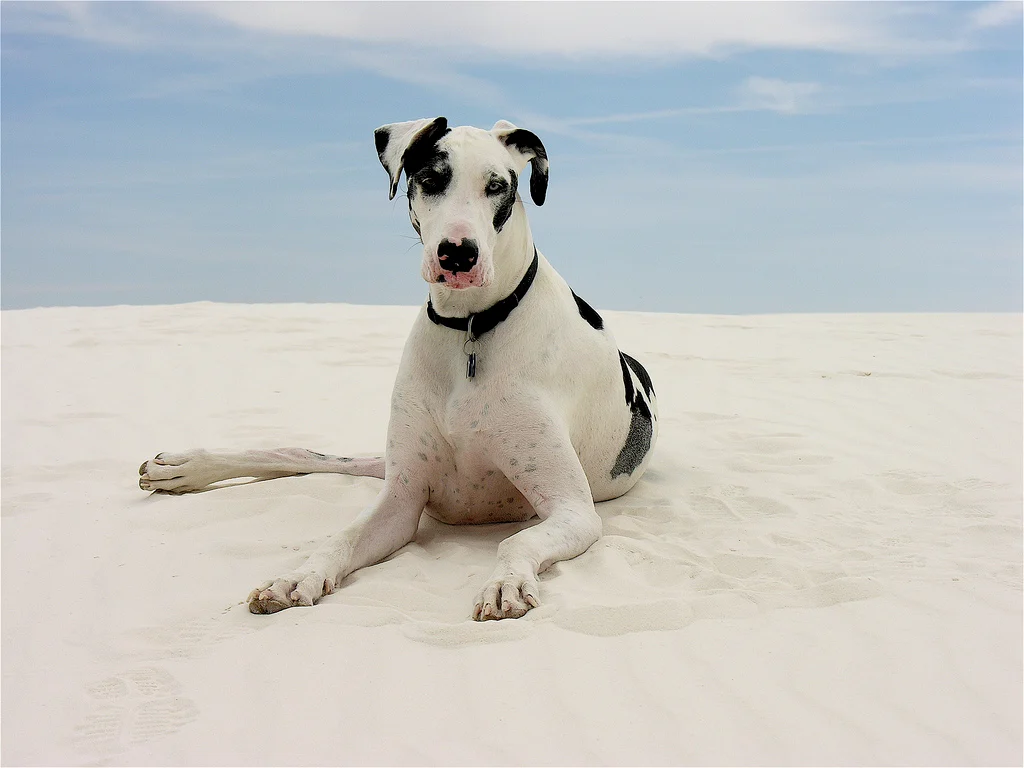Do you live with someone in particular who gives some Great Dane farts that can clear a room? Well, so do many Great Dane owners and we’re about to show you!
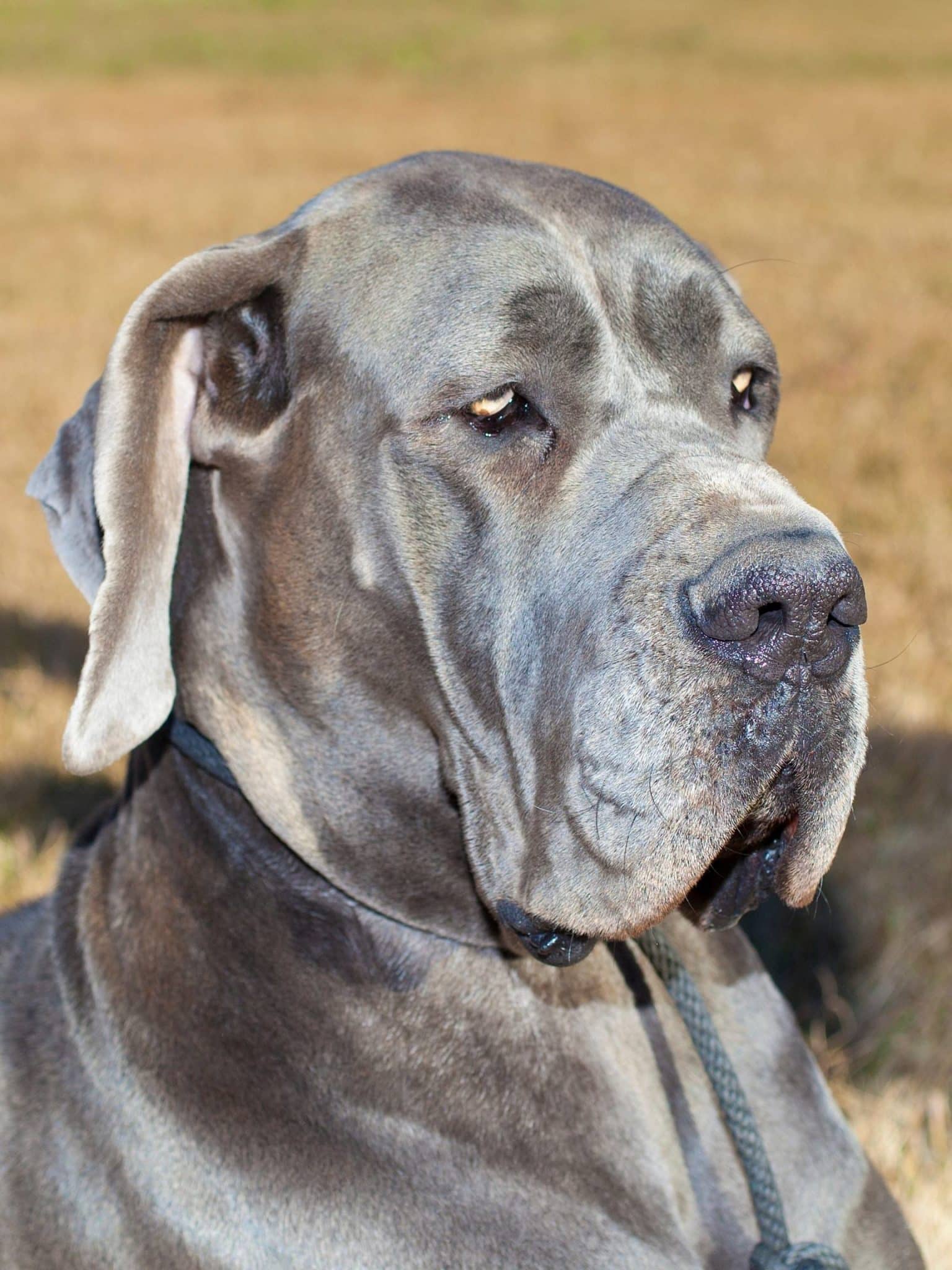


If you’re looking for a good laugh, then you’ve come to the right place! This blog post is all about Great Dane farts – the funniest collection of photos and videos on the internet.
These dogs are absolutely hilarious, and their farts will have you rolling on the floor with laughter.
We’ve gathered some of the best content from around the web, so be sure to check it out! You won’t regret it!
Great Dane Farts: Why Do Large Dog Breeds Fart So Much?
Well, its not just your giant dog that farts. Other dogs fart pretty much all the time too. Farting is just apart of having pets.
Large dogs might seem like they fart more than small dogs, because, well, their farts are just ‘big dog’ sized. Smaller dogs eat less food and probably have less farting.
You chose the giant dog life, it did not choose you. But admit it- your Great Dane is a perfect match for you even if they give your human family members a run for their money in the farting competition.
So, let’s ‘cut the crap’ and check out some good natured but bad smelling, intense farting Great Danes.
Roland the Farting Great Dane: Greek God or Smelly Cow
Check out this stinky guy… I mean gentle soul.
Roland is the self-proclaimed ‘Farting Great Dane’, and he has been from a young age as just a wee little Great Dane.
He shares his daily dose of Great Dane farting content, just for your enjoyment. Could your Great Dane compete with Roland?
I really hope his family has pet insurance on that dog and an insurance policy on the Glade Plug-In while they’re at it.
Well, hey, at least he is an adorable dog. I expect no less of Great Danes and their farts by looking at Roland’s sheer size. You have truly set the standard way too high for Great Danes, bud.
Anyways, moving on! Next dog-
Ellie the Great Dane is Good Natured with a SIGNIFICANT Amount of Gas
Oh Ellie, what an adorable Great Dane you are.
I’m sure you’re commonly referred to as honey, puppy, cutie or angel by your family. But today, we’re calling you ‘Stinky Dog’.
It appears that Ellie’s massive size has made her think that the cardboard box is actually puppy food. That’ll do it to the good old tum-tum. Let’s try some regular puppy food next time, Ellie.
Big dogs, I tell ya. Big, crazy, giant dogs who we fall in love with and then smell, all the time.
Mack: The Great Dane Who Knows How to Make Anyone Irish Exit
Oh Mack, you’re just the type to make a family fall in love with large breeds. A typical sweet dog who represents the Great Dane breed perfectly.
Great Danes are known for being gentle giants, they said.
Until your extremely people-oriented, adult Great Dane wants to snuggle on your lap as close to your face as possible and let out a loud one, Mack said.
Is that Great Dane breed to a T or what?
Nailed it, Mack!
Lauryn Does Not Understand that Willow is a Family Member who Expresses her Love by Farting
Willow is just an adorable Great Dane puppy who’s eager to see new sights, work hard in training, and get all the pets she can… oh, and did I mention fart in her sister Lauryns bed?
Dogs DO express love in form of fart. Willow told us so.
It’s just that Willow is a dog, and Lauryn has no idea what the heck this little gentle giant is trying to say.
Lauryn, honey, you’re in a Great Dane family. You have a Great Dane puppy. You can’t teach obedience training for farts- dogs really do not understand that.
Check back in about 20 years to see Lauryn as a Scooby Doo collector with a few of her own Great Danes- I’ll put money on it!
Sorry Lauryn, once a Great Dane lover- always a Great Dane lover.
Not really a breed that has an ‘opt out’ button!
Dog Farts so Loud He Scares Himself
To be fair, farting is actually pretty healthy for dogs. Especially Great Danes. But this dude takes it to the next level of dog farting.
Pupper dog says ‘nope not today’ to the life threatening condition called bloat.
‘I’ll prevent bloat myself, one good farting sit at a time.”
Nice battle against natural health issues buddy- get rid of that gas and be the grand danois you were meant to be!
Did you know that dogs with deep chests like Great Danes are prone to a condition called bloat and torsion? Bloat happens when a dogs stomach fills up with air.
Then, torsion happens, which is when the dogs stomach twists, often cutting off important supply to the dogs organs. When a dog farts, it releases air from its stomach, ultimately being a healthy sign of a normal stomach. If you’re looking for more information about dogs and bloat- check it out here:
Marbles is a Large Breed with a Larger Fart… I mean Heart
Marbles was originally bred to hunt wild boars, obviously.
“I am a wild boar hunter, and I’ll act like it in my farts”, says Marbles.
Not all gentle giants can be called boar hounds or have the farting breed characteristics of this Great Dane.
Go hunt wild boar, Marbles. Be the dog you were meant to be. And maybe tell your dad to switch up the food.
Did you know that larger breeds of dogs are more prone to health problems that might lead them to having early arthritis or hip dysplasia? Generally speaking, you should be very careful with your dog’s joints if you own a Great Dane as the breed as a whole can be prone to joint disease.
We’ve got you covered with any information you may need about bone cancer, hip dysplasia, arthritis, pet insurance, pre existing conditions and more. Just click here:
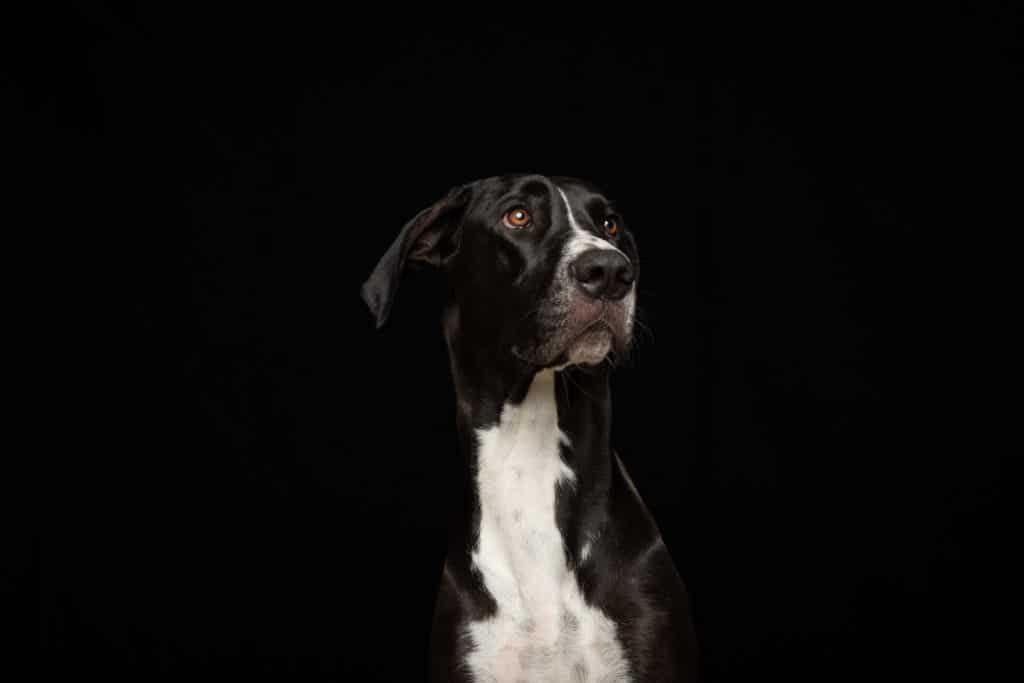
Arthritis in Great Danes? Read here.
Nobody Told Moose That Farting is Normal for Dogs
Moose, many owners usually have the ‘farting’ talk with their dogs around the age of 12 weeks as just a wee little Great Dane puppy.
We are sorry that your family did not yet speak to you to inform you that you do not need to be afraid of your own farts.
The Toot Toot Dog Machine Named Cash
Cash is a Great Dane in a Kansas City dog shelter who obviously is ready for a lap to fart on.
It’s just that not all giant breeds can be as absolutely perfect as you are, Cash.
Even your toots are pawsitively perfect- you’re making other Great Danes look bad!
Common, ya’ll, let’s find this dog a home he can fart comfortably in. Nobody likes to fart in public.
Can you imagine how many owners would be ecstatic to call this farting, cuddling, squish-able Great Dane their own?
Is Enzo a Dog, Great Dane, or Human?
This Great Dane named Enzo is half human. He even has a hat to prove it.
But what we do know is that he farts like a Great Dane. With that type of fart, the breed cannot be mistaken.
Enzo, you may be trying to get past us- but we can see right through the scheme. We know you’re a mean, fartin’ Great Dane machine.
Warning: the food you feed your dog is likely contributing to the levels of gas that they have.
If you notice your dog farting excessively, burping more than a few times a day, licking their lips, or acting like they have ‘acid reflux’, you should reexamine their gut health. We have some foods that we love for the Great Dane breed we will share below:
Great Dane is Scared of Dog Owners Fart
Well, this is embarrassing.
My owner is broken.
I’m looking for a new home.
I’m hoping my new home has friendly dogs, will take me for a long walk once a day, give me really good food, oh and puppies! I love puppies- please take me to a new home with a few puppies, or at least one puppy. Did I mention I am a Great Dane and VERY nice to other pets?
Whatever you do, please get me out of here- I’m currently a dog being held hostage with an owner who is letting extremely scary farts.
The Fun Stuff- The Truth About Great Danes and Farts
Now that we’ve gotten through some hilarious dogs and their farts, lets discuss a few important things that Great Dane owners should know about their dogs and farts.
The Food You Feed Will Impact Great Danes Digestion
First and foremost, the food you feed your dog plays a vital role in the level of gas that they pass. If you are feeding your Great Dane low quality food, chances are they will have more stomach issues and subsequently- more farts.

Medication Can Cause the Breed to Have Gas
Additionally, if your Great Dane is taking any type of medication or supplement, this could also be causing them to fart more than usual. If you are concerned about the amount your dog is farting, we recommend discussing this with your veterinarian.
How to Stop Great Danes from Farting
There are a few things you can do at home to help reduce the level of gas your Great Dane produces:
- Add probiotics and supplements to their diet- probiotics are live bacteria and yeasts that are good for your dog’s digestion. The ‘Runs Be Done’ supplement by Dr. Harveys is a great tool to keep in the toolbox for Great Danes with belly aches. Linked here for 10% off:
- Feed them smaller meals more often throughout the day instead of one large meal. Reducing the size of meal for Great Danes helps with the amount of air they swallow while eating.
- Exercise them regularly- this will help with their overall digestion as well as getting your Great Dane out for a walk or run will help them expel any gas build up.
- Limit their intake of high fat foods- giving your dog or puppy table scraps like bacon, sausage, or fatty meats can lead to an upset stomach and more flatulence.
- Add some raw food into their diet. A raw diet for dogs is full of enzymes that aid in their digestion. Here are a few of our favorite raw toppers:

Great Dane Puppies and Constant Farting
Great Danes do fart quite often, as shown above. Your puppy is likely adjusting to a new food, working on building up a puppy immune system or teething. All of these things can cause an increase in gassiness for your Great Dane puppy.
If you notice your puppy has extra farts, try to look in their mouth to see if they lost a tooth. You might find it interesting that when your puppy loses a tooth, it generally farts more that day. The reason for this is most of the time when a puppy loses a tooth, it swallows it.
Since teeth are made of so much calcium, swallowing a puppy tooth can give them more gas. It is totally normal for puppy Great Danes to swallow their baby teeth- so don’t panic!
E Collar Training Guide
Are you interested in training your Great Dane puppy? We offer an e collar course for large breed dogs (and any other dog breed) which can help you take your Great Dane from unreliable to manageable.
We fully understand that the Great Dane breed can be a challenge and we support the use of ethical e collar training.

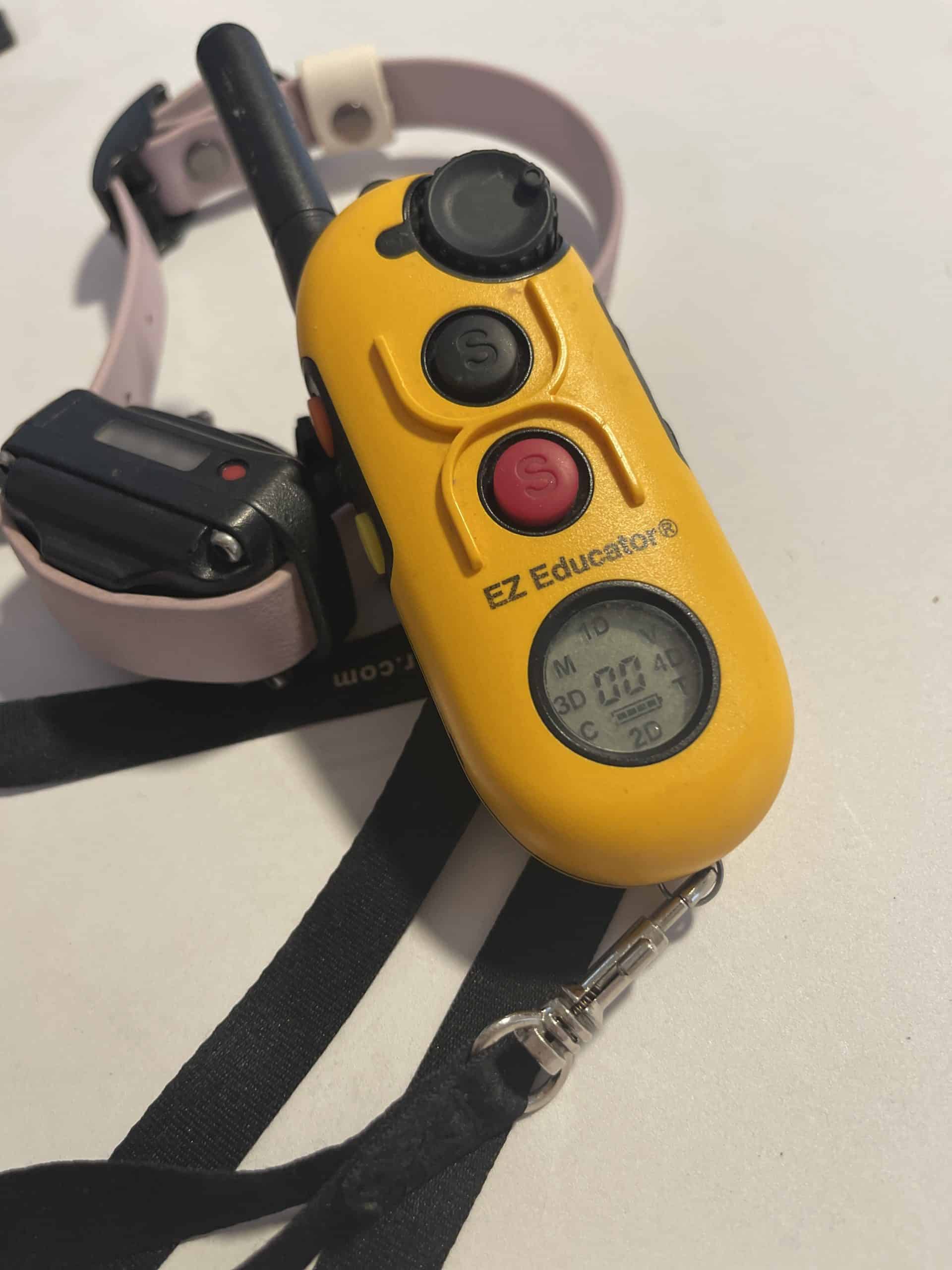
In Conclusion
We hope you enjoyed this lighthearted blog post about Great Danes, the breed, and their farts. Be sure to share with other dog lovers so they can get a good laugh too! And remember, the next time your Great Dane lets one rip- it’s just a sign that this breed was made just for you!
Do you have a funny story or video of your own dog farting? We would love to see the breed with all the farts possible. Join our Facebook page to let your Great Dane shine.

JOIN OUR COMMUNITY
Do you like modern positive+balanced off-leash dog training, science-based information, life with Danes, educated ownership and chatting with other like-minded people?
Join our growing Facebook group!
